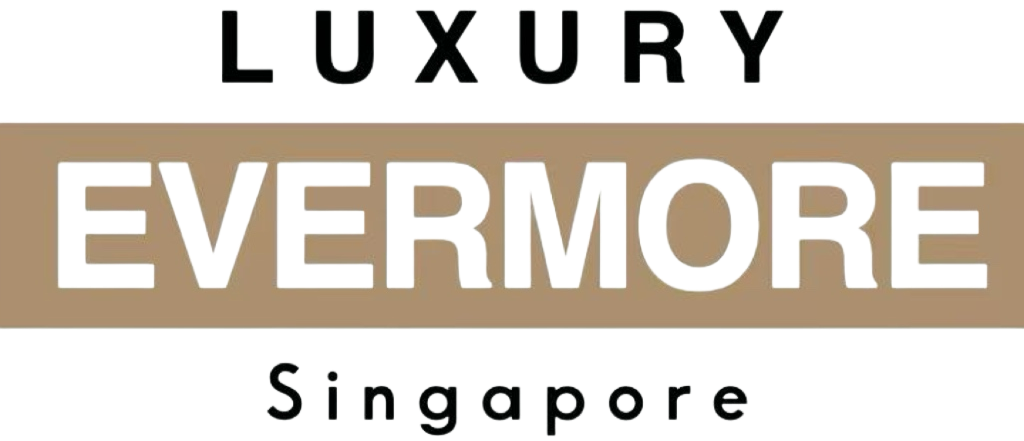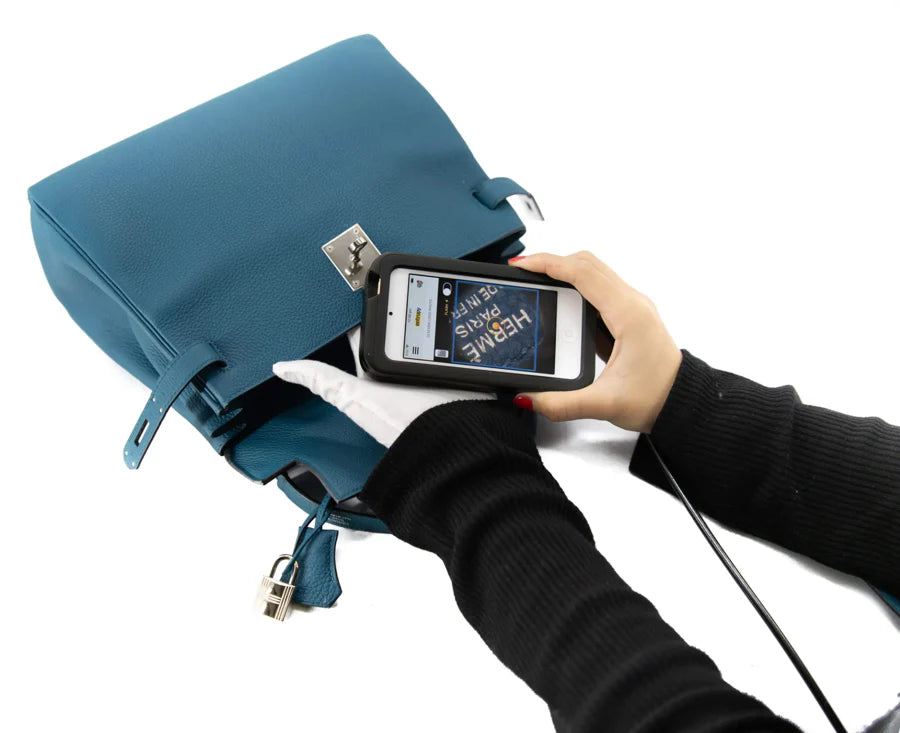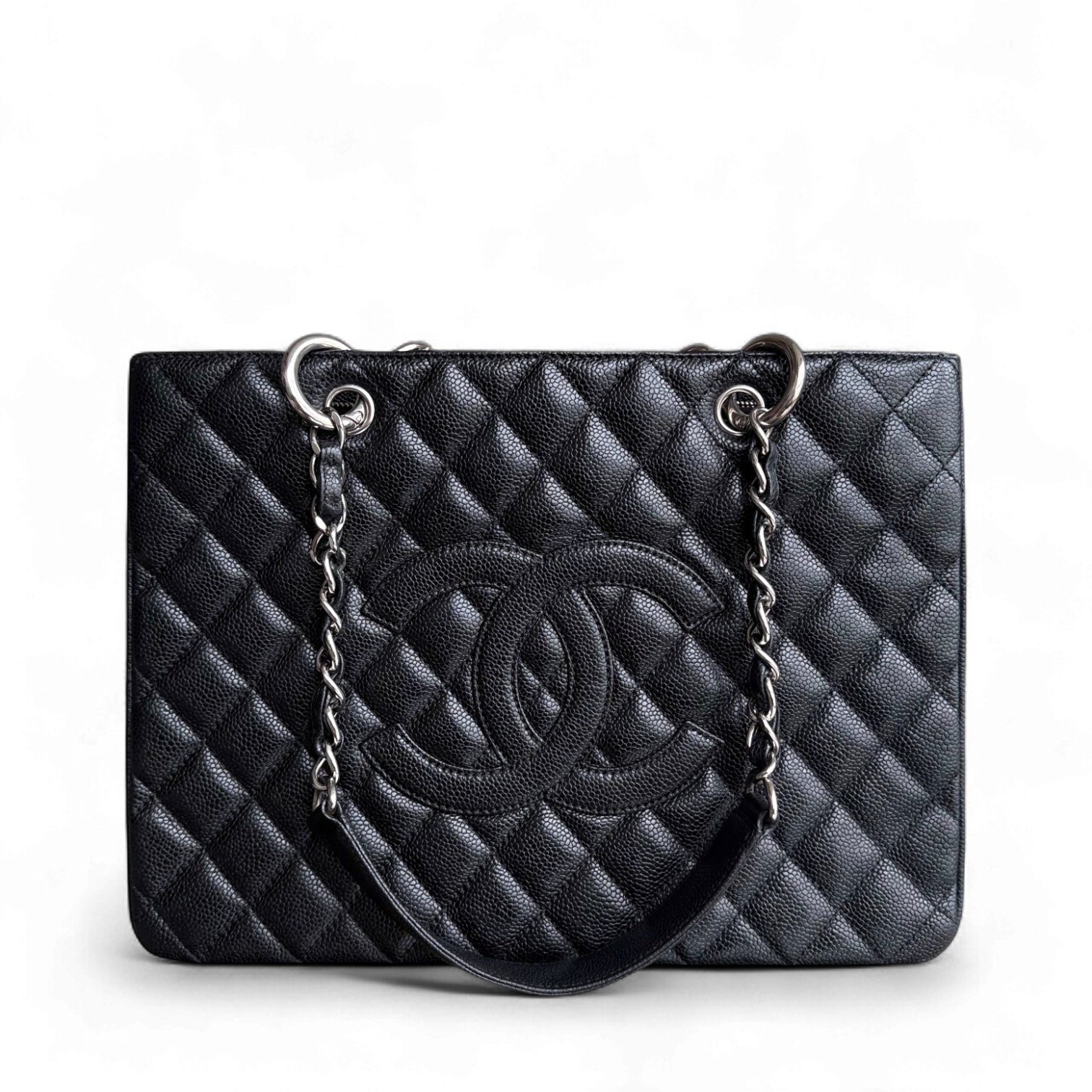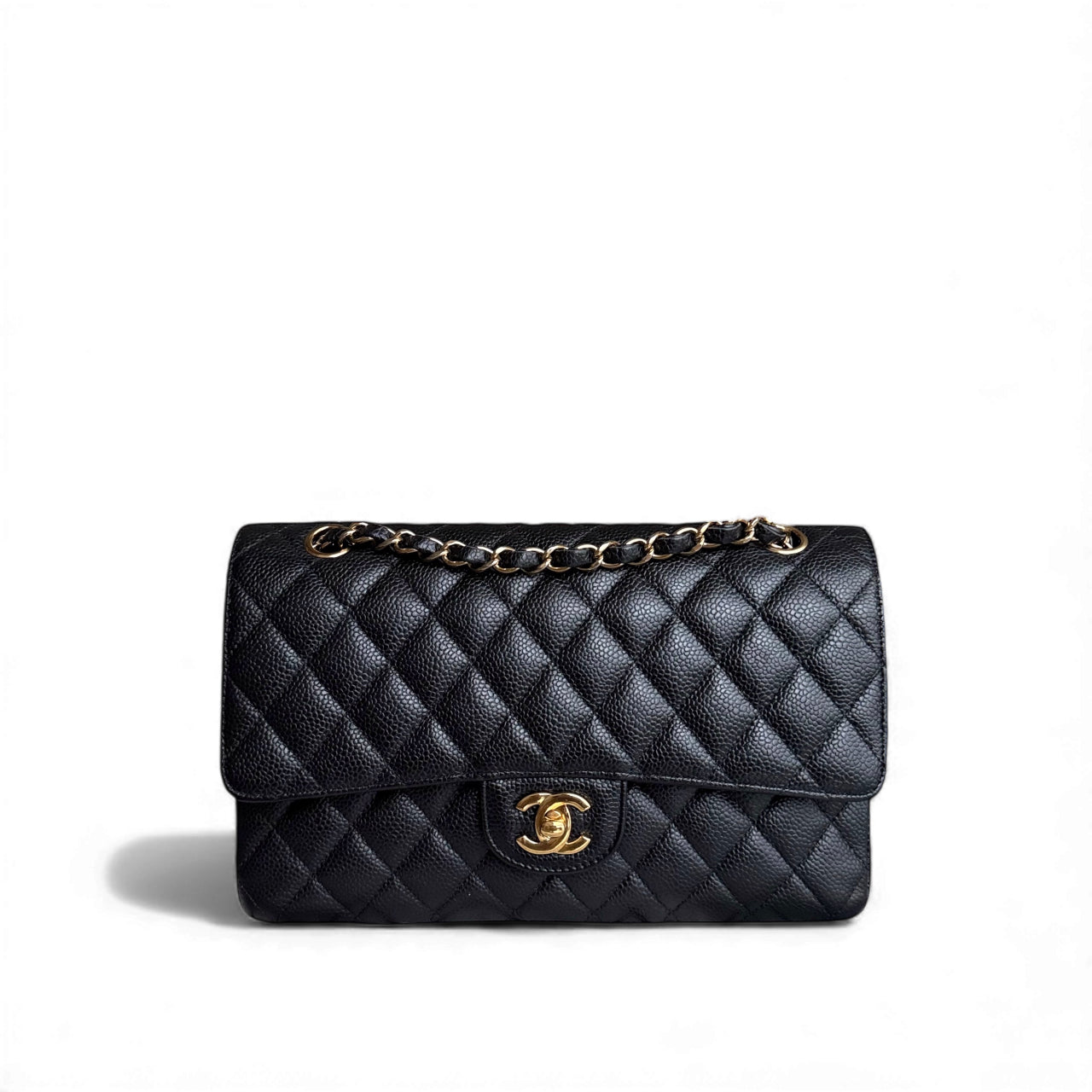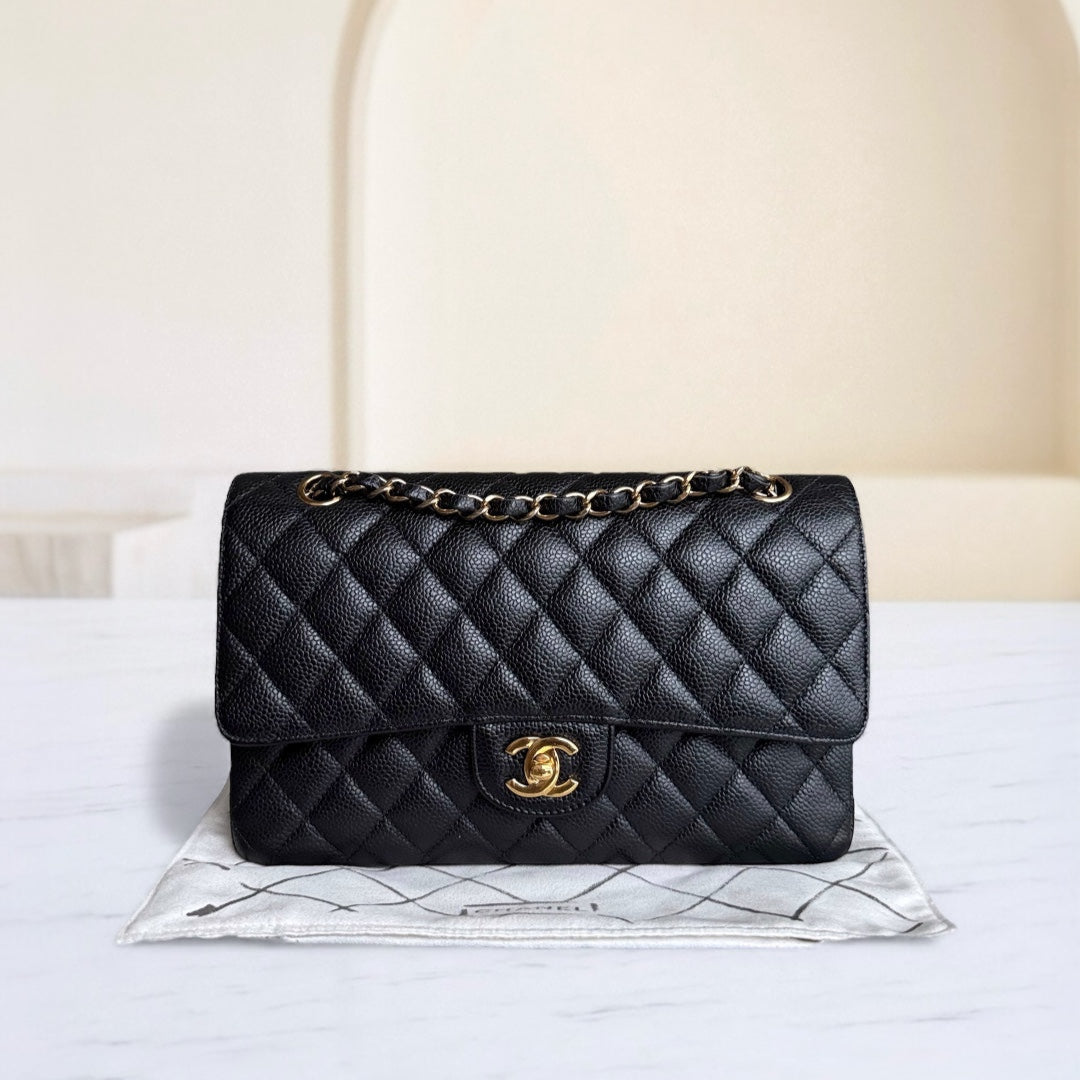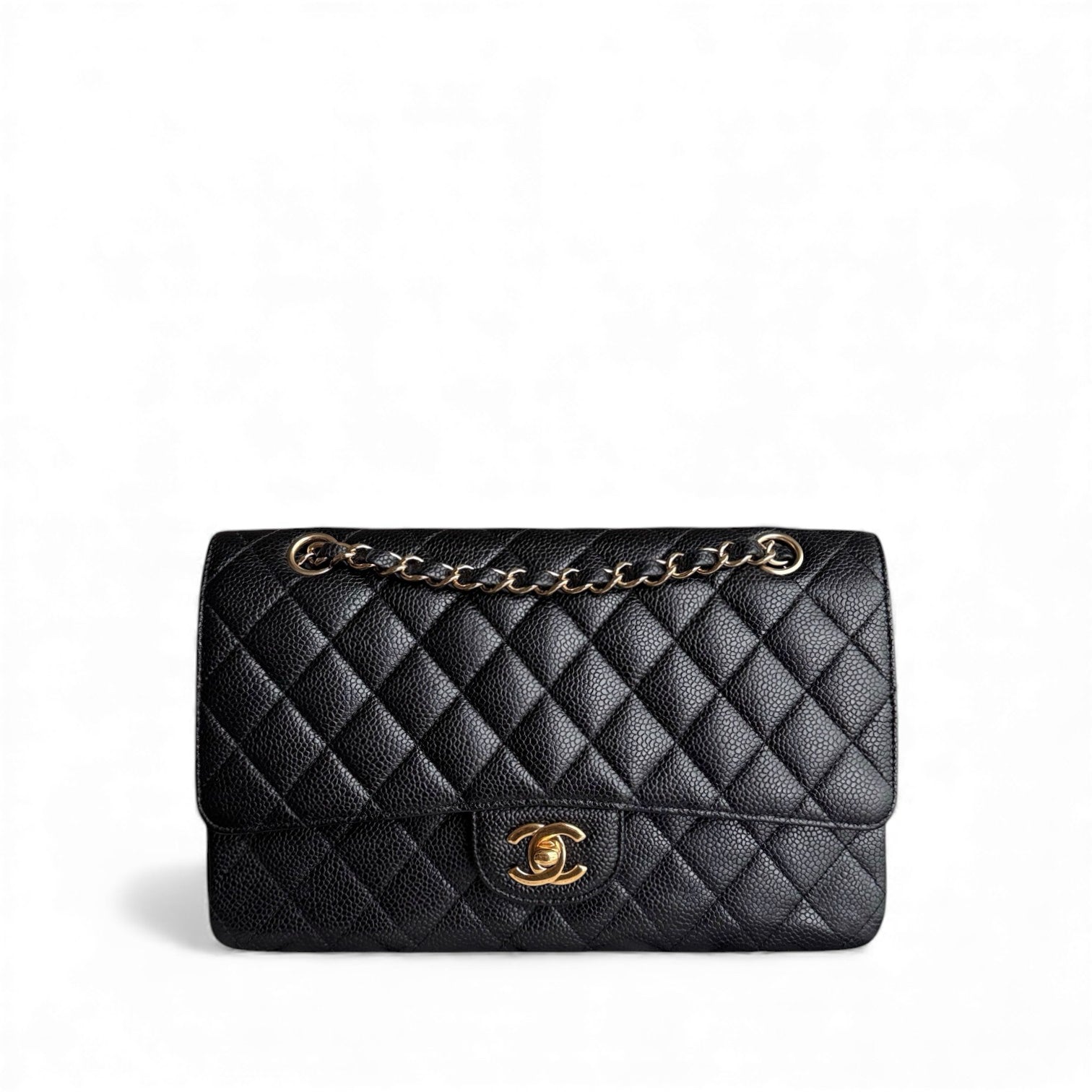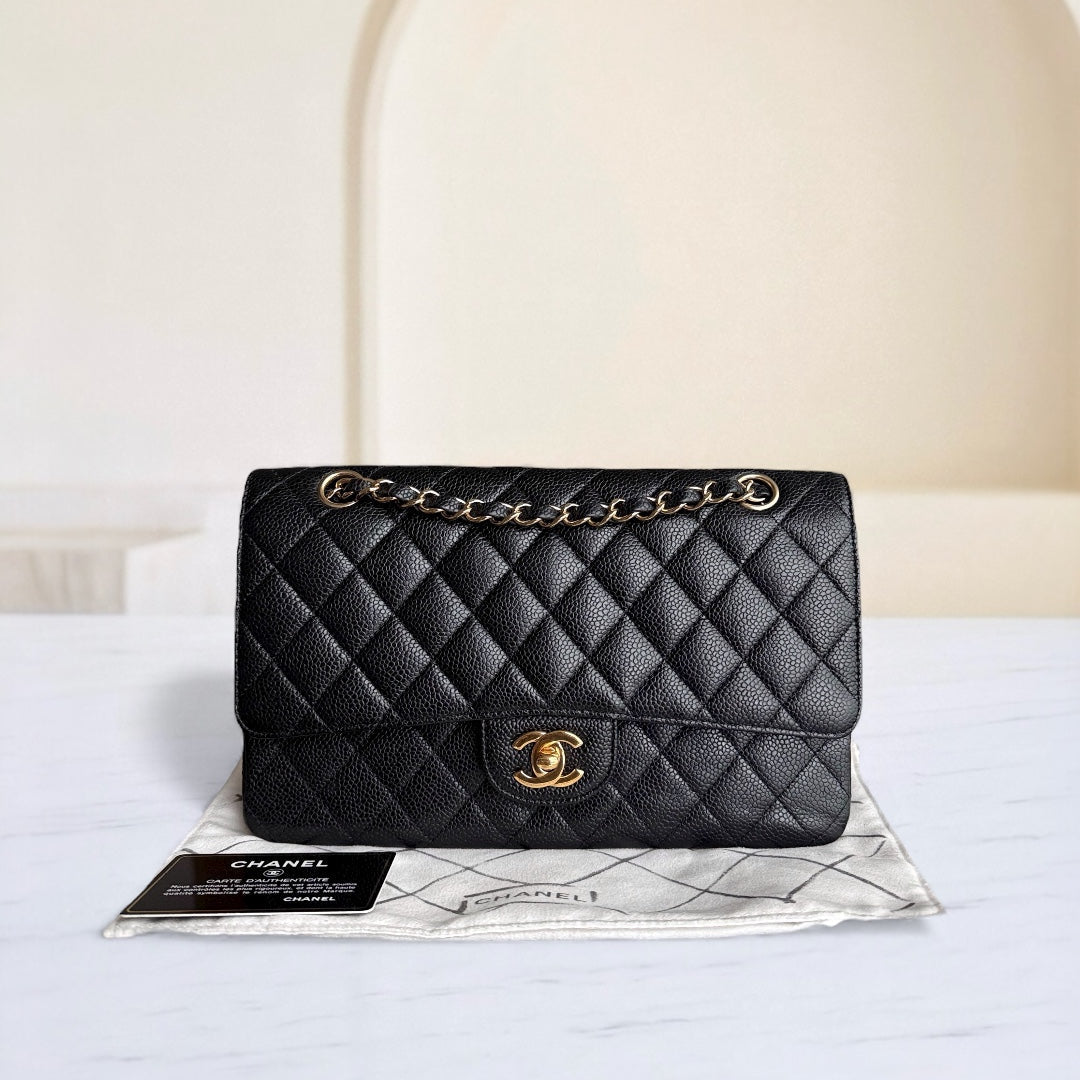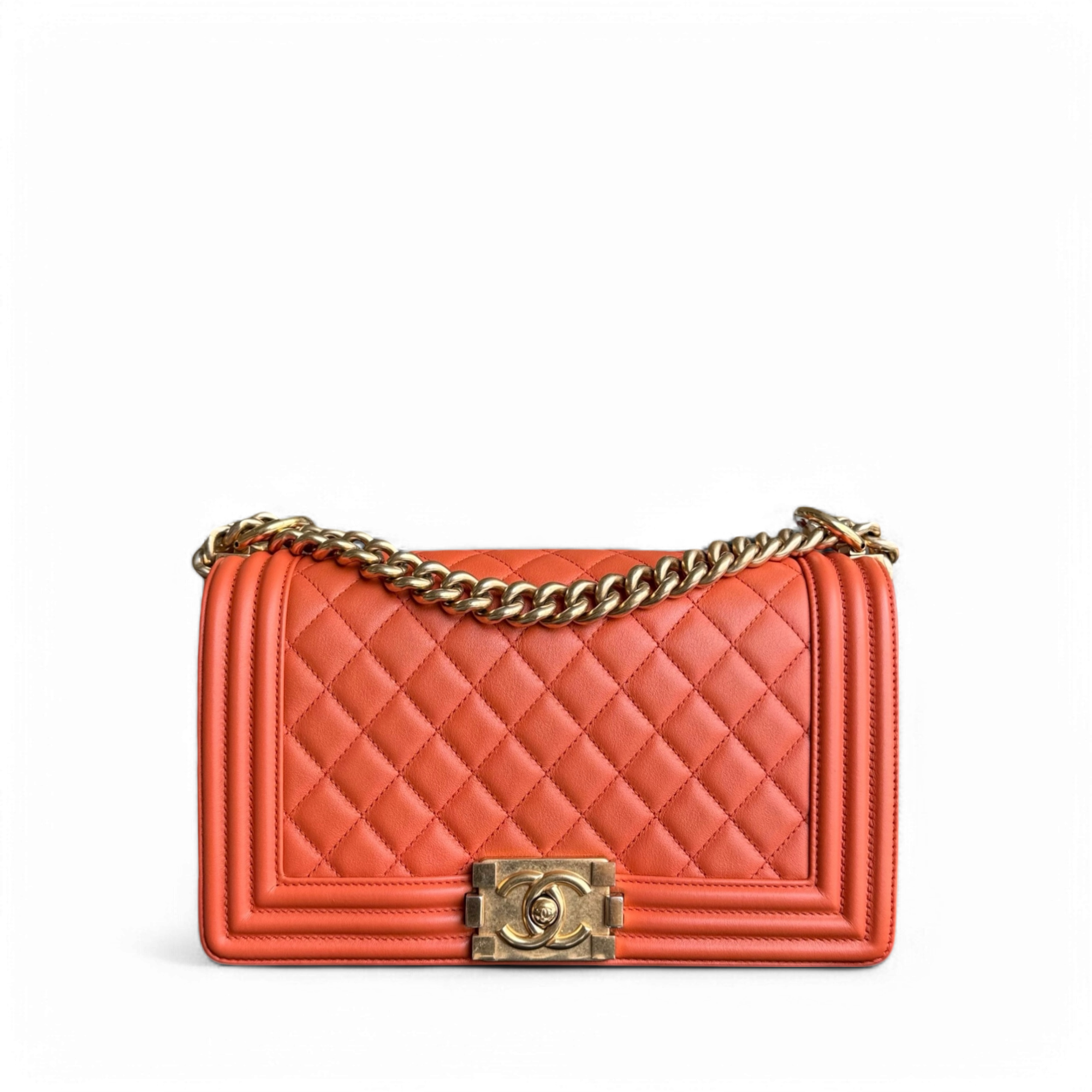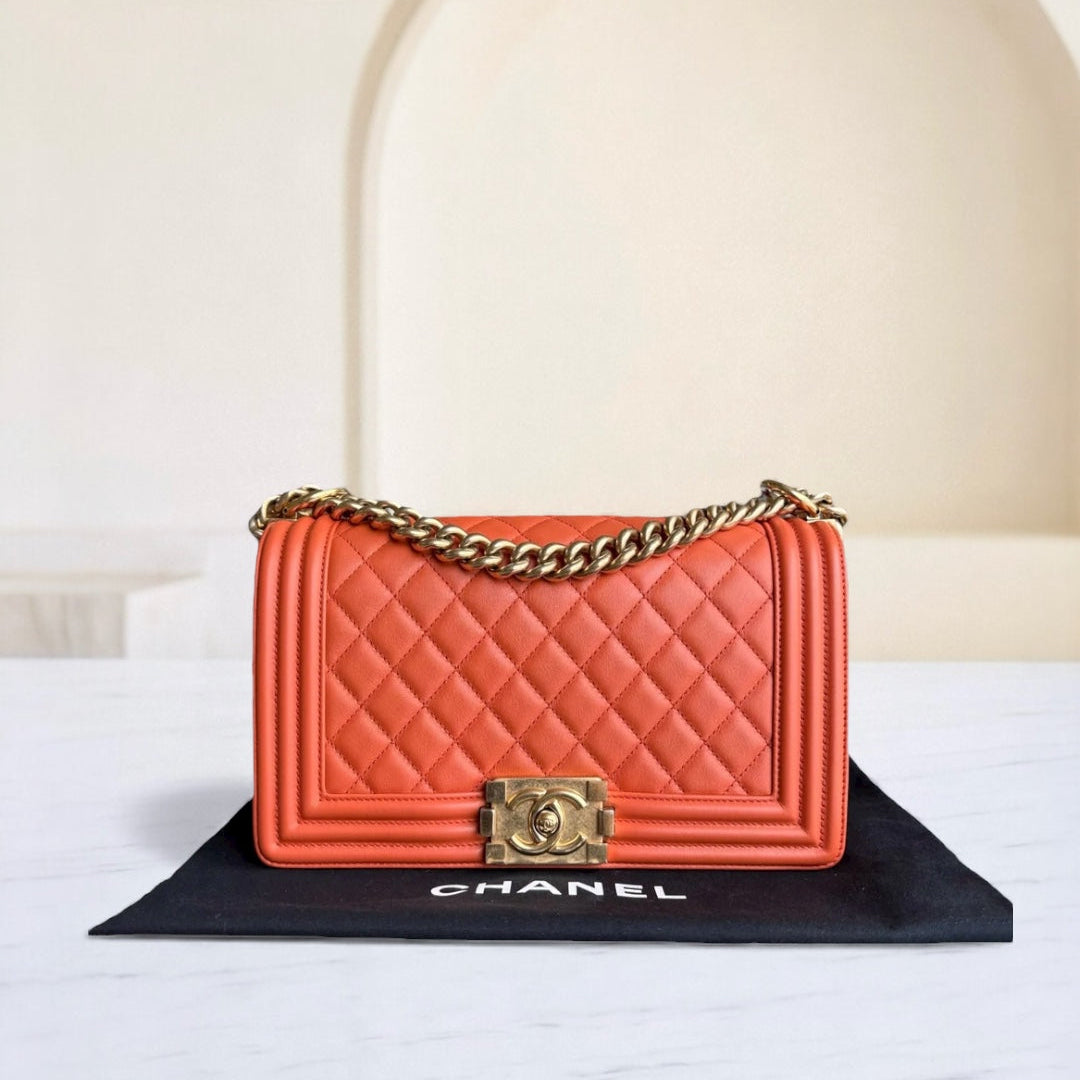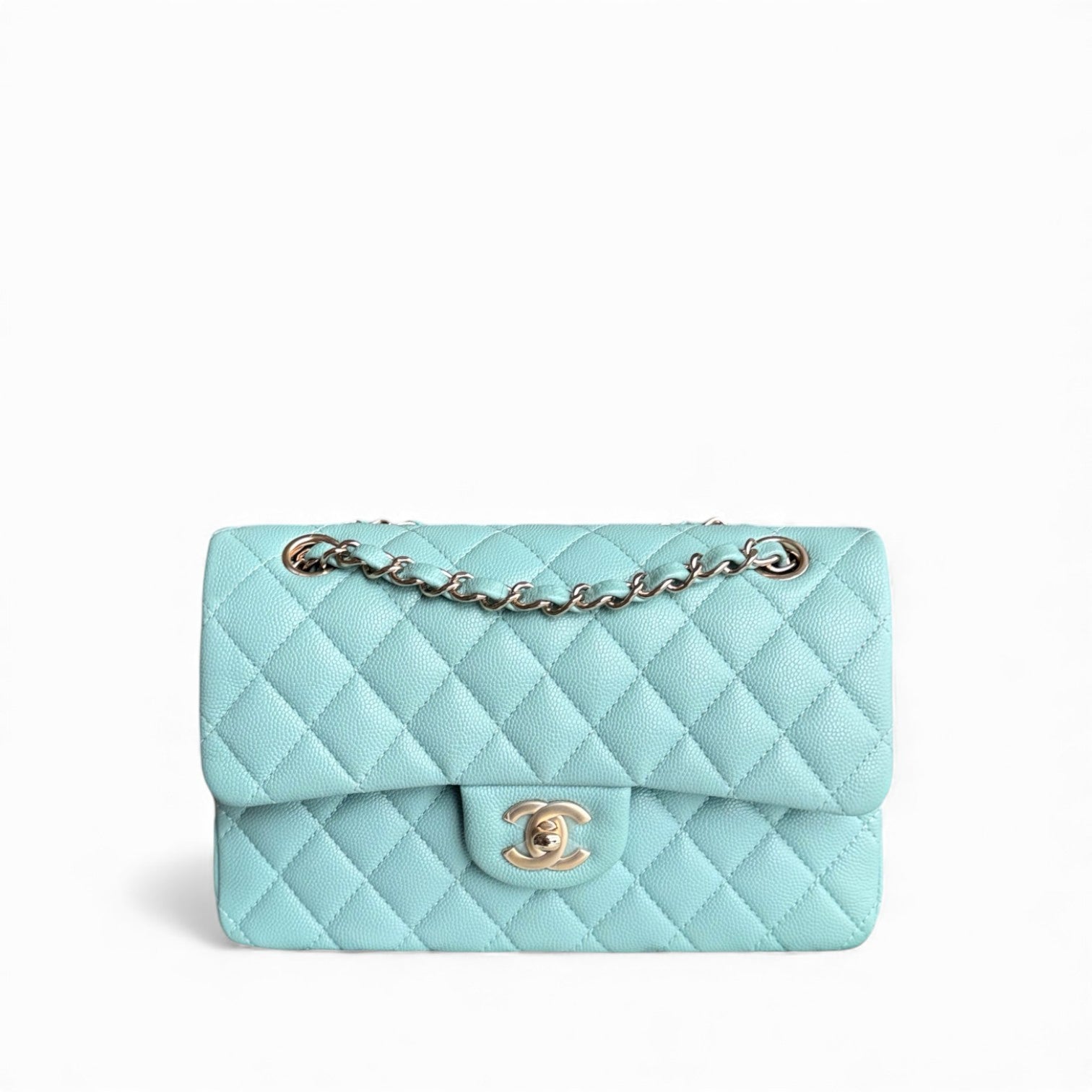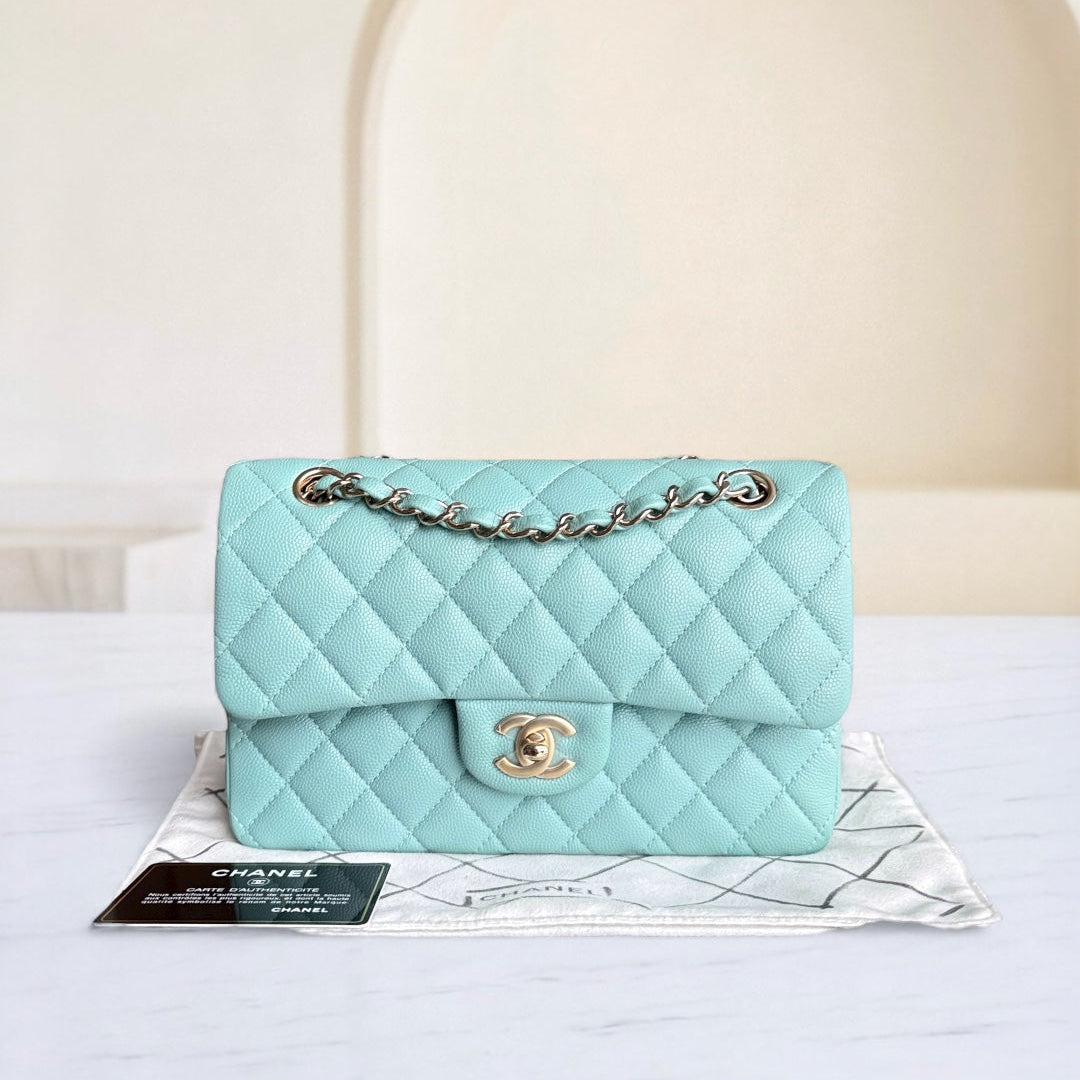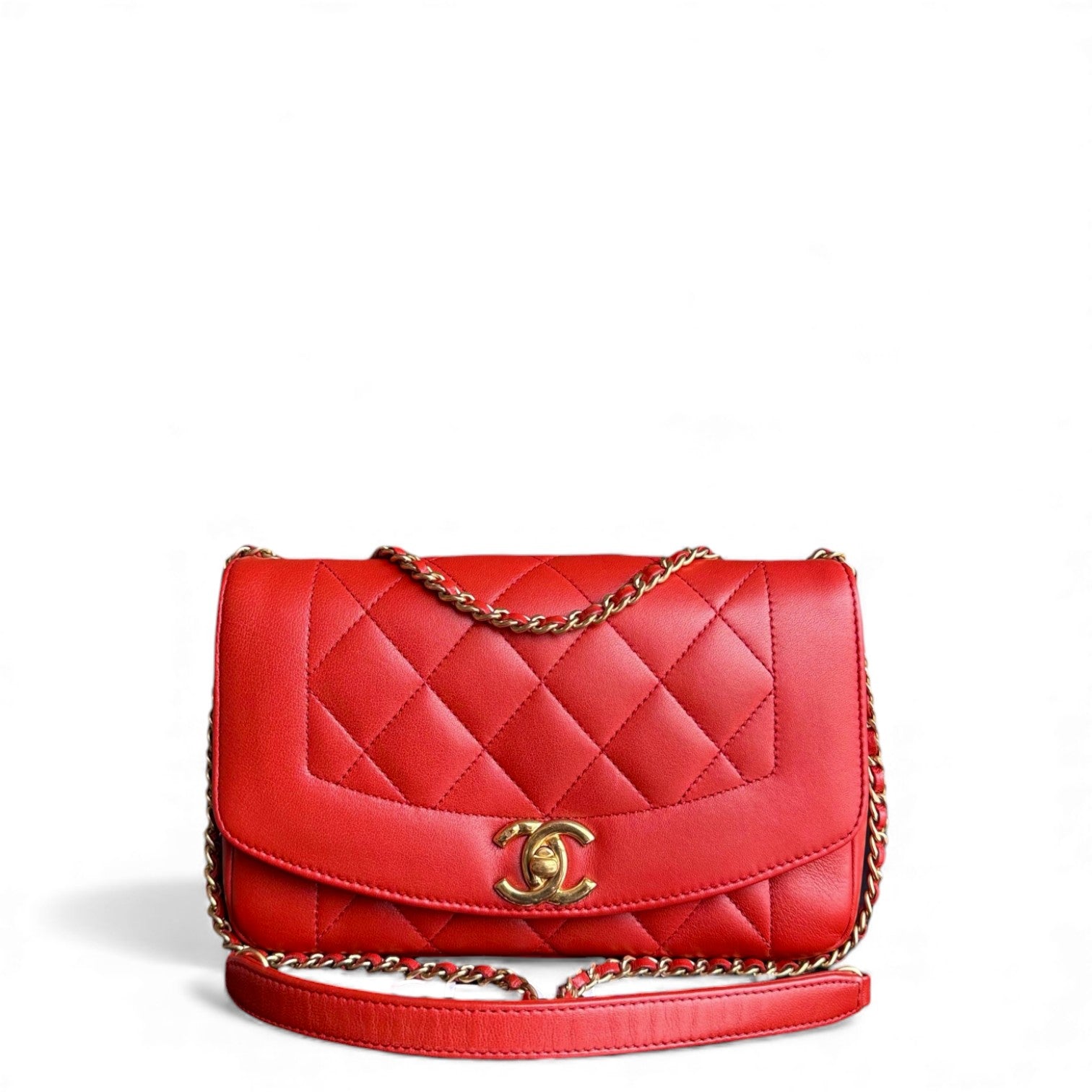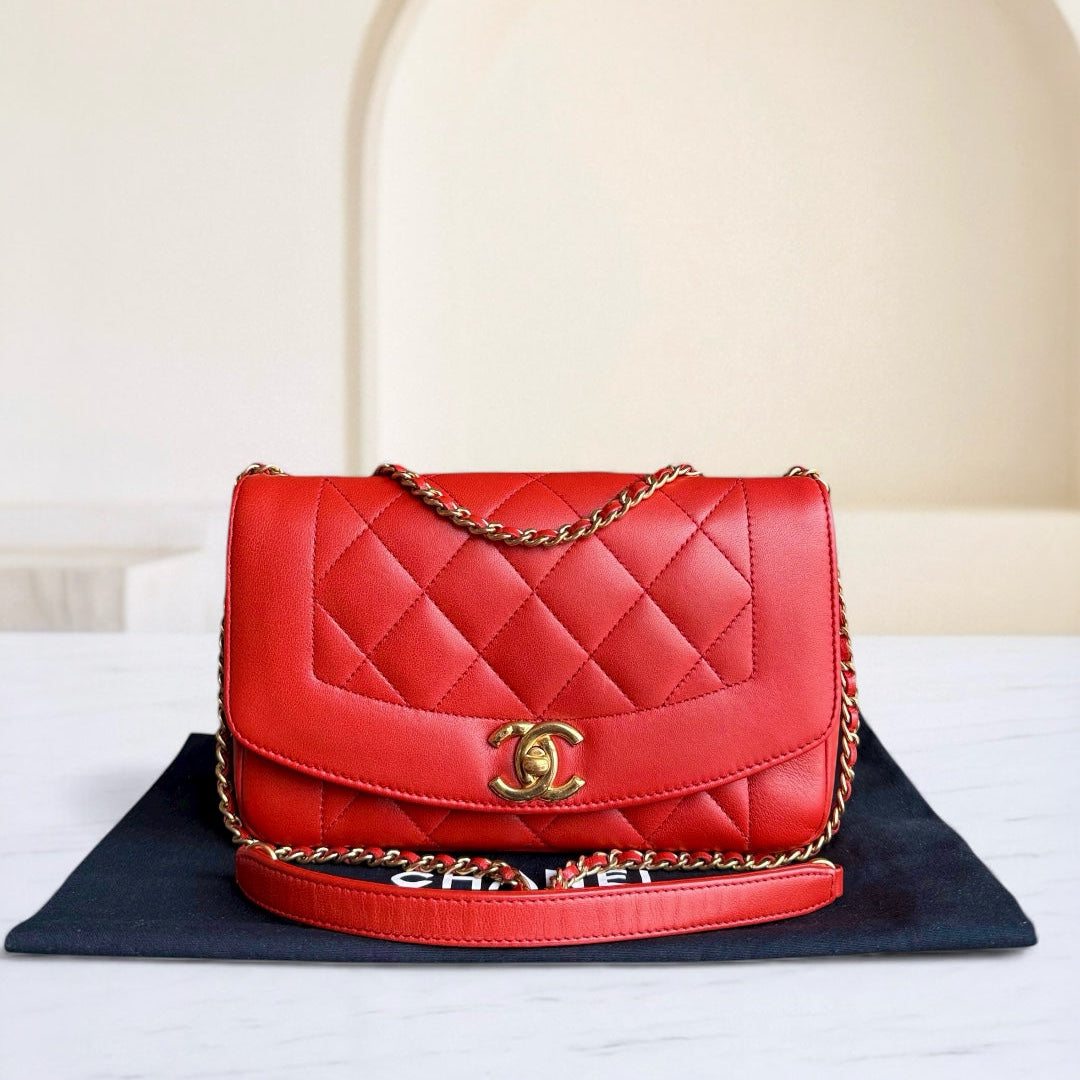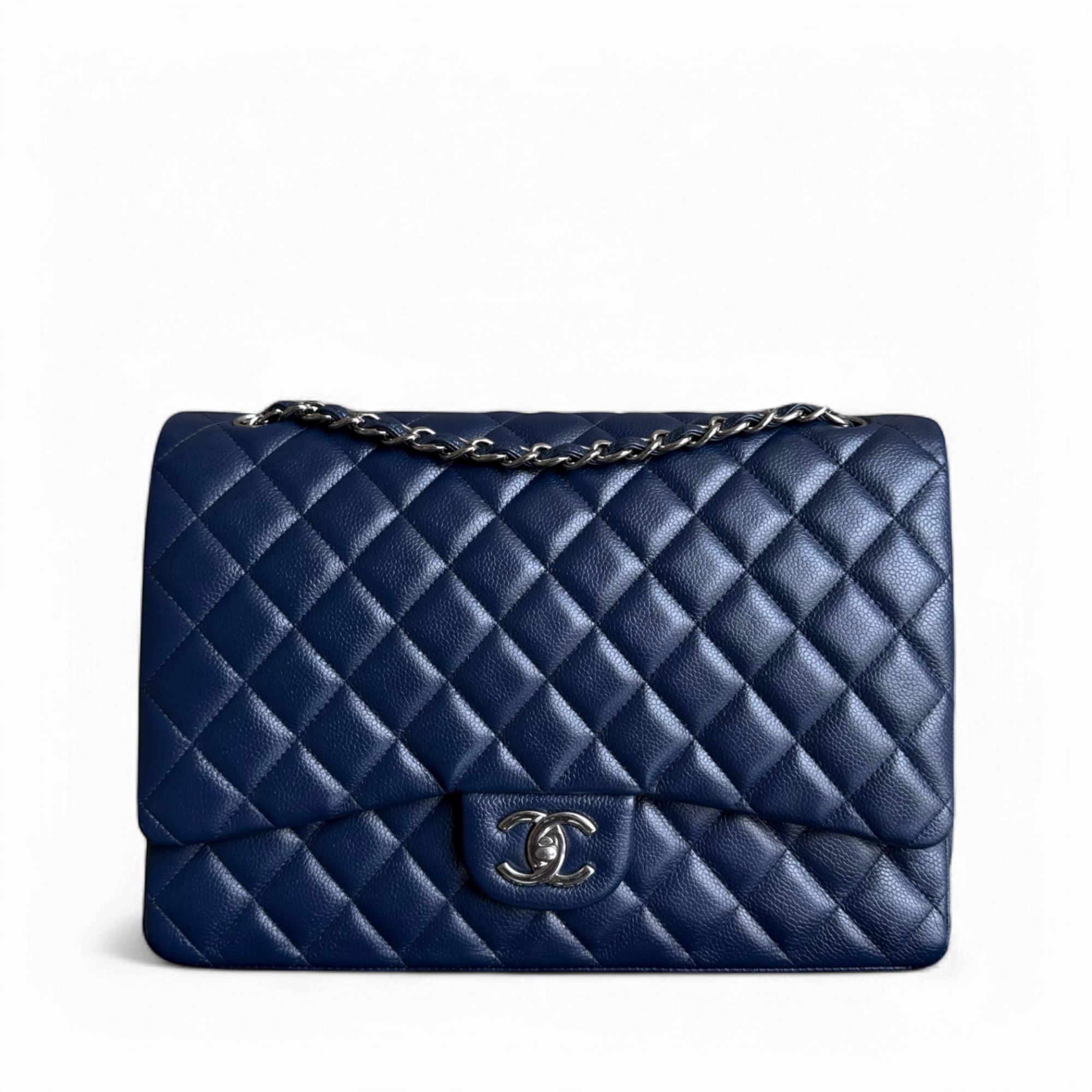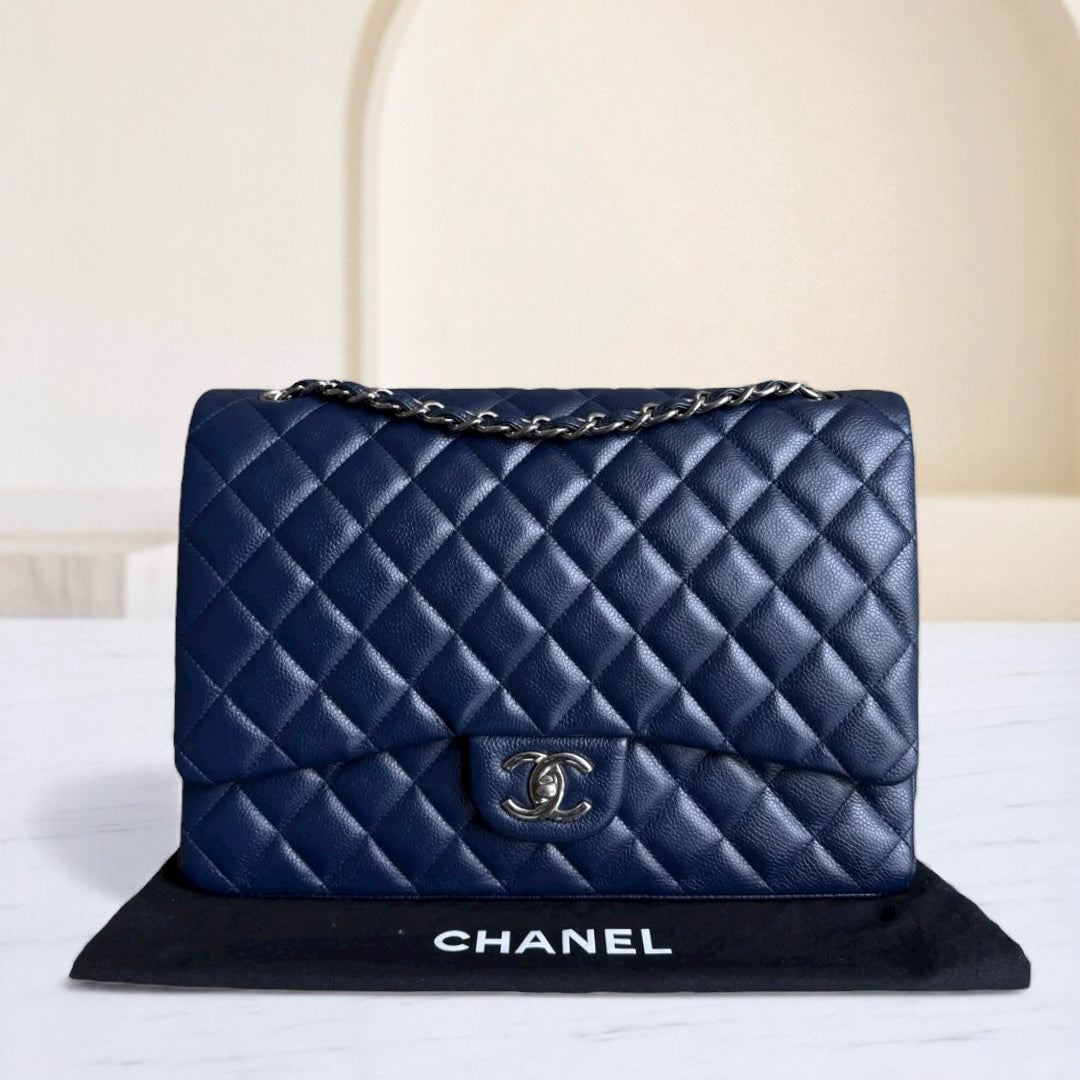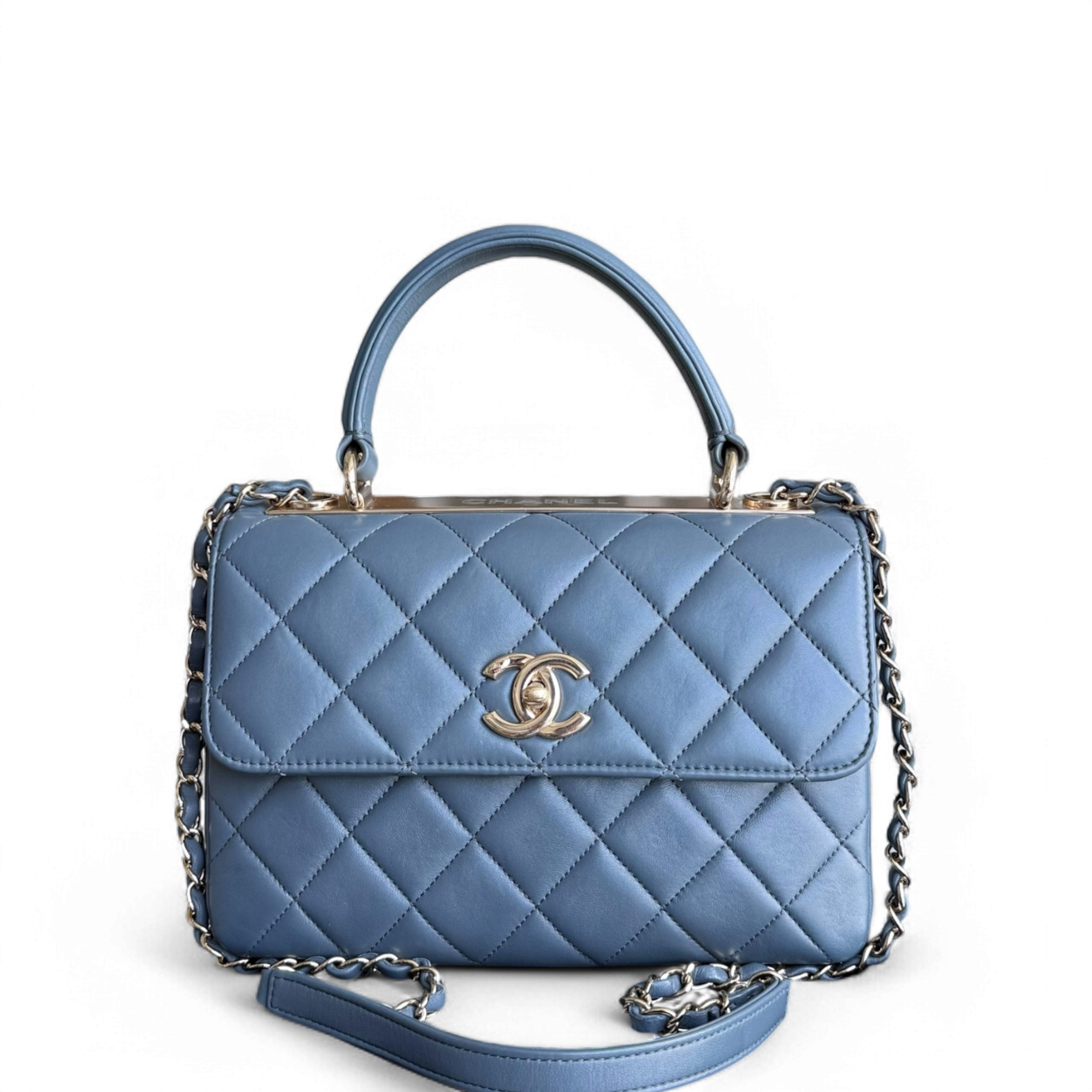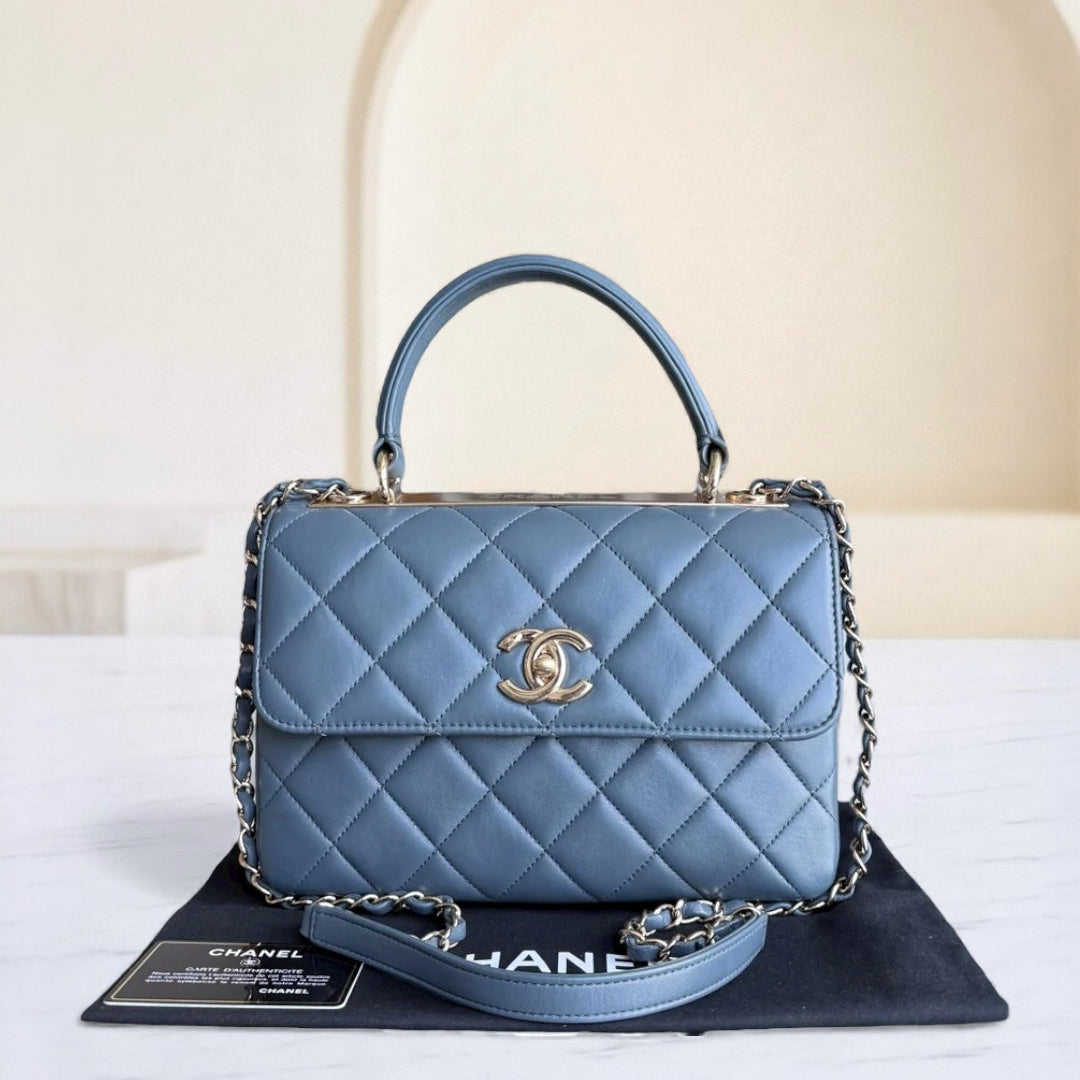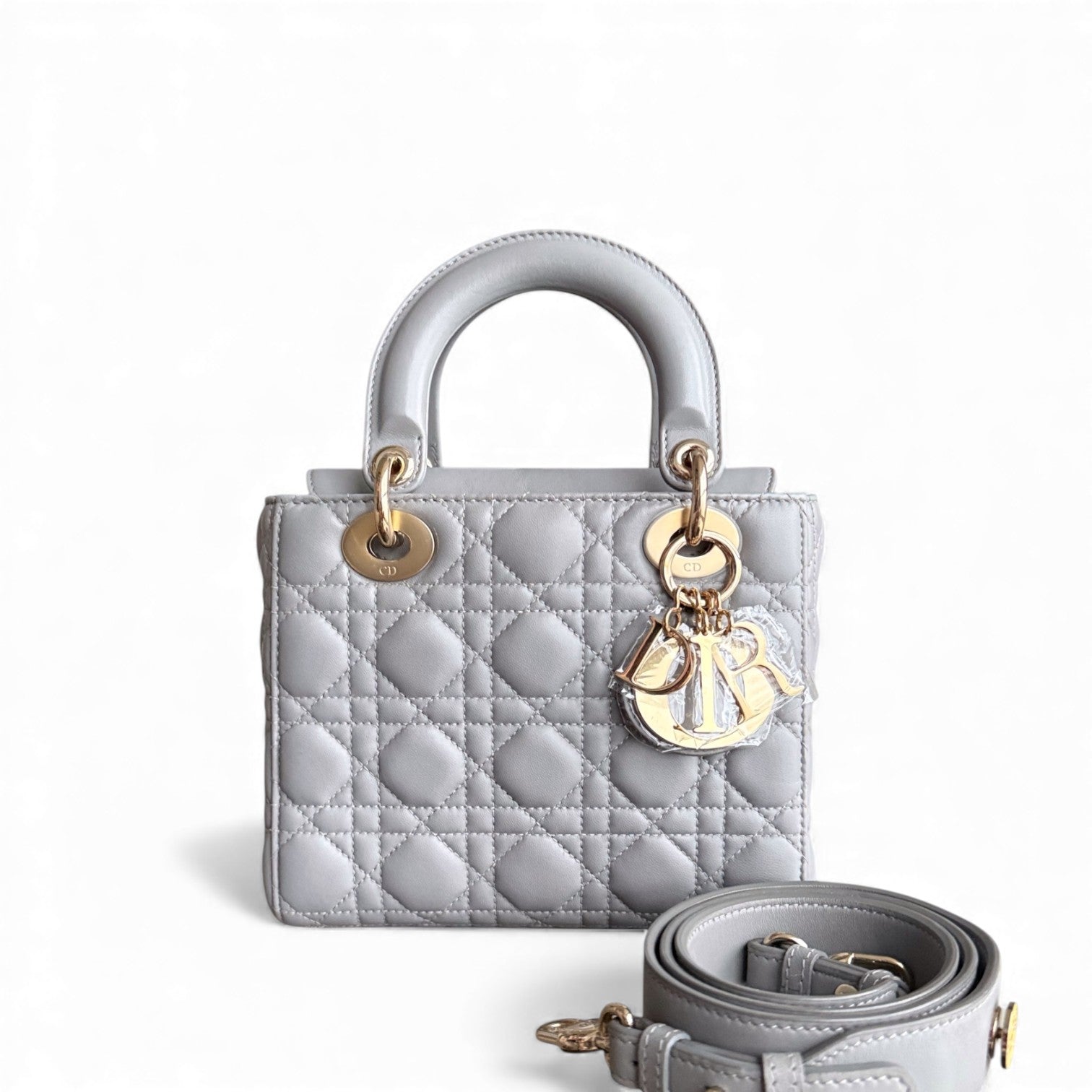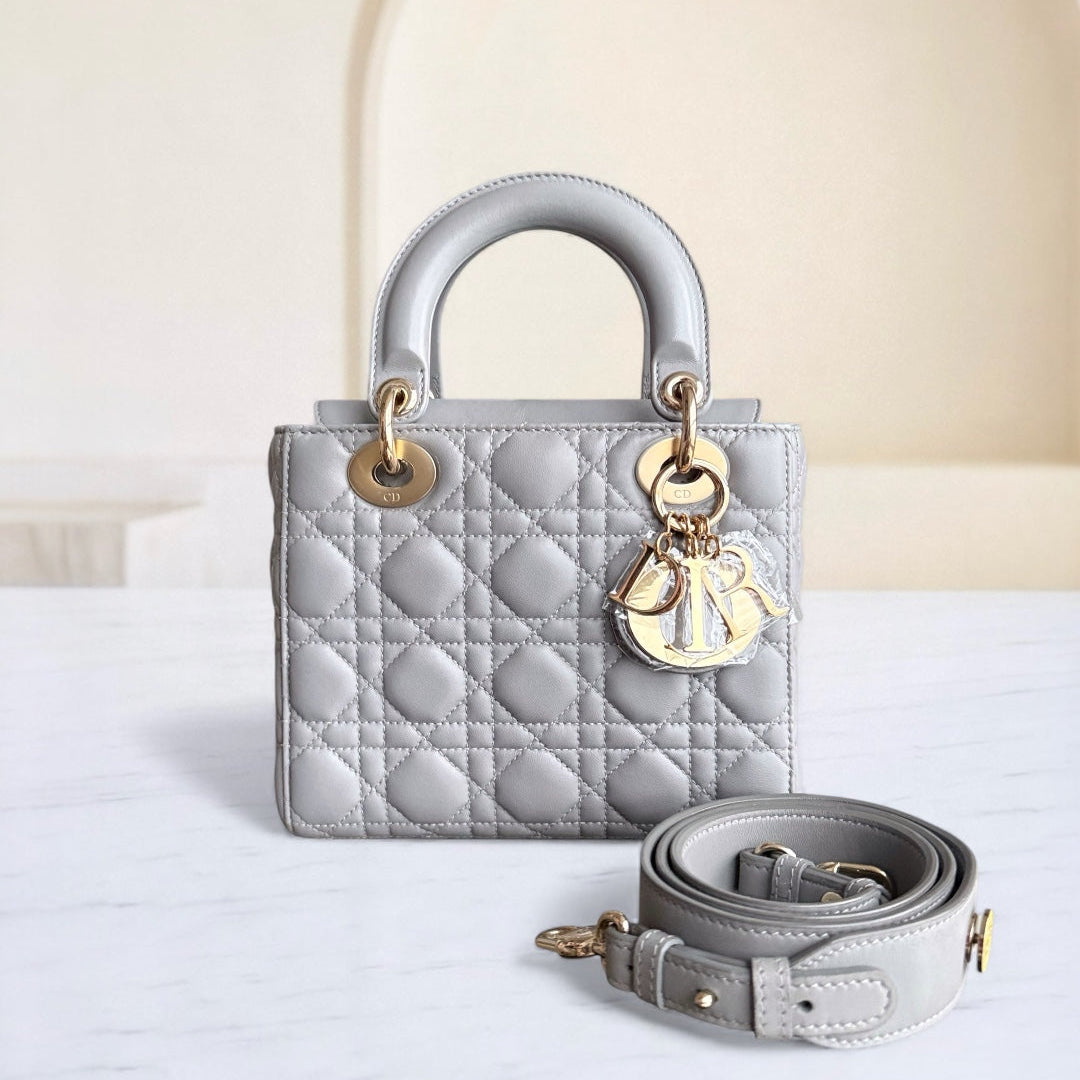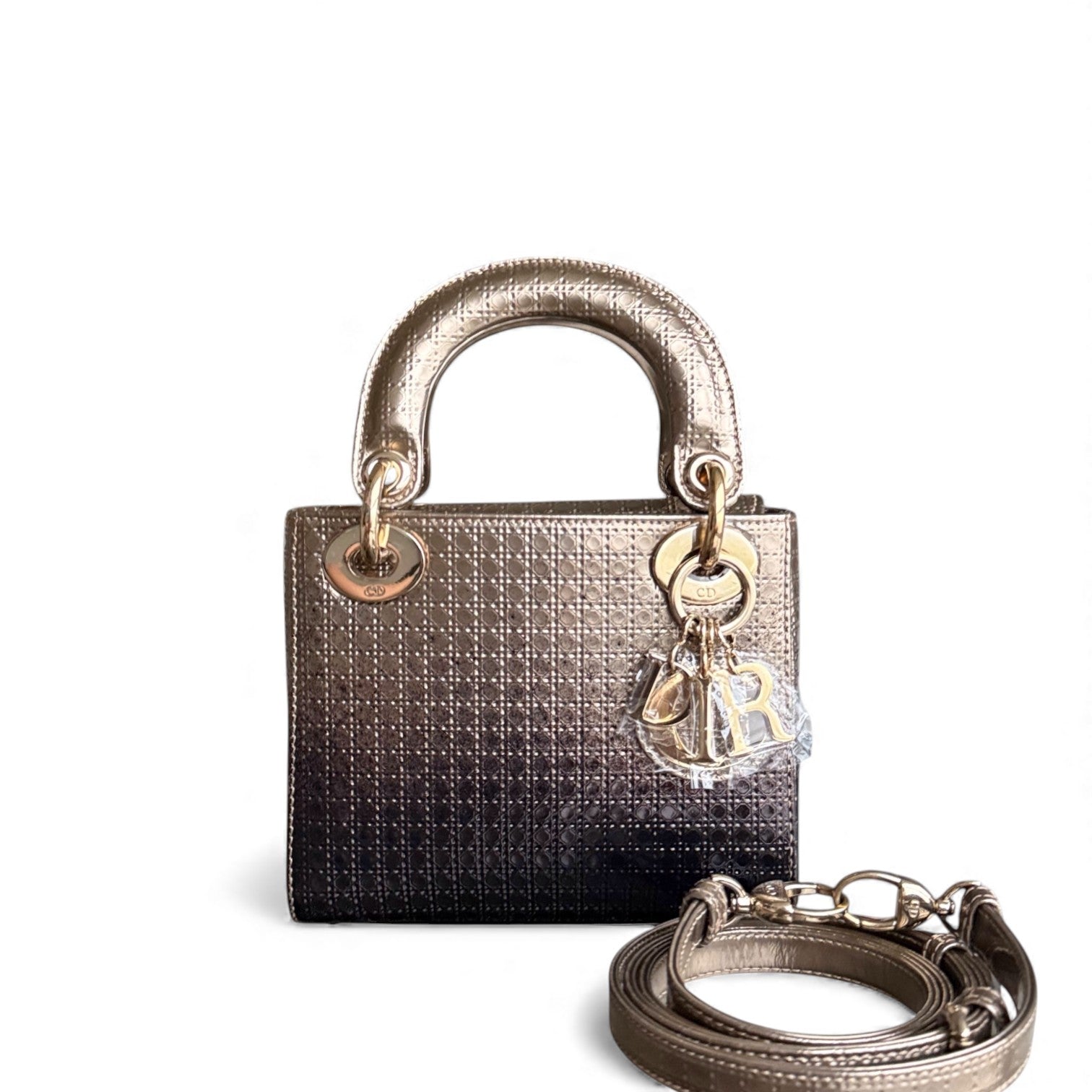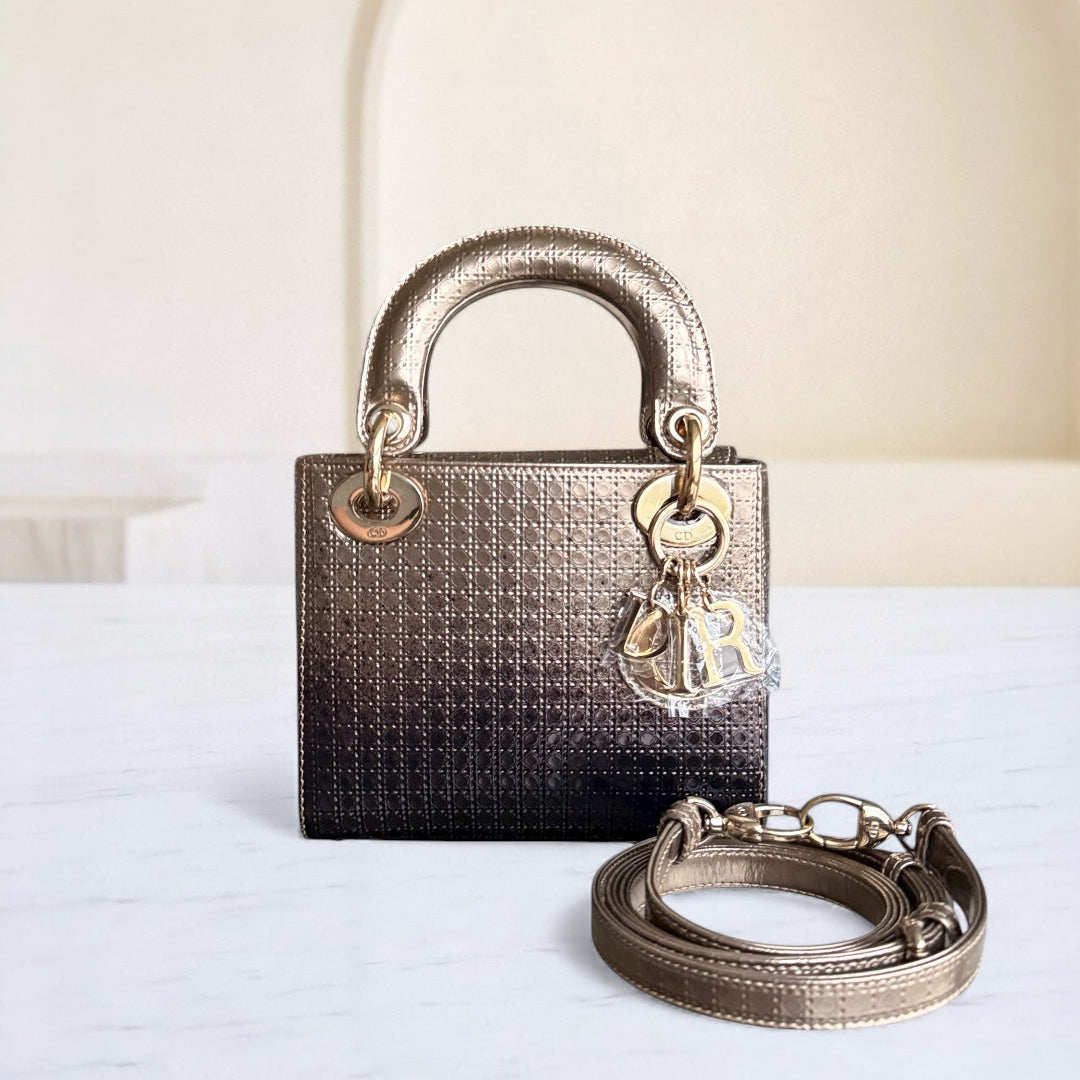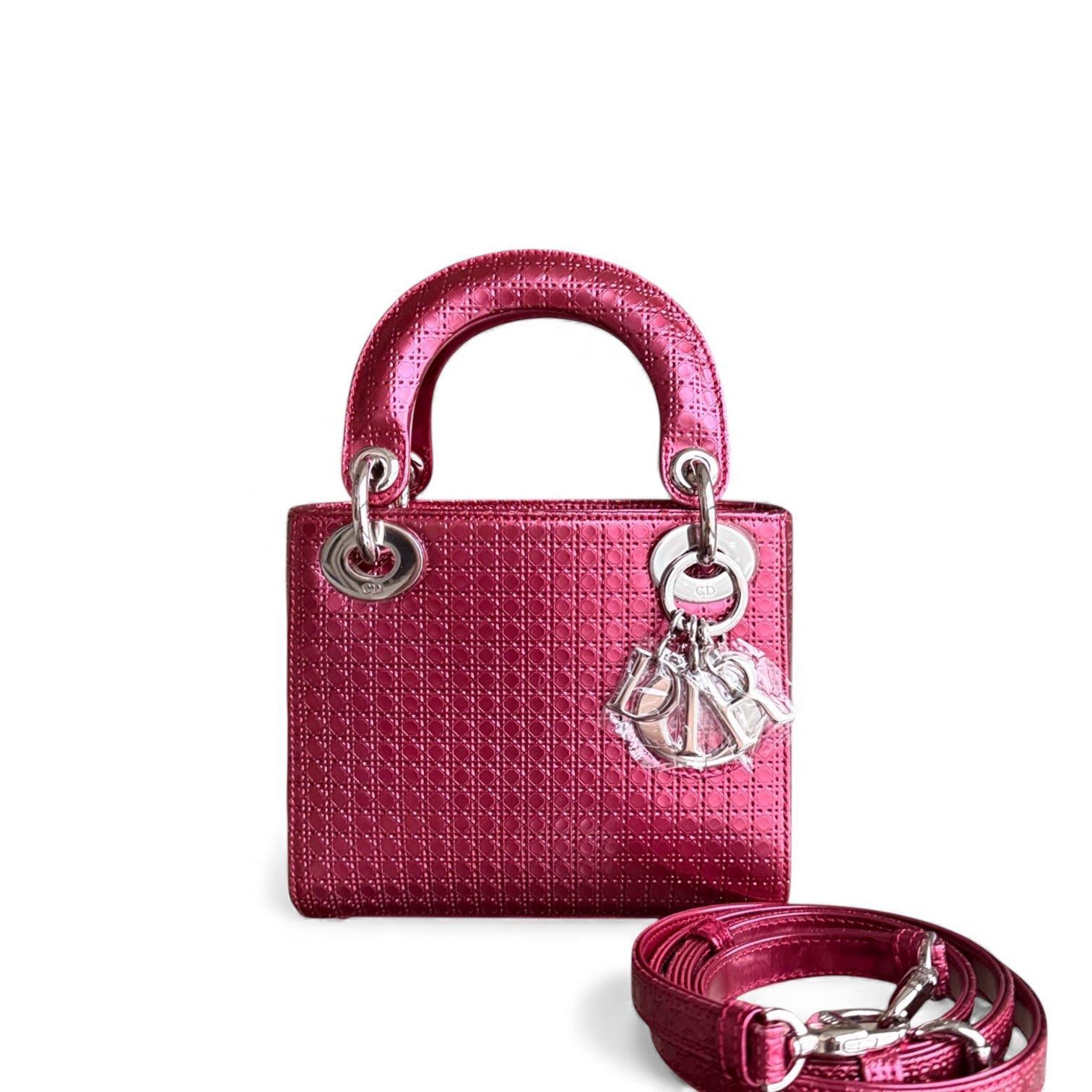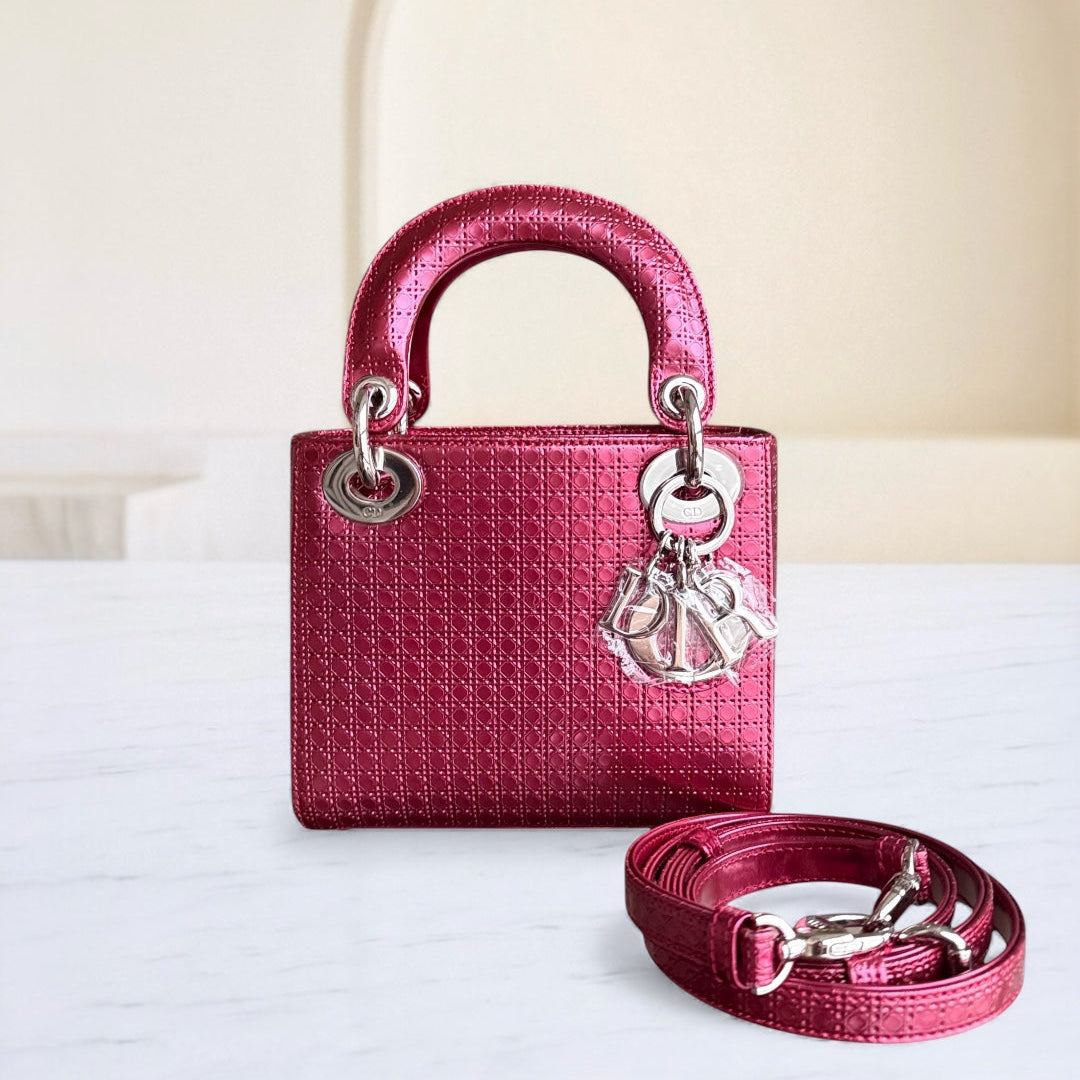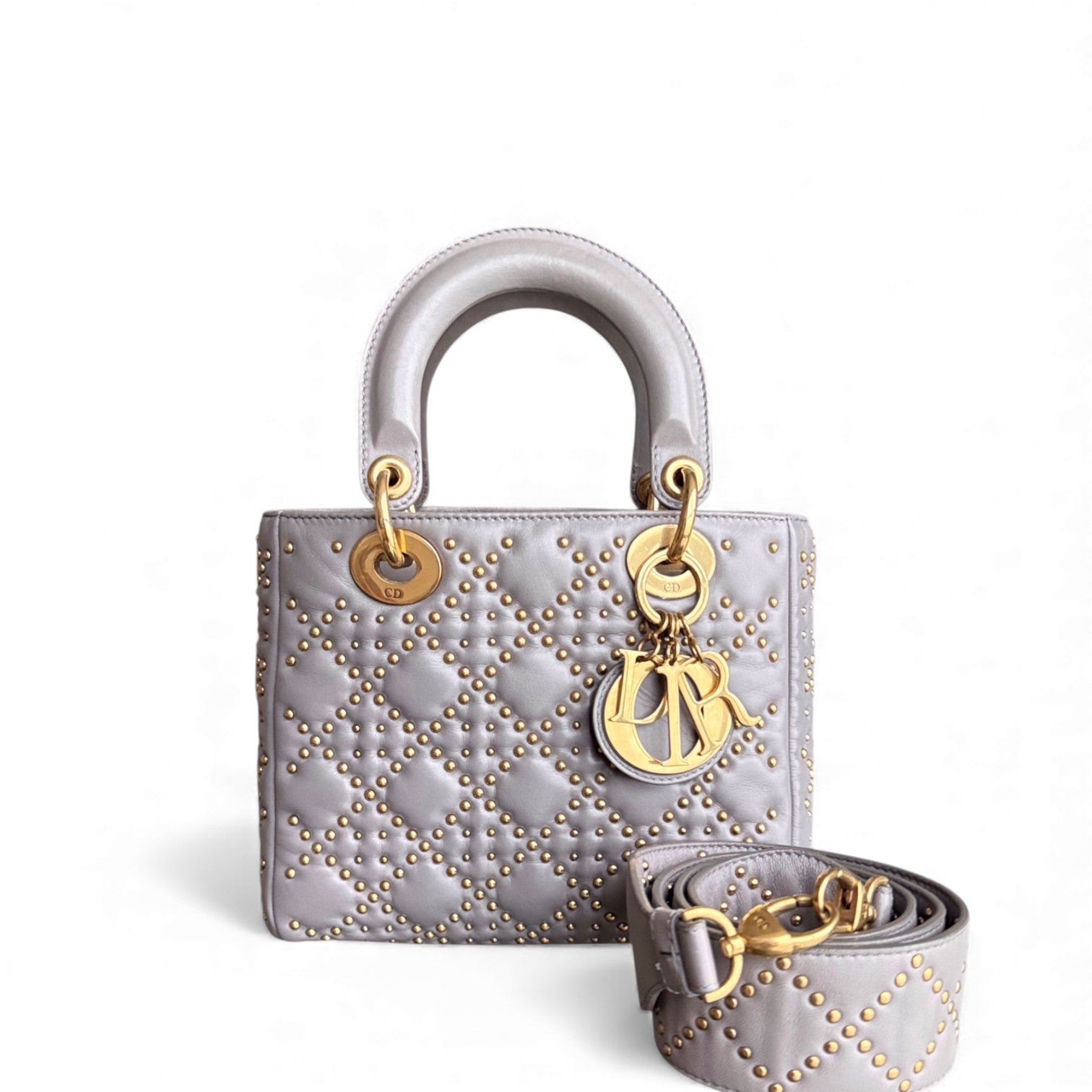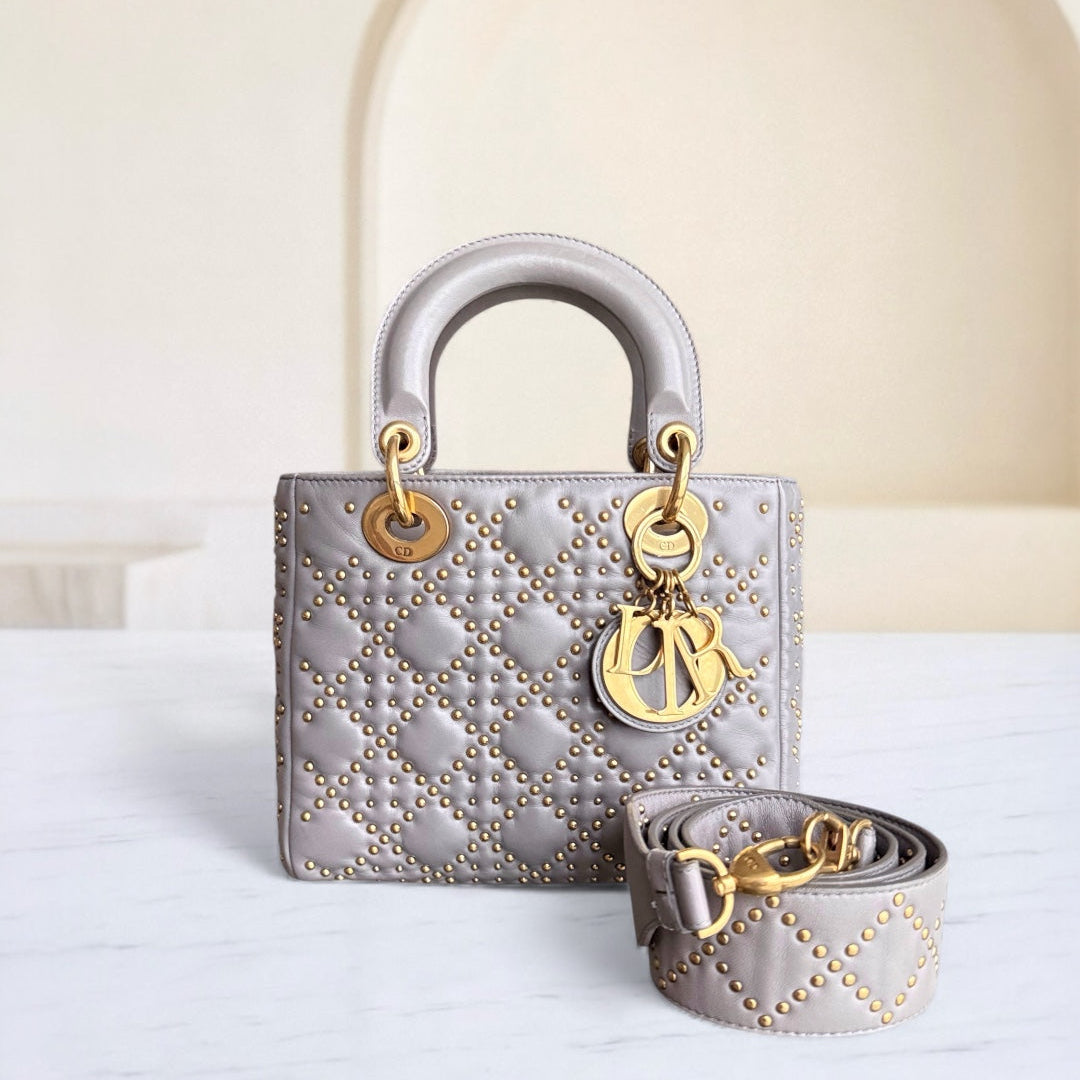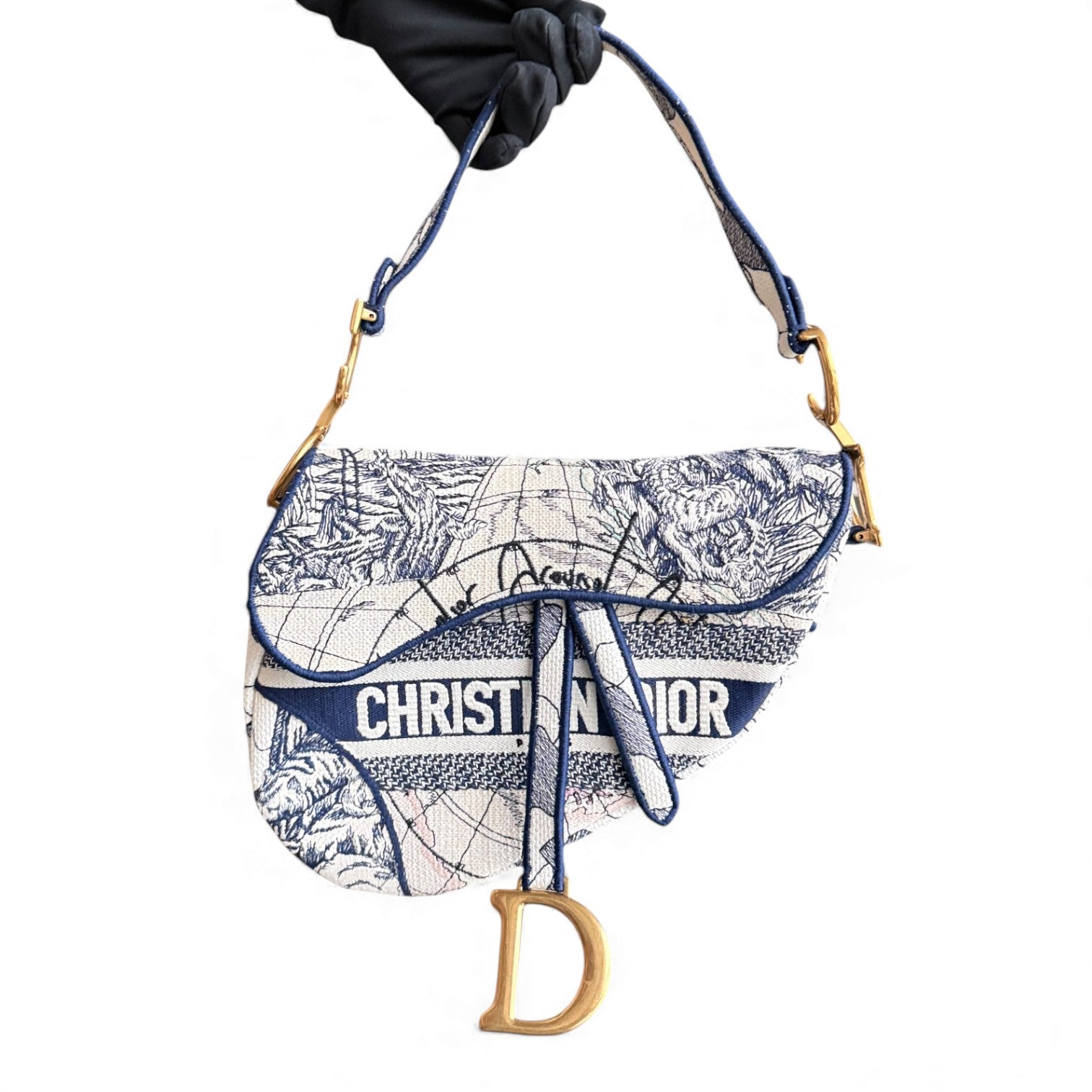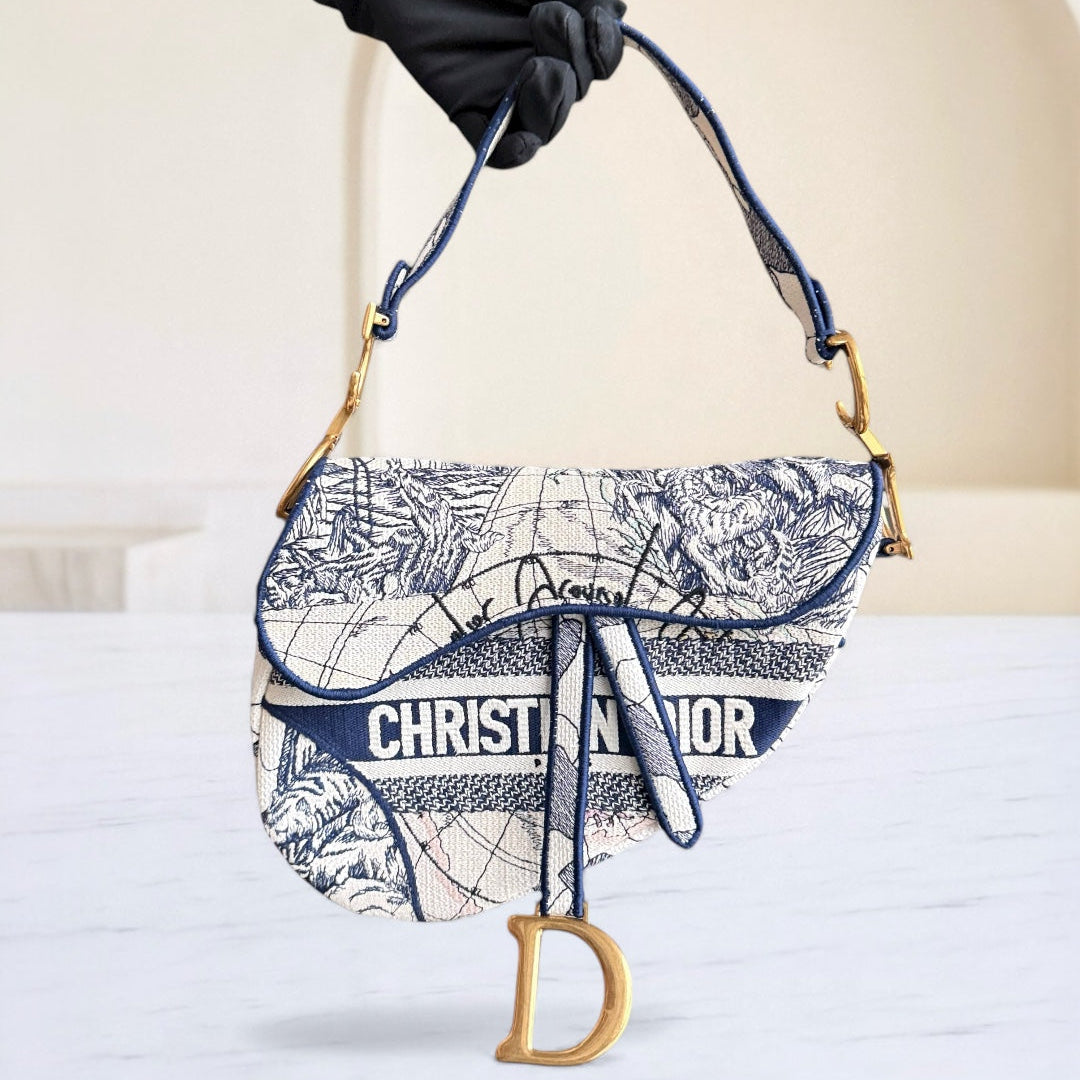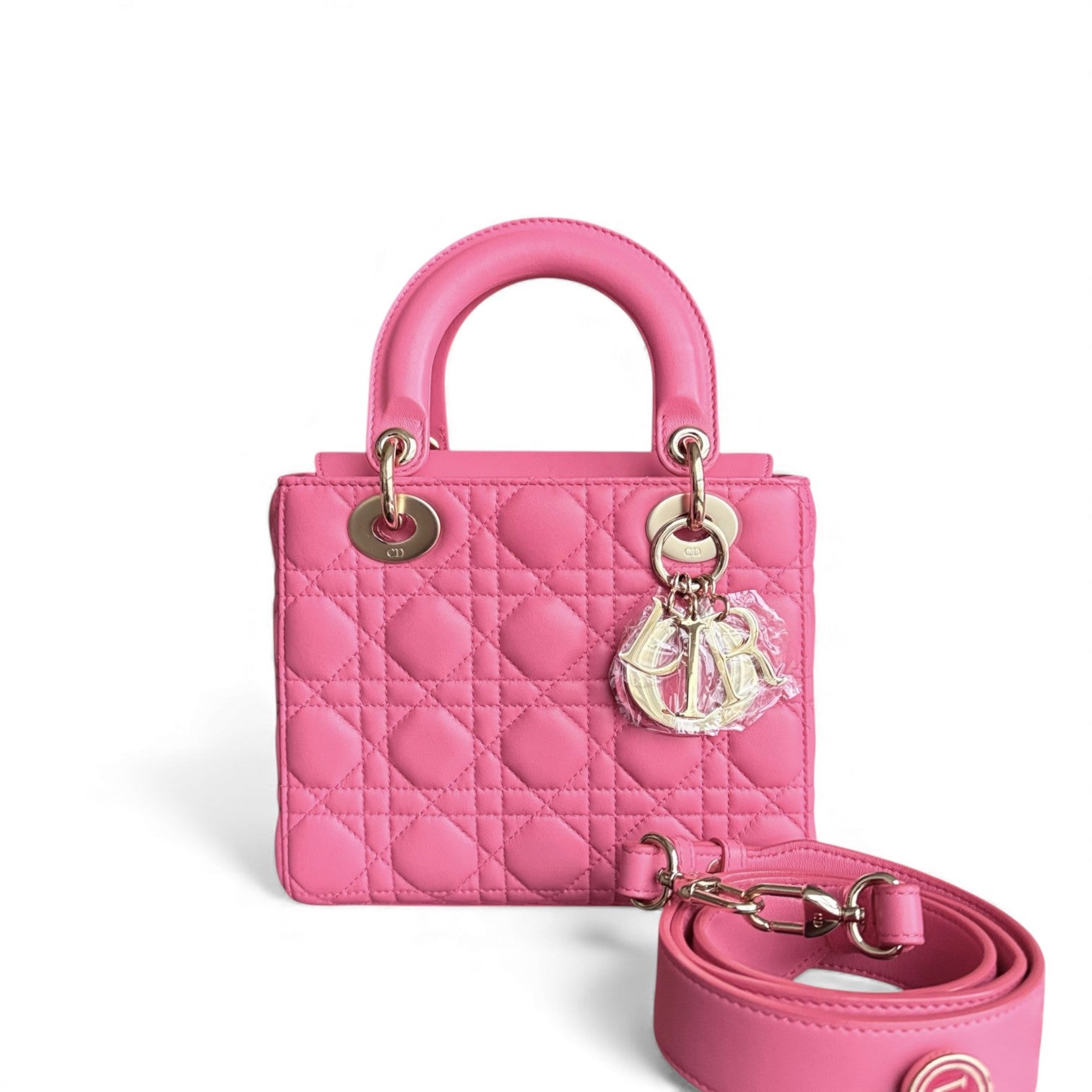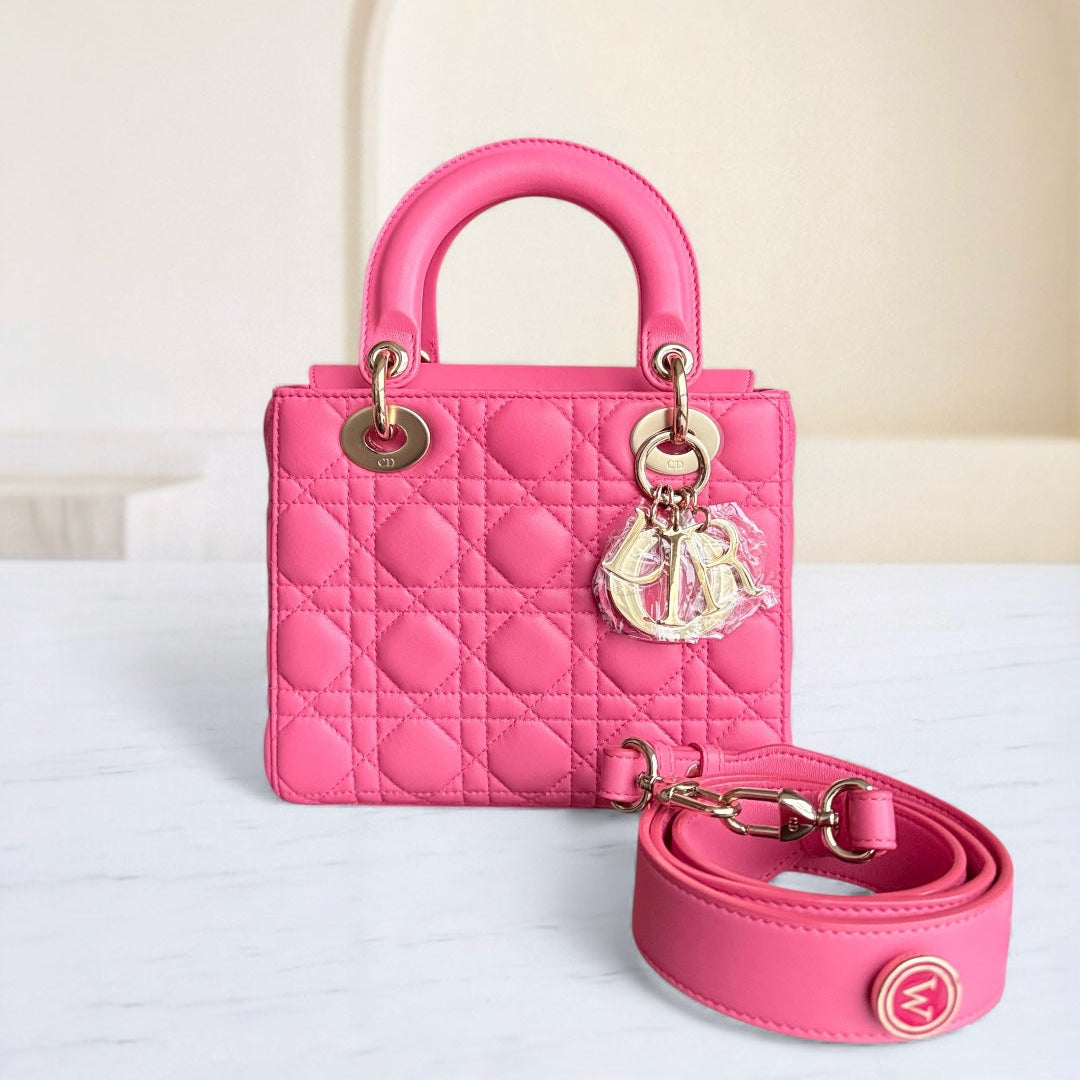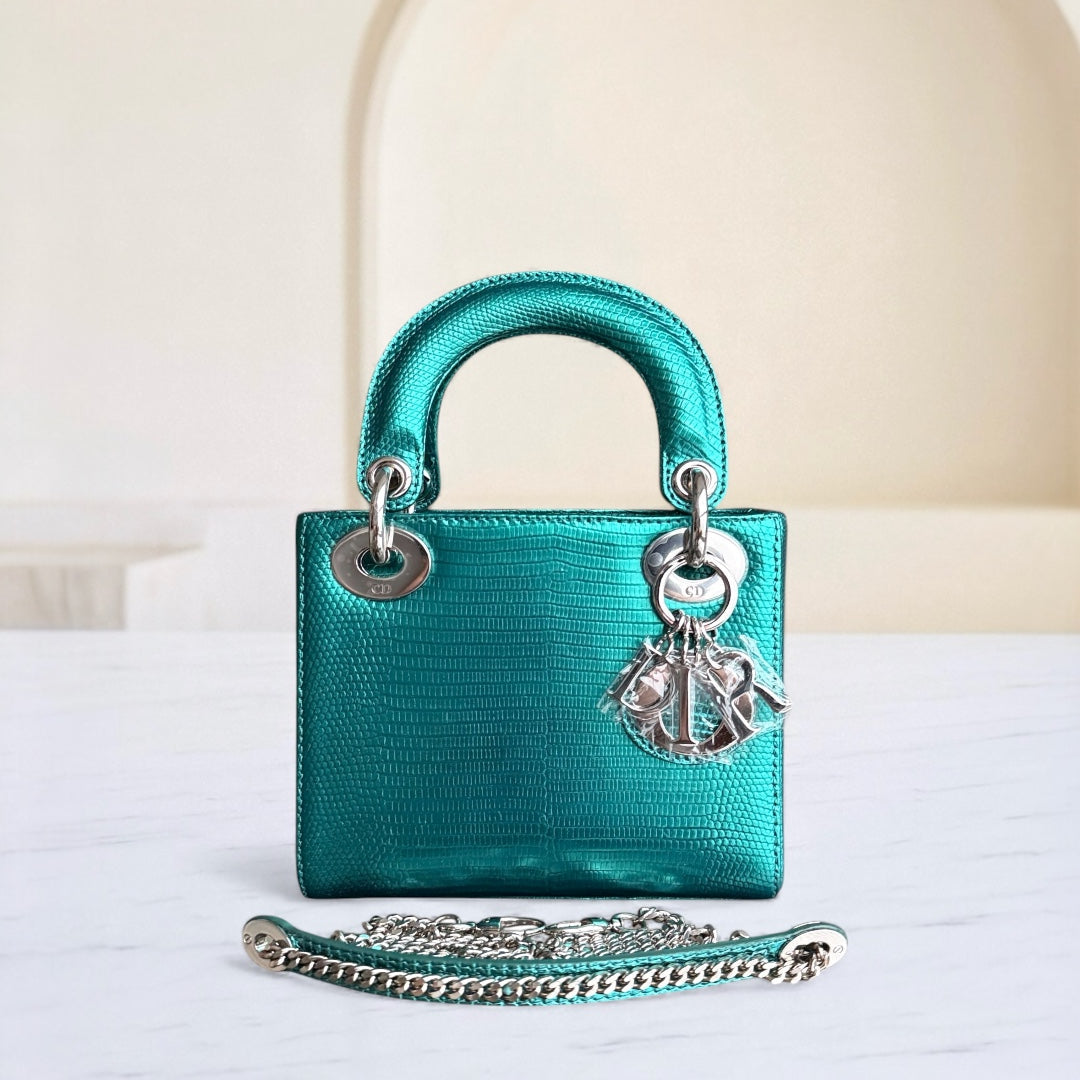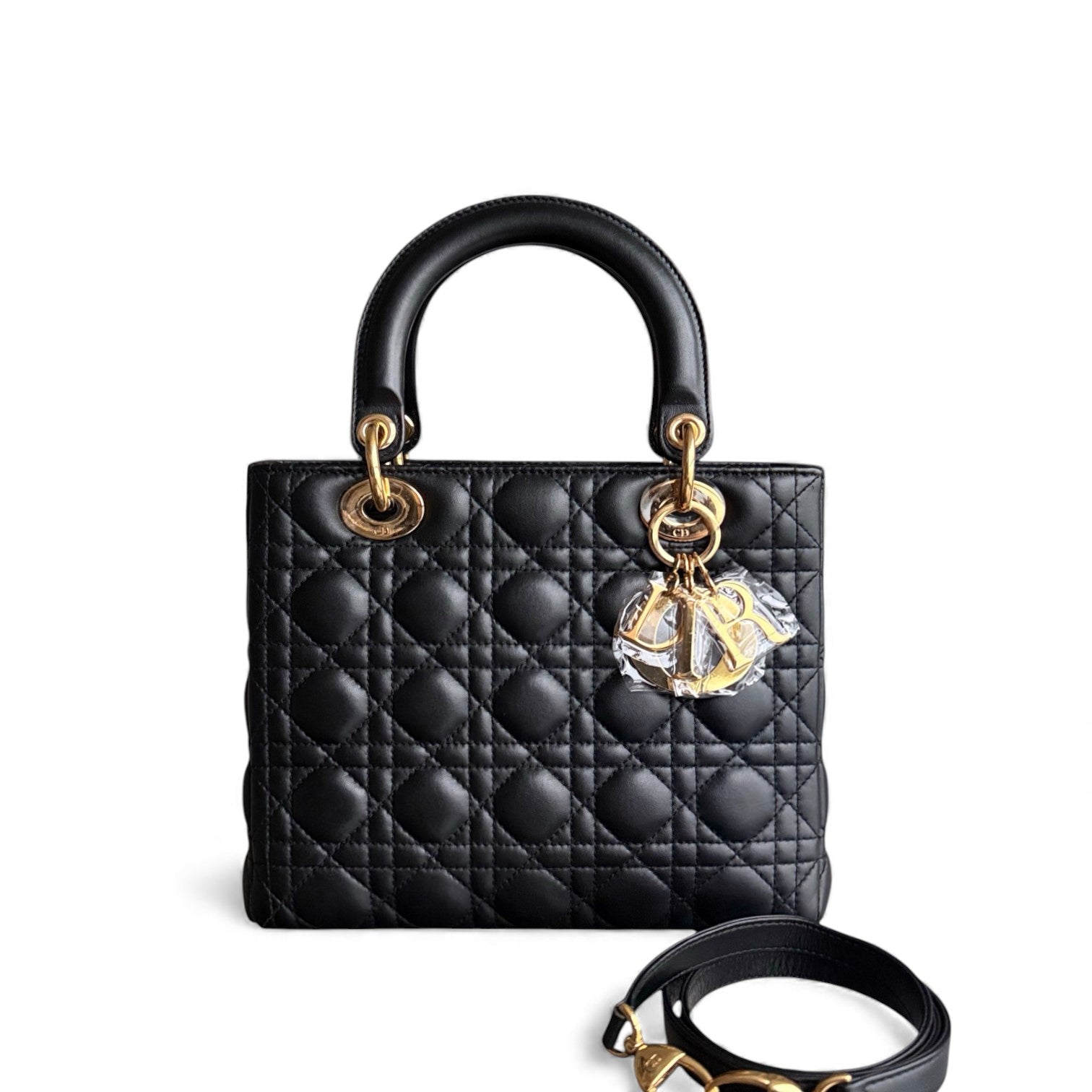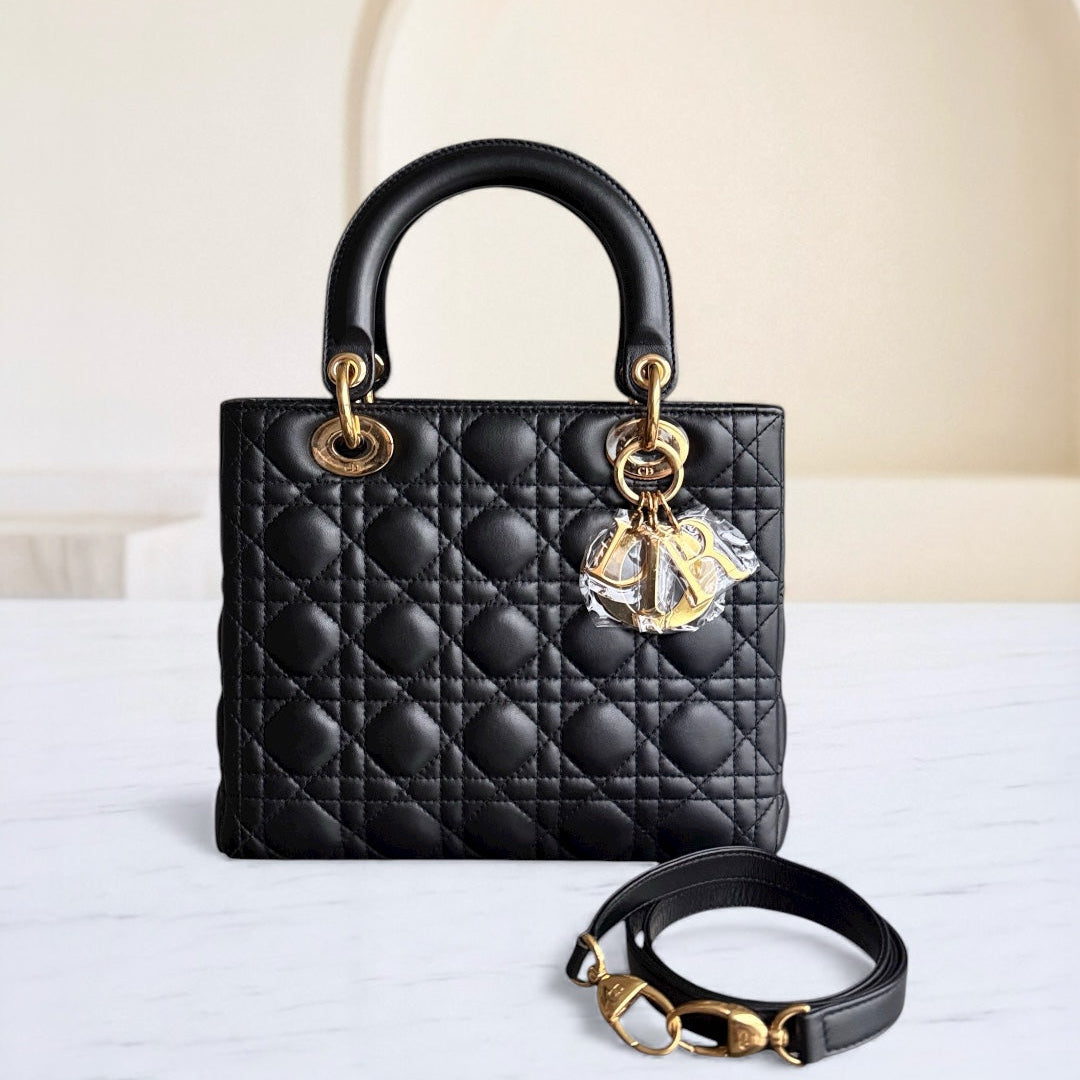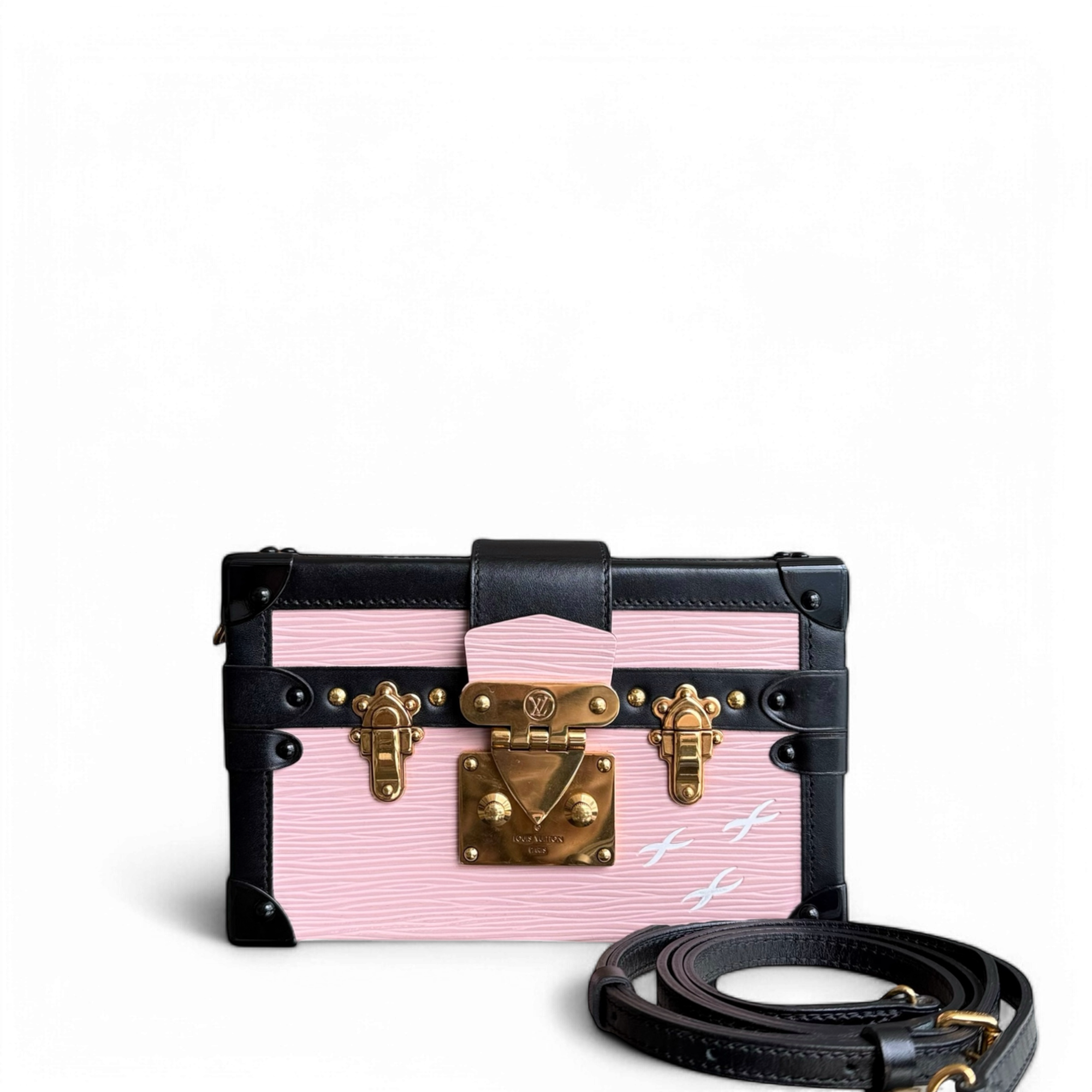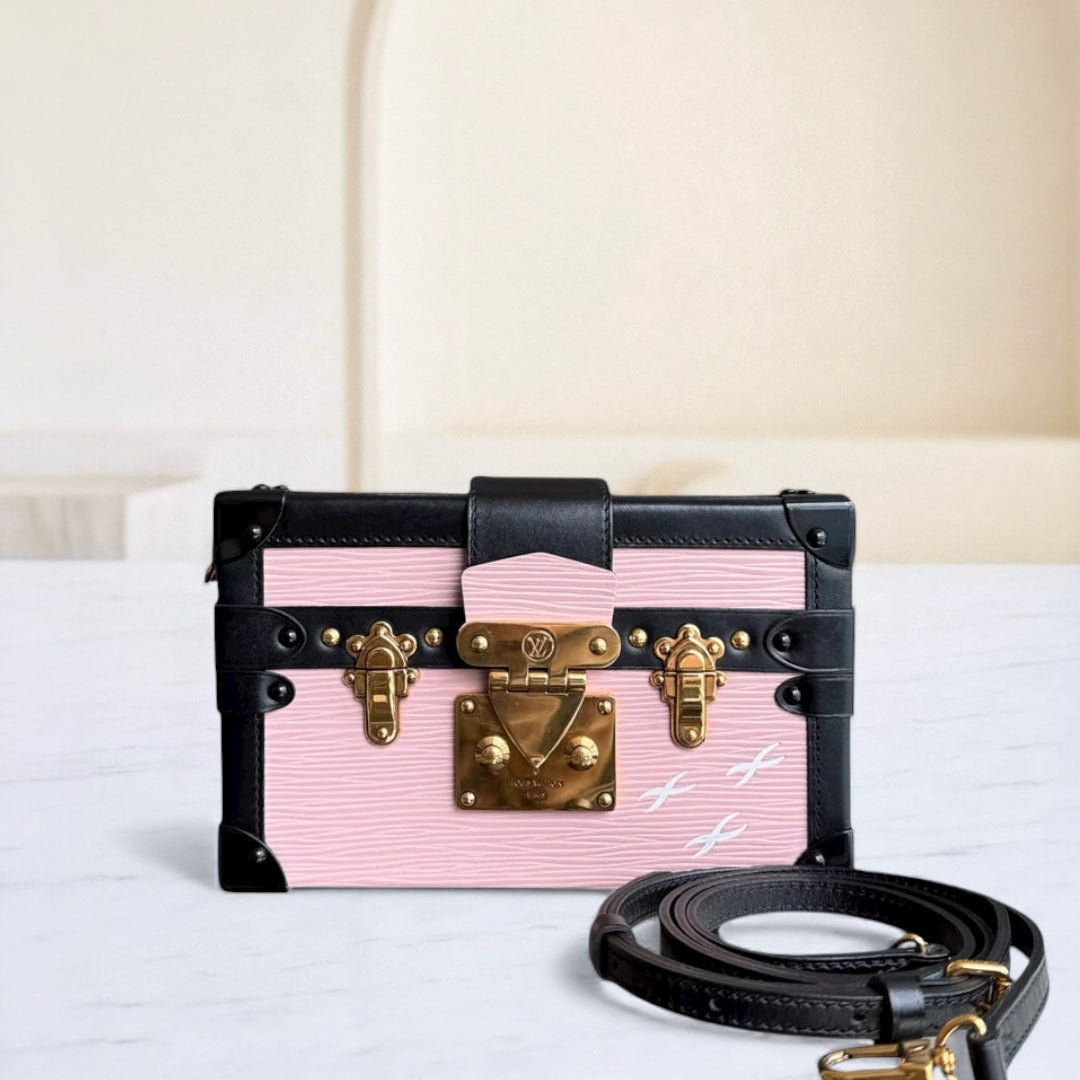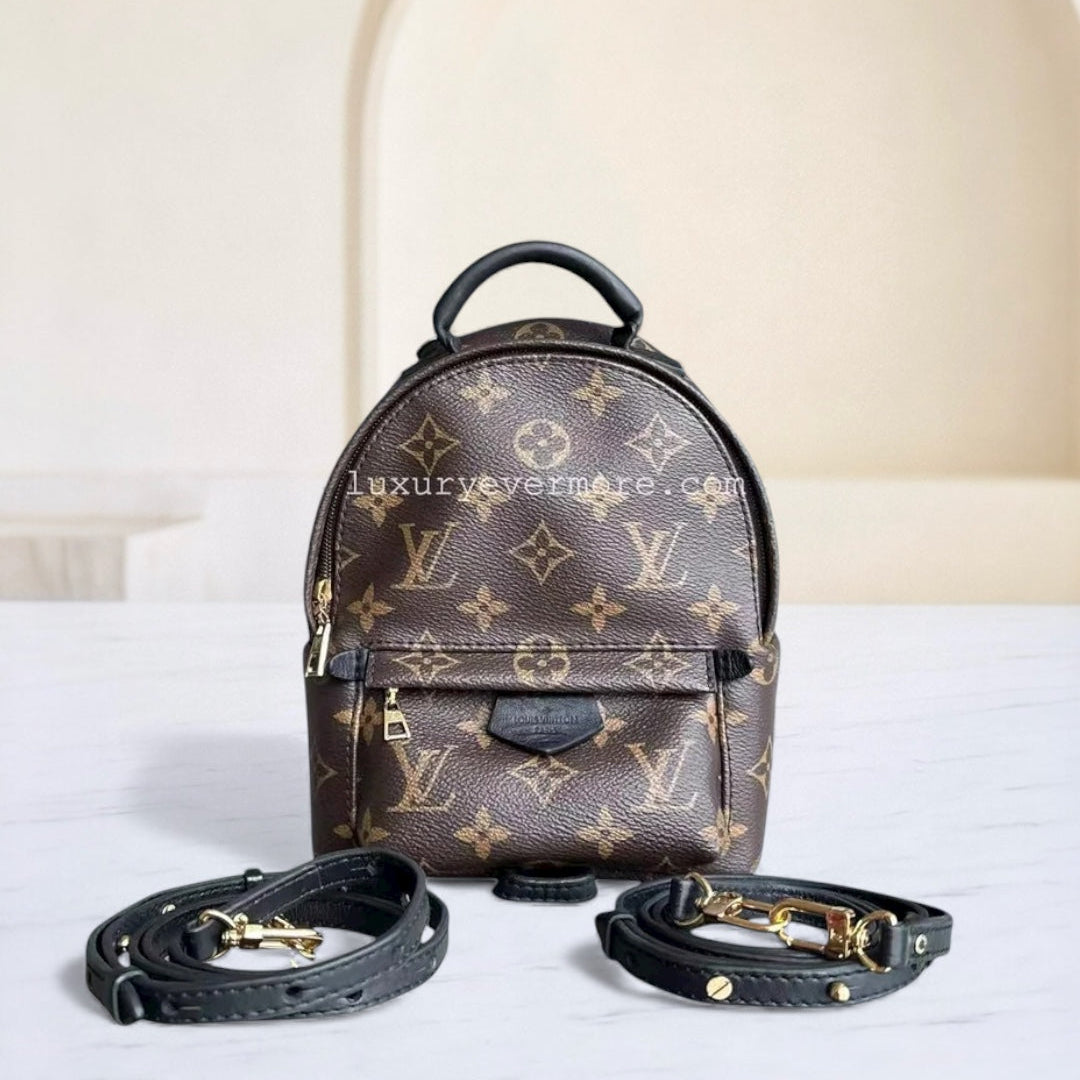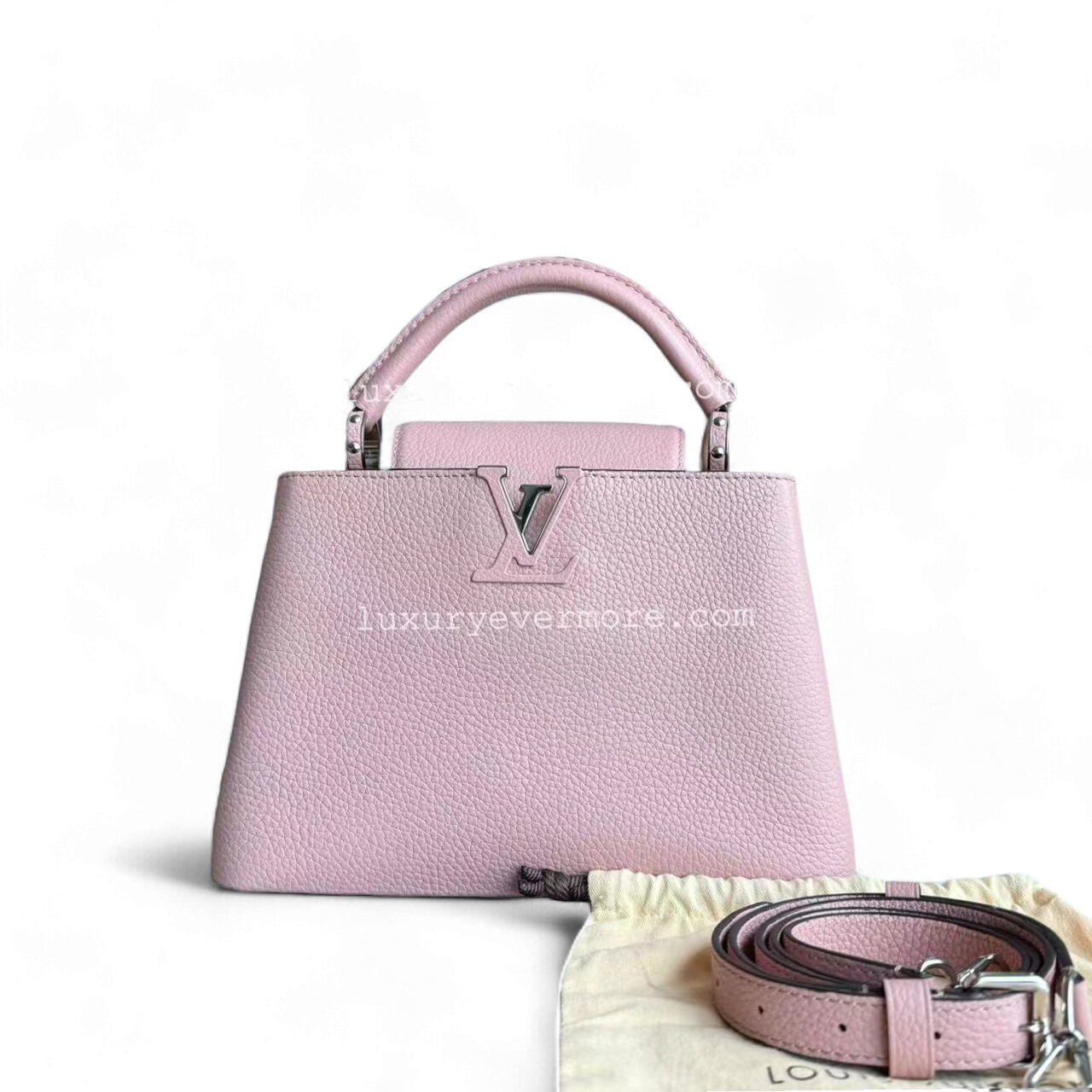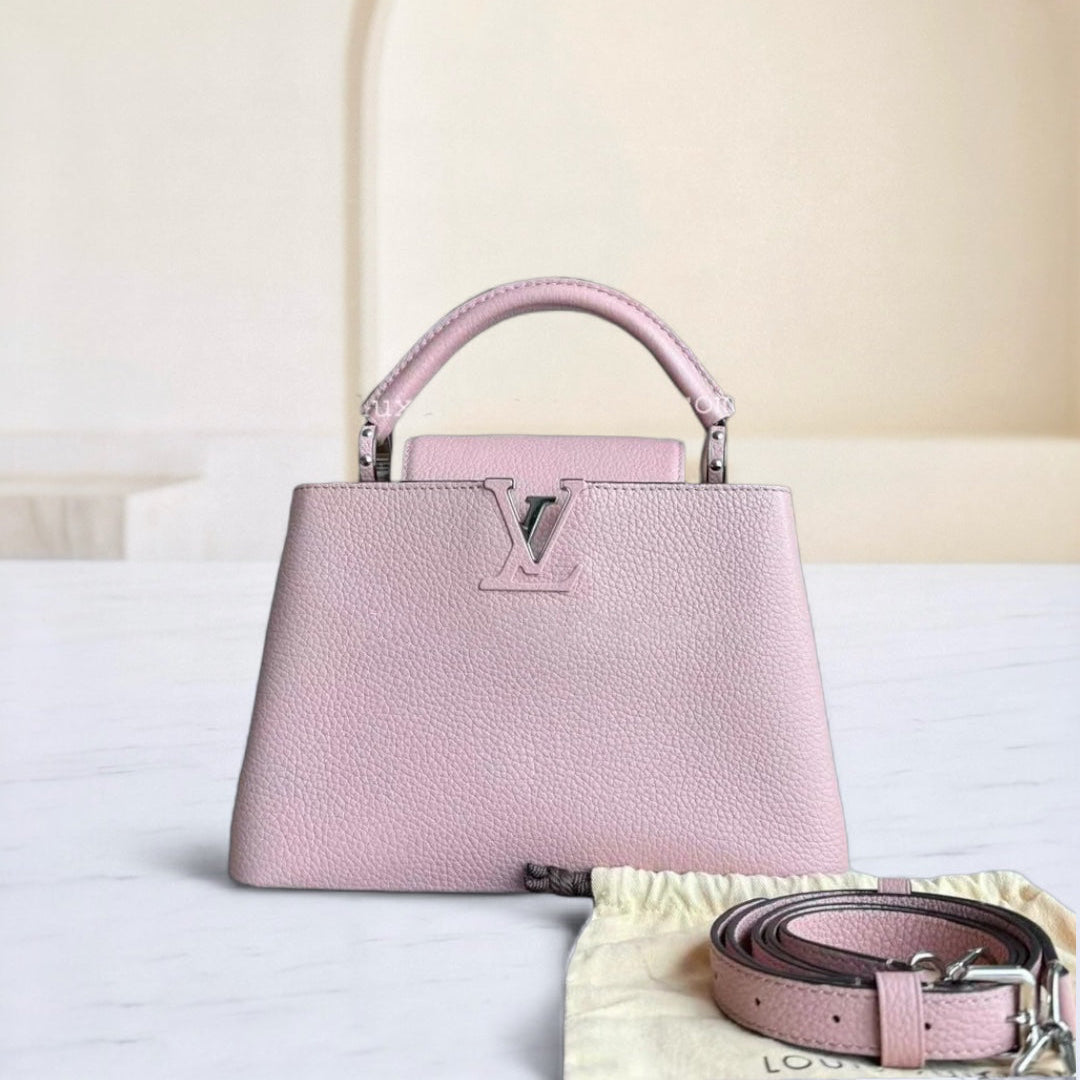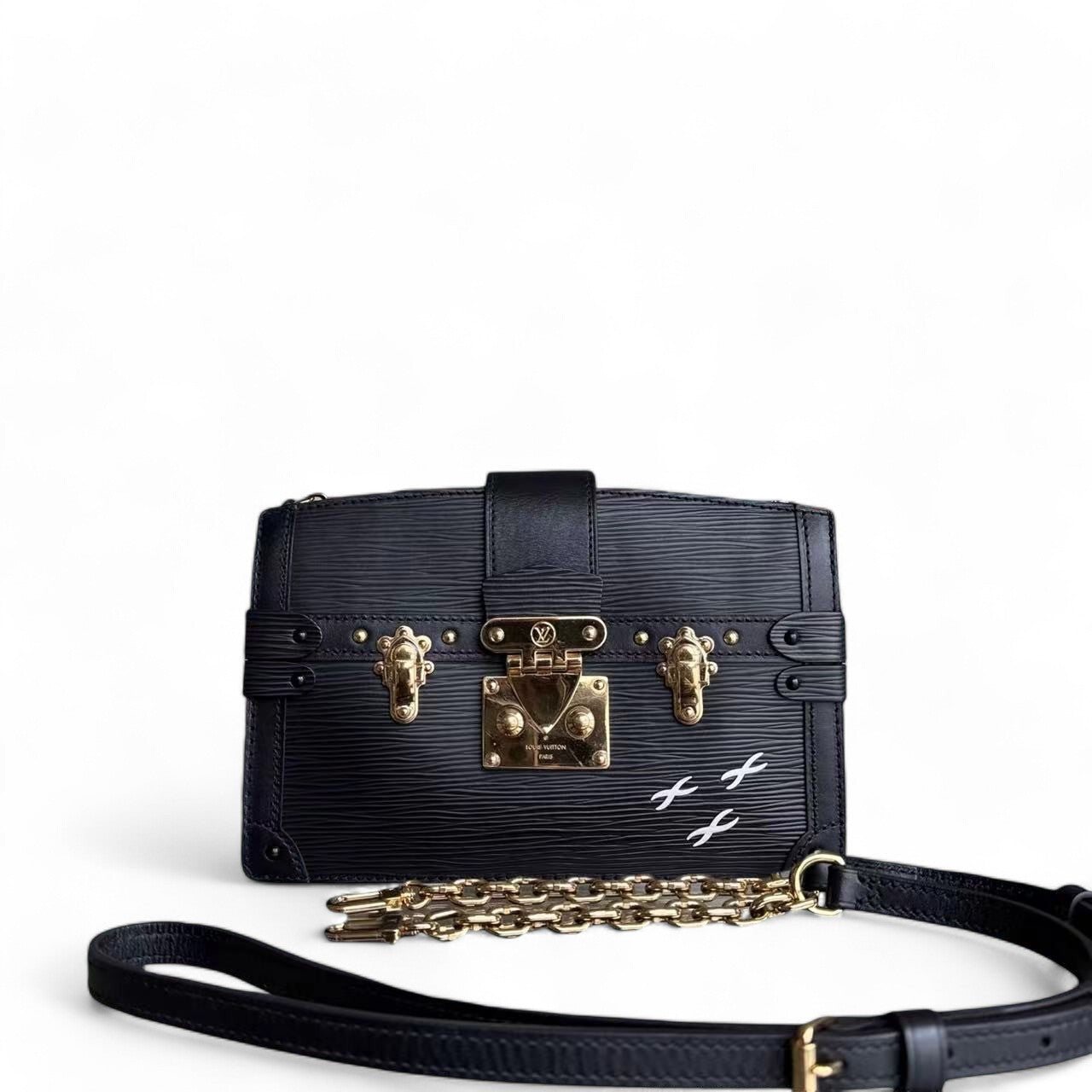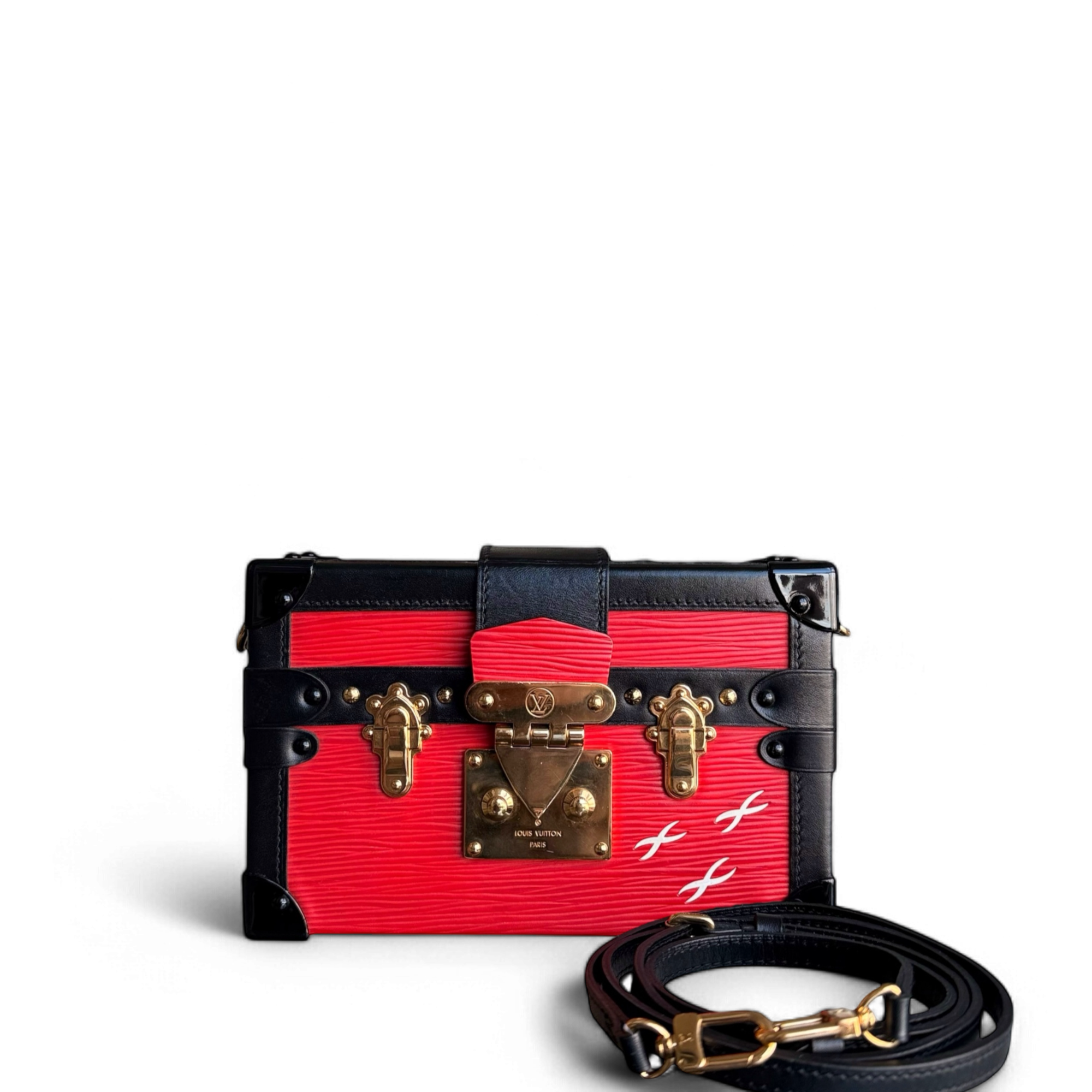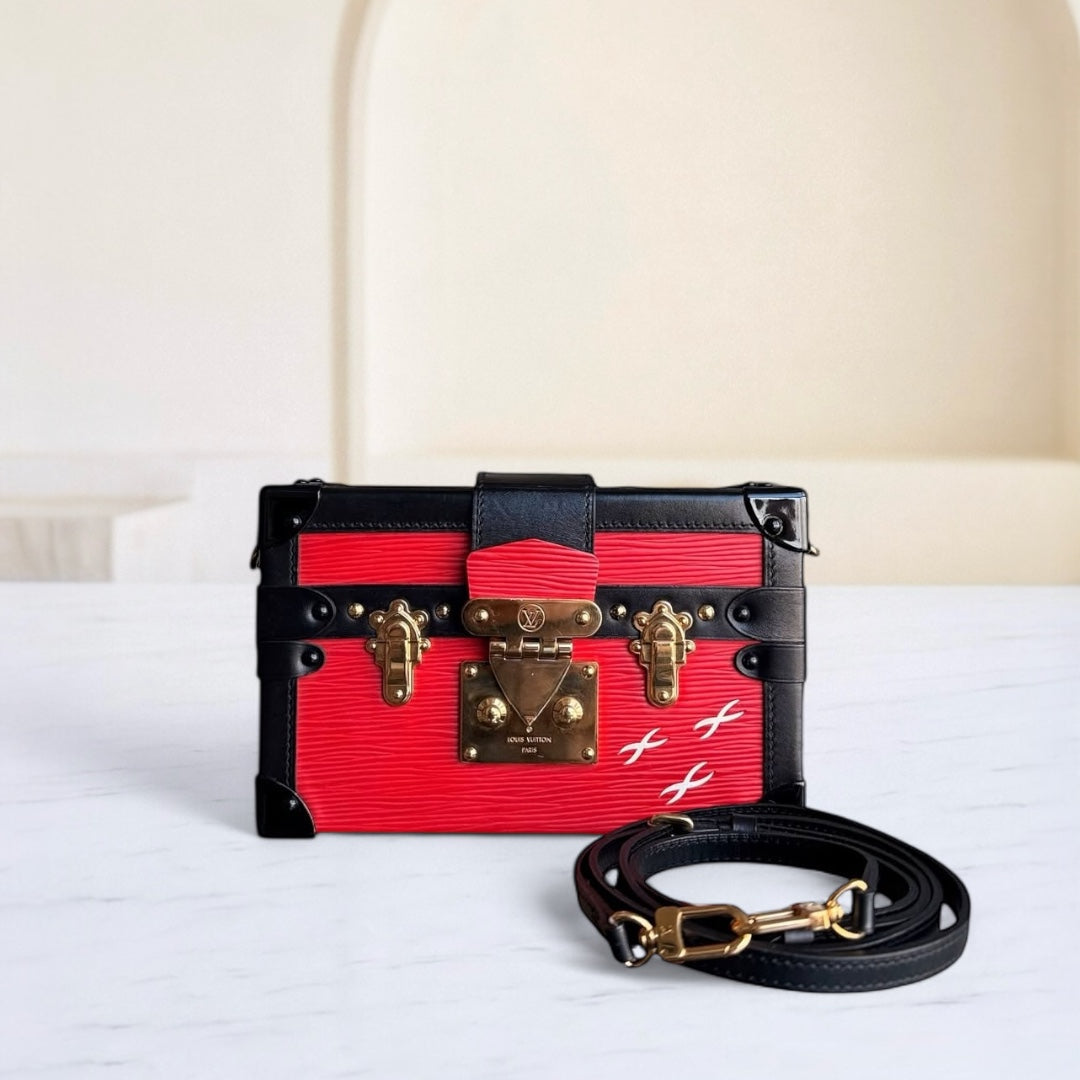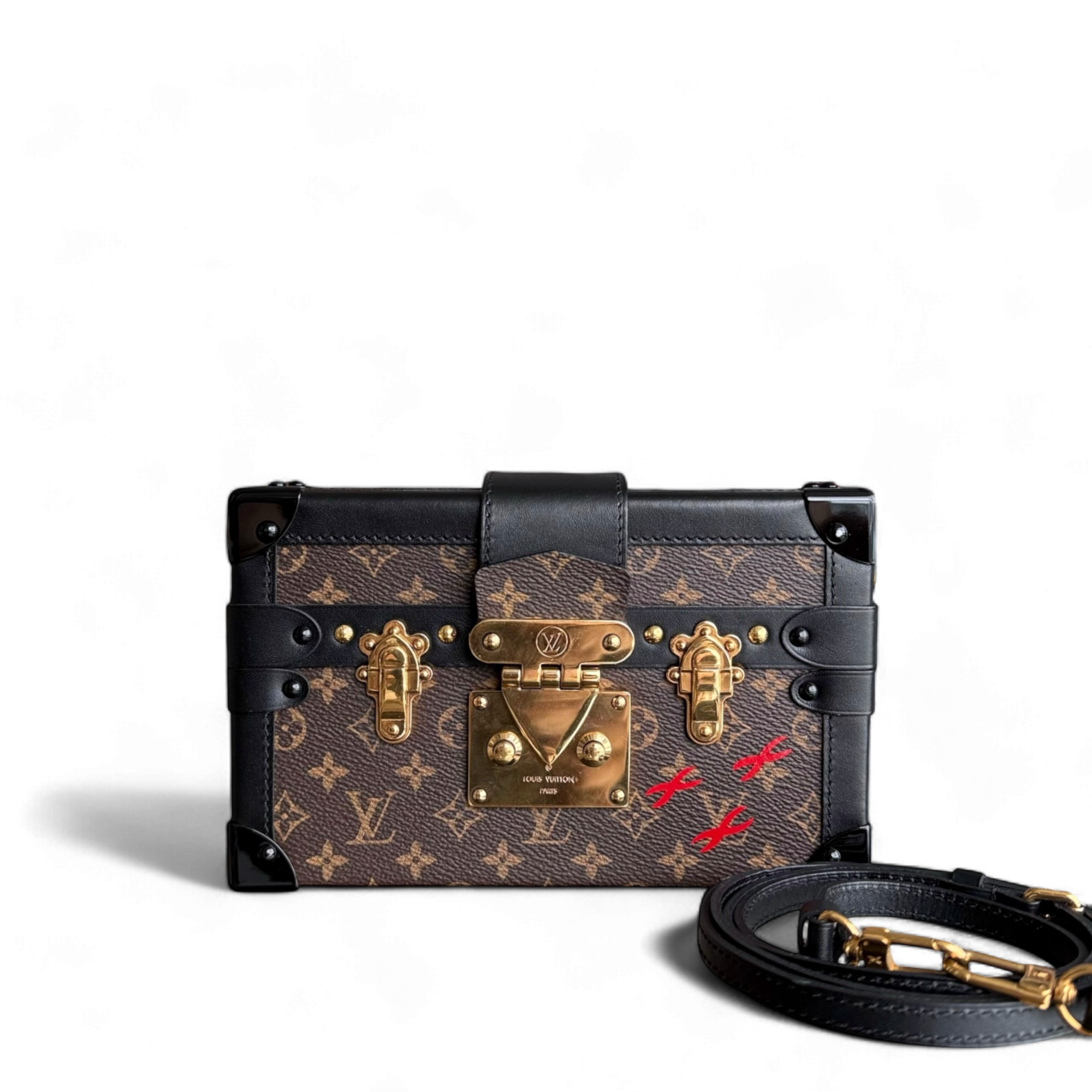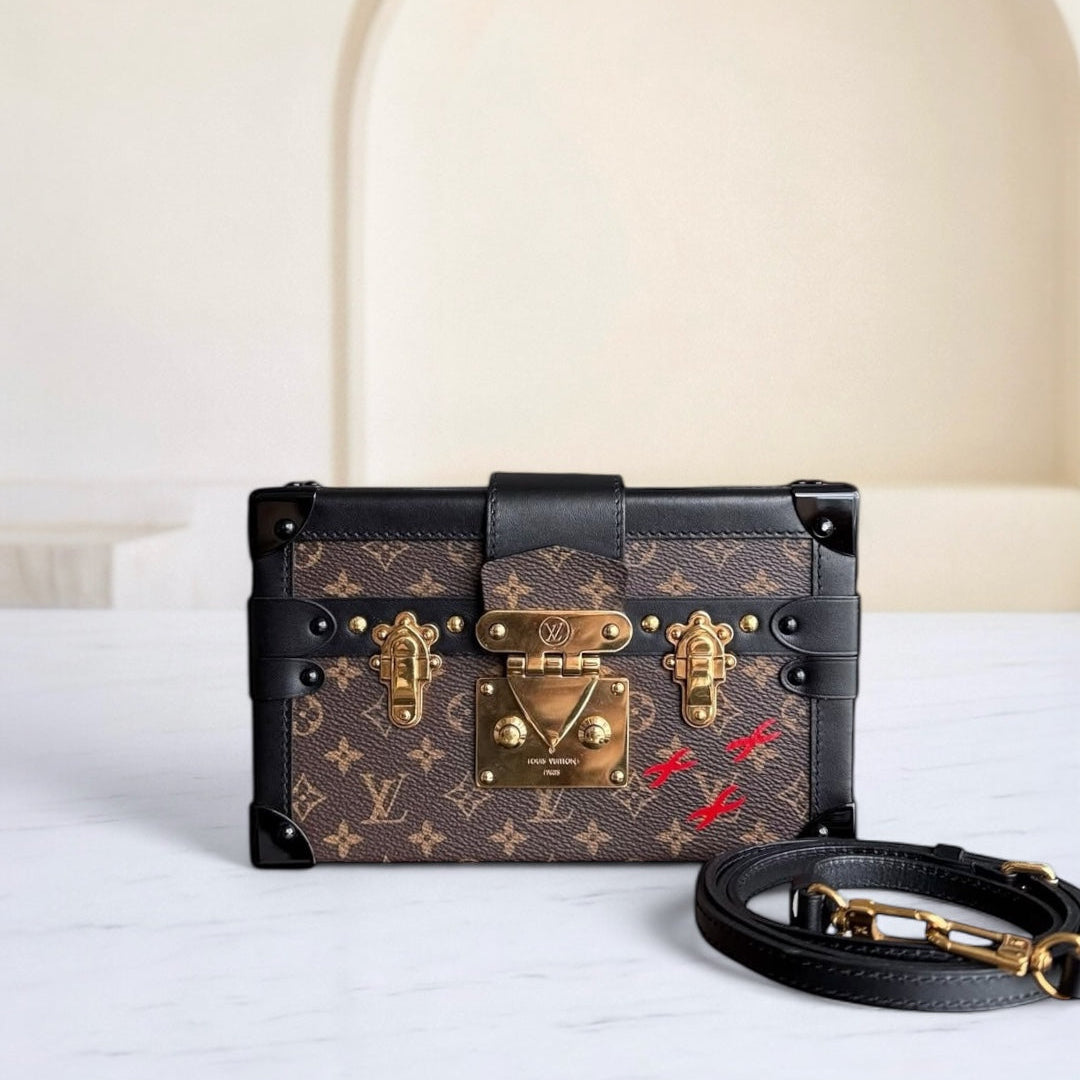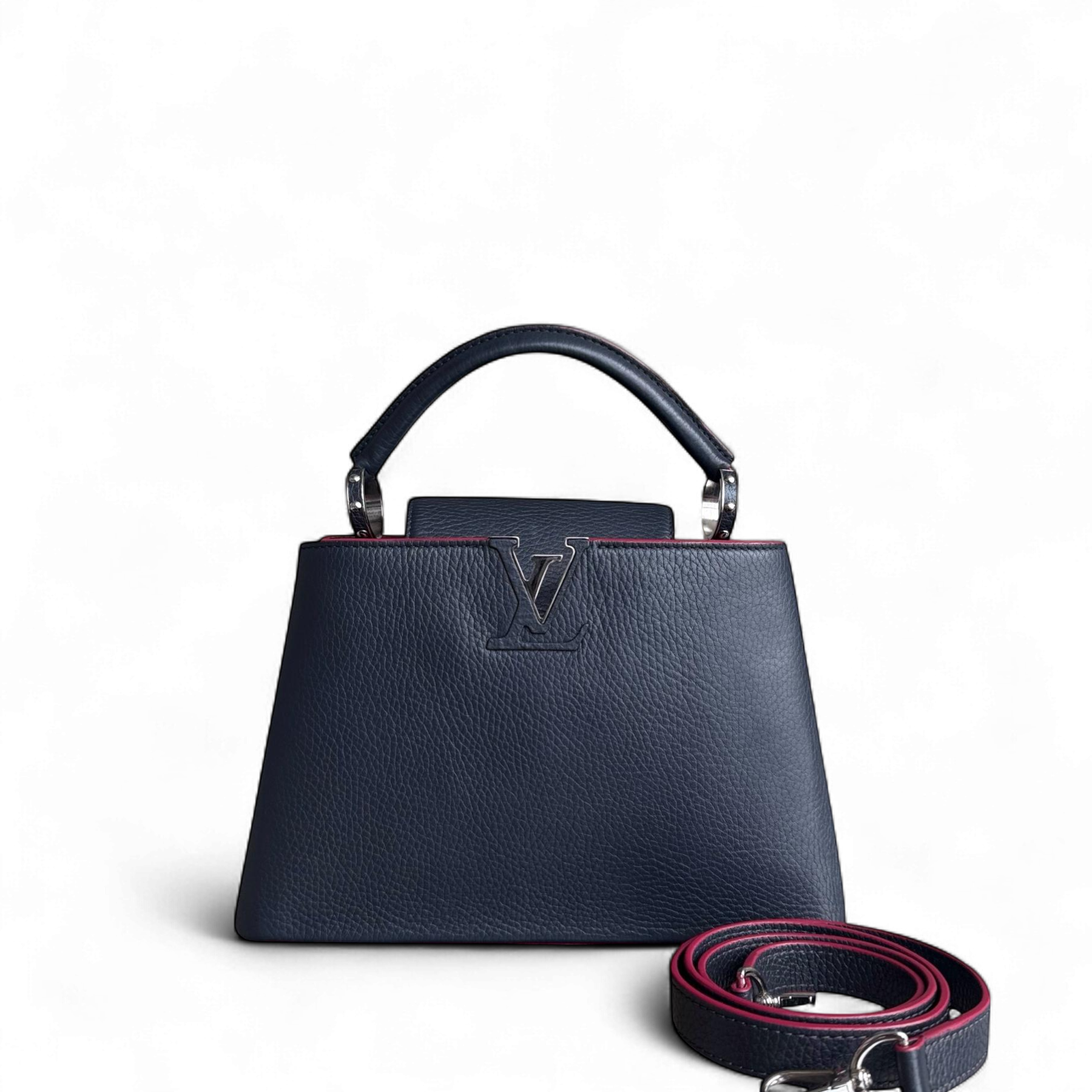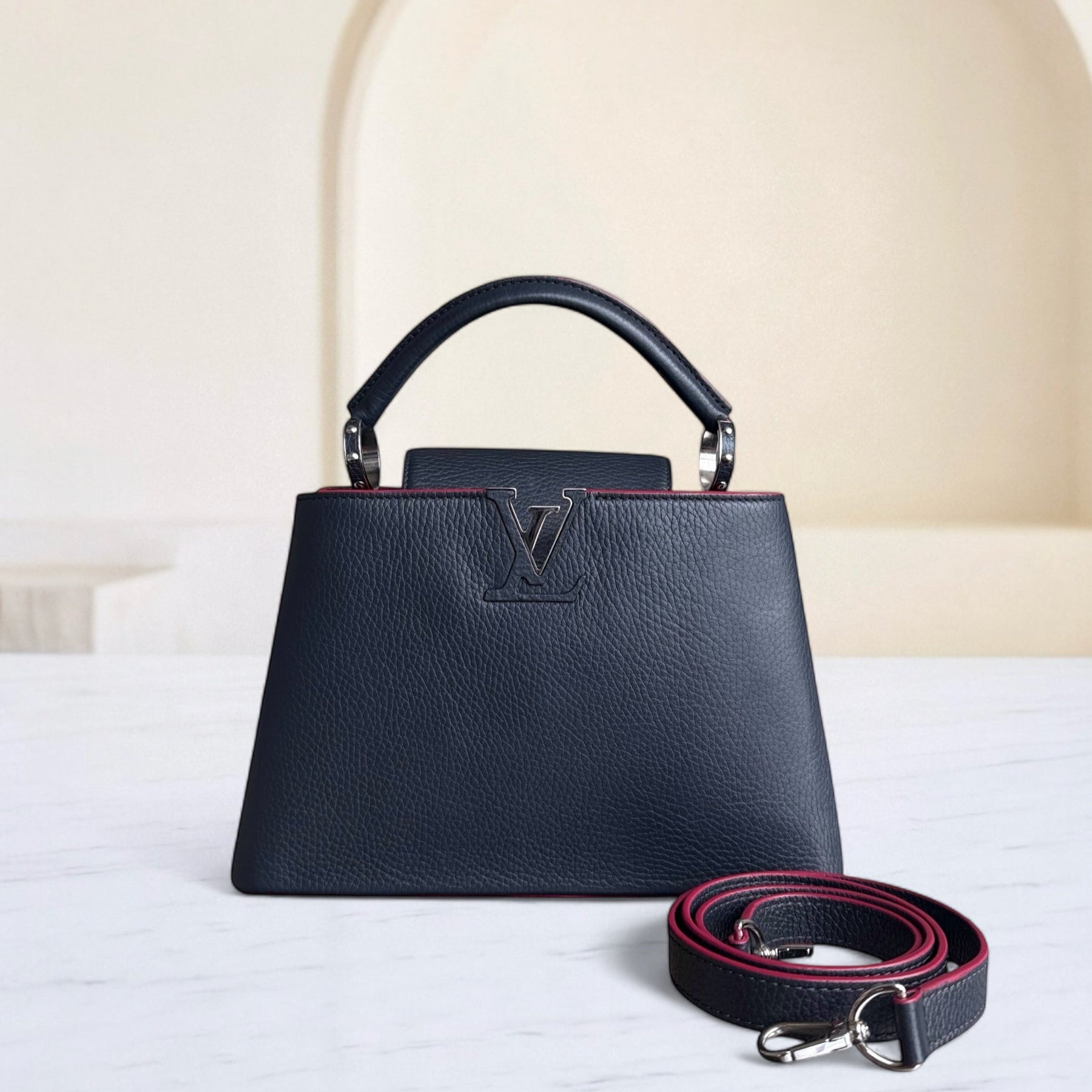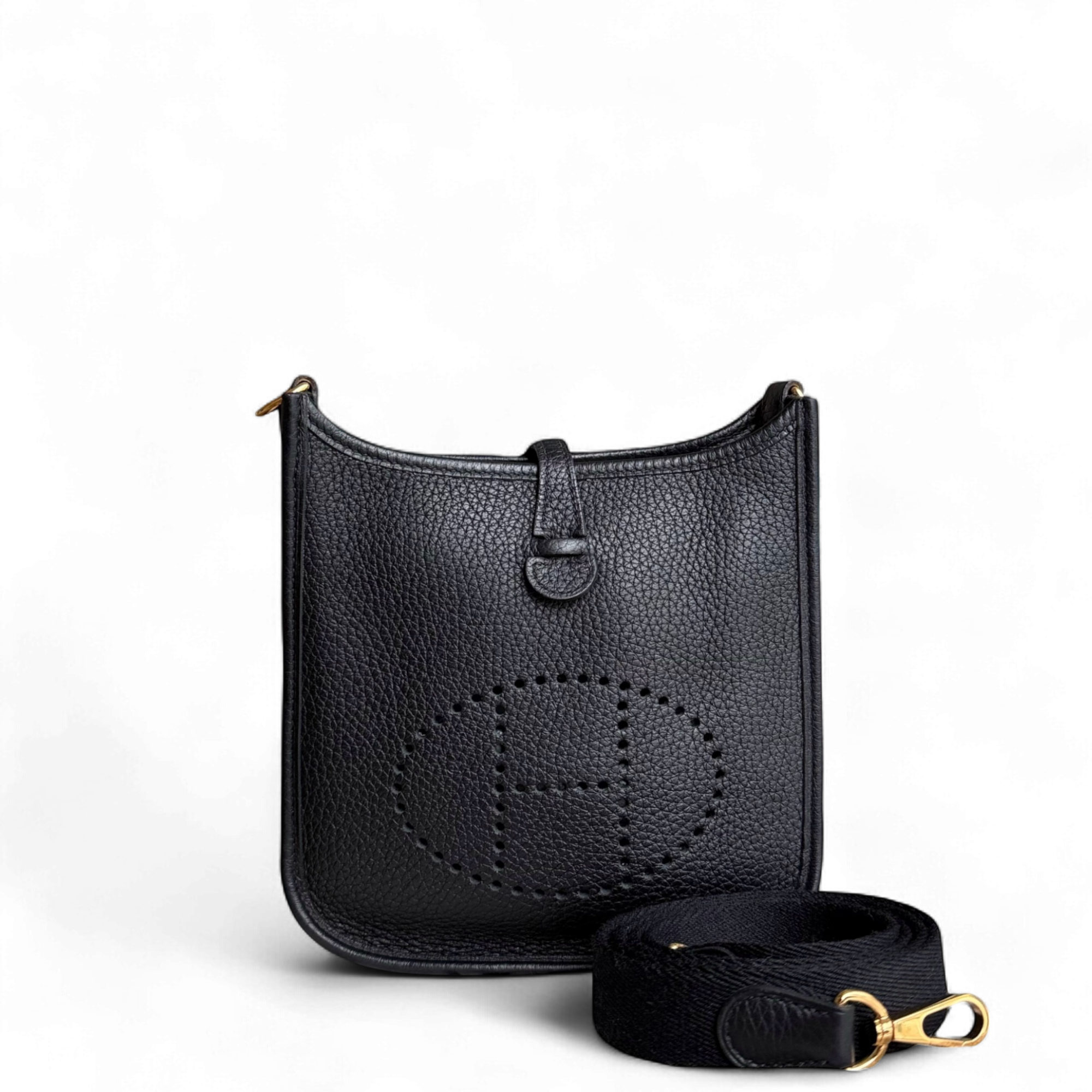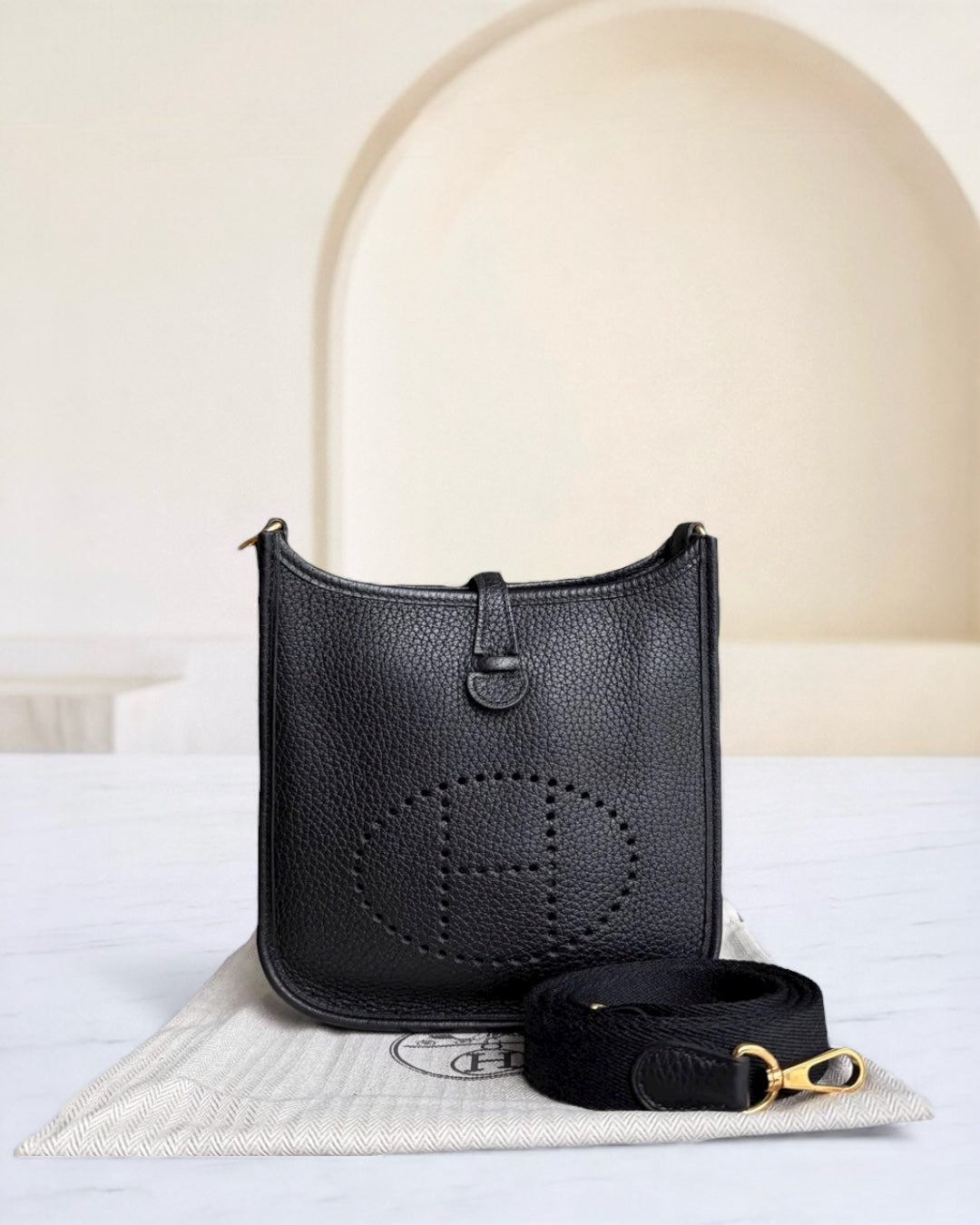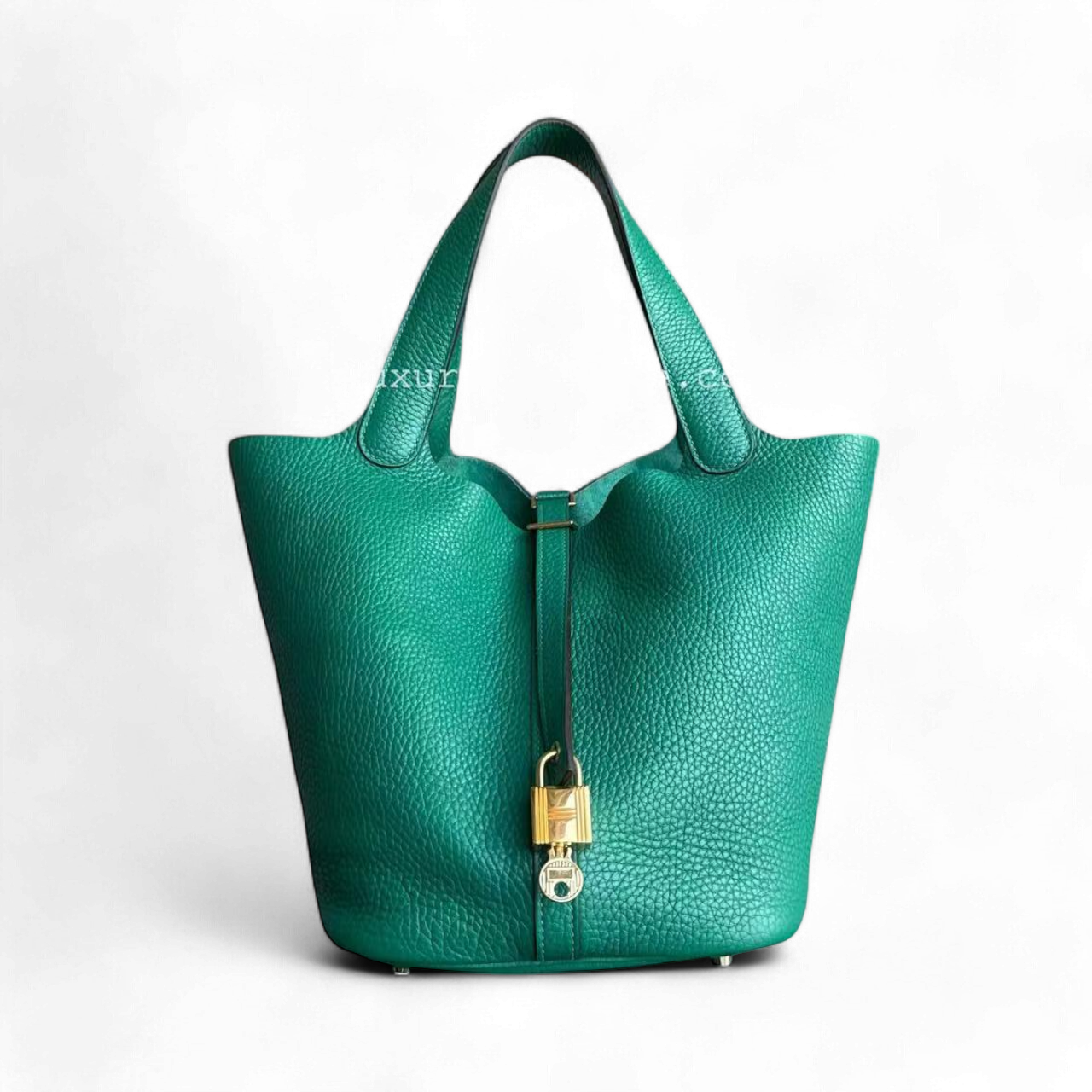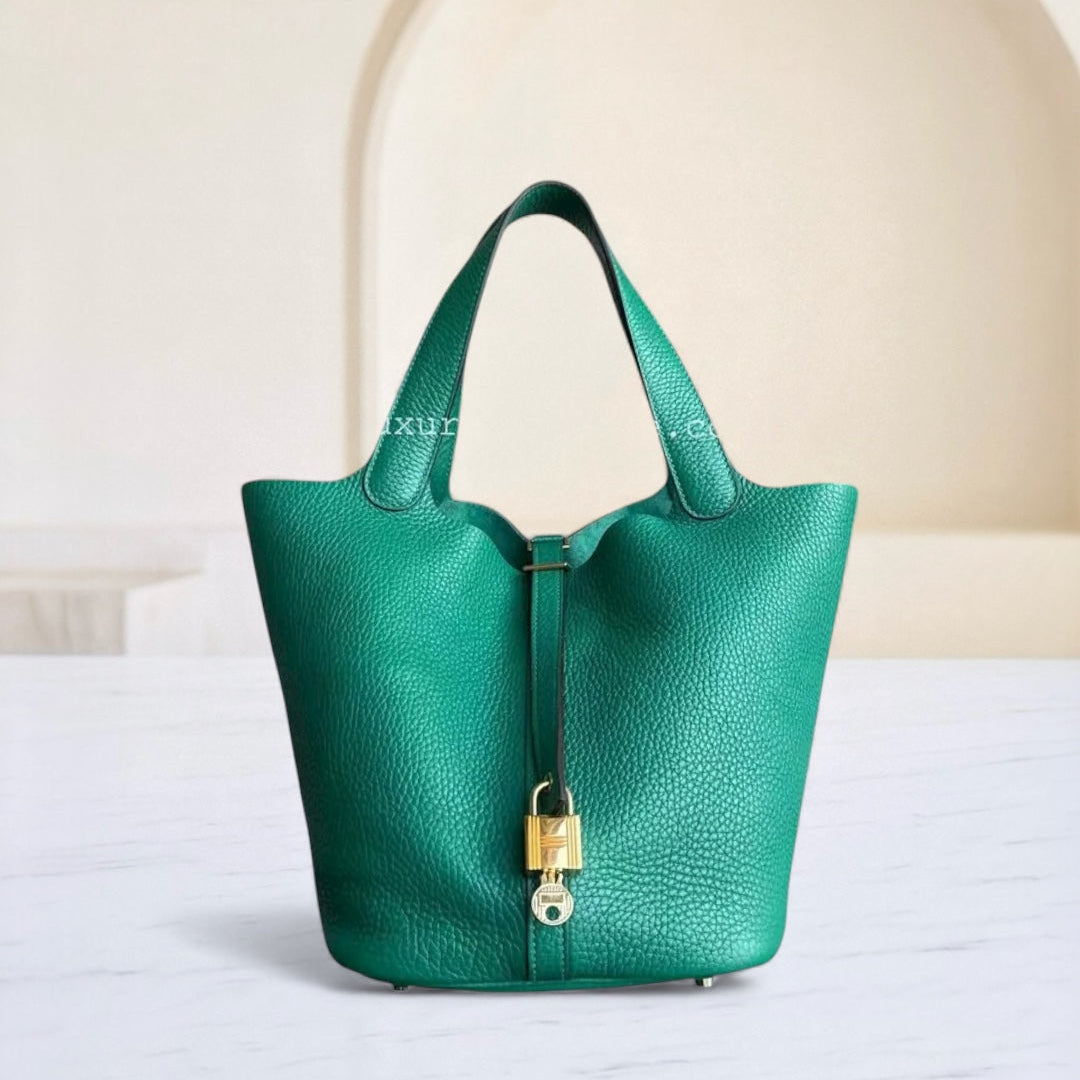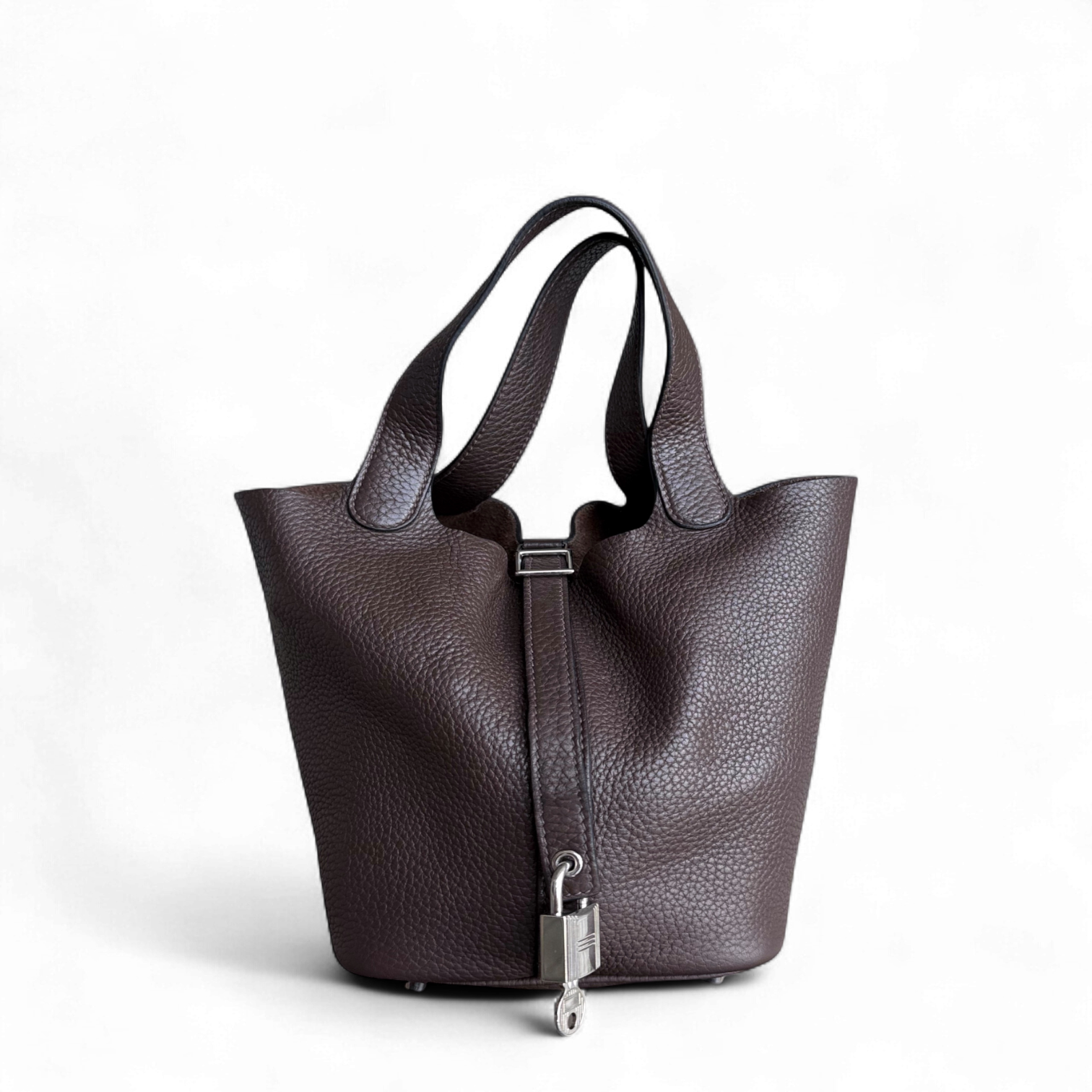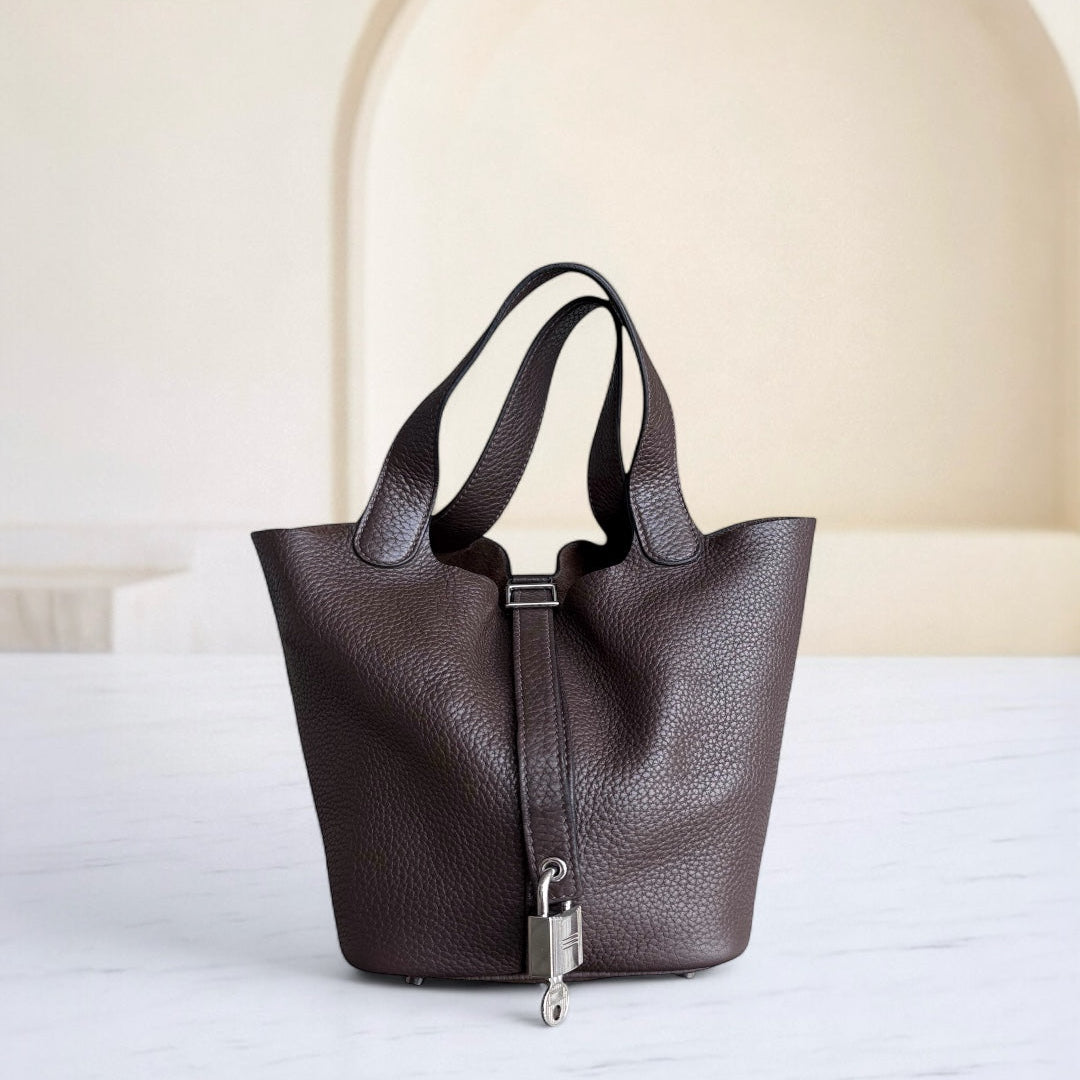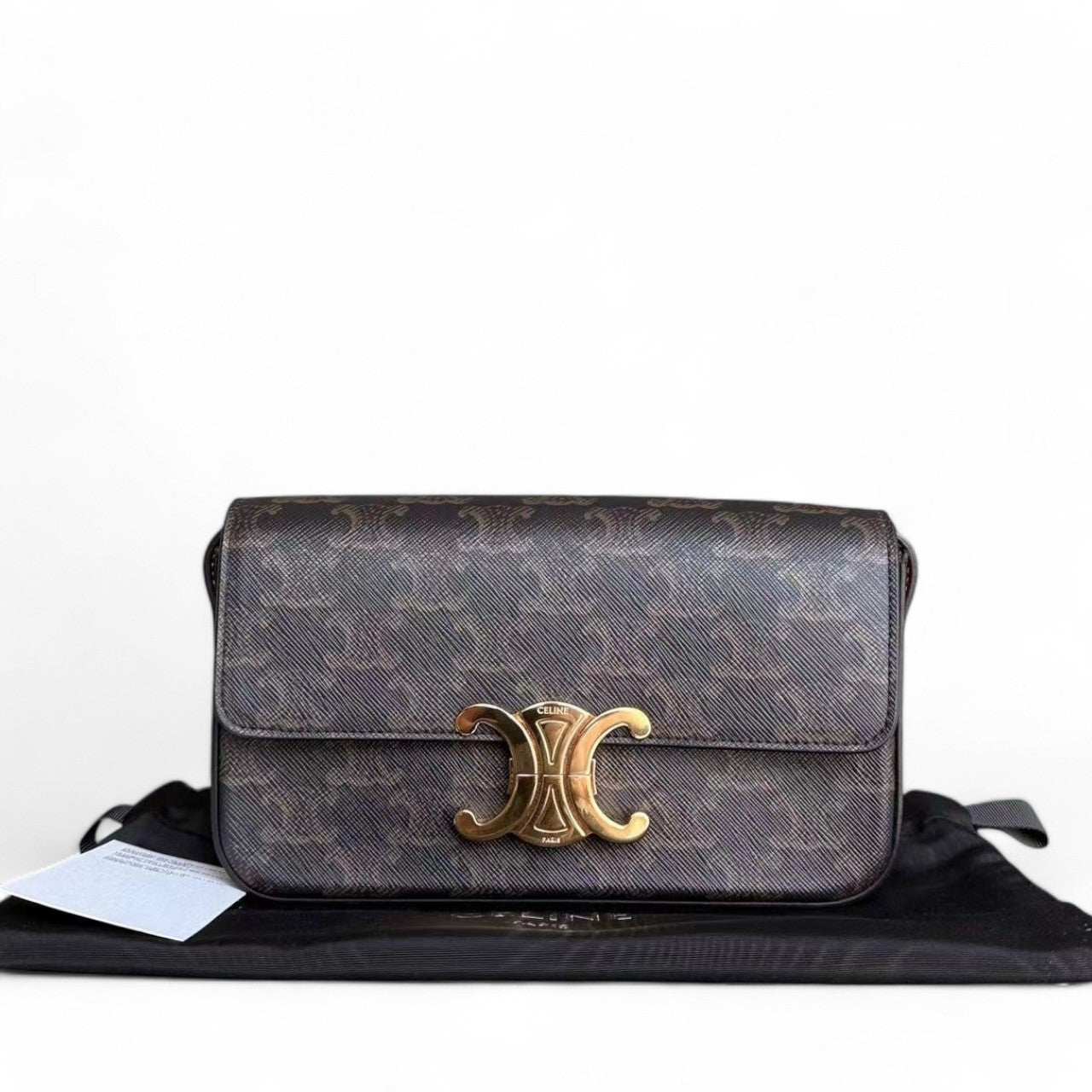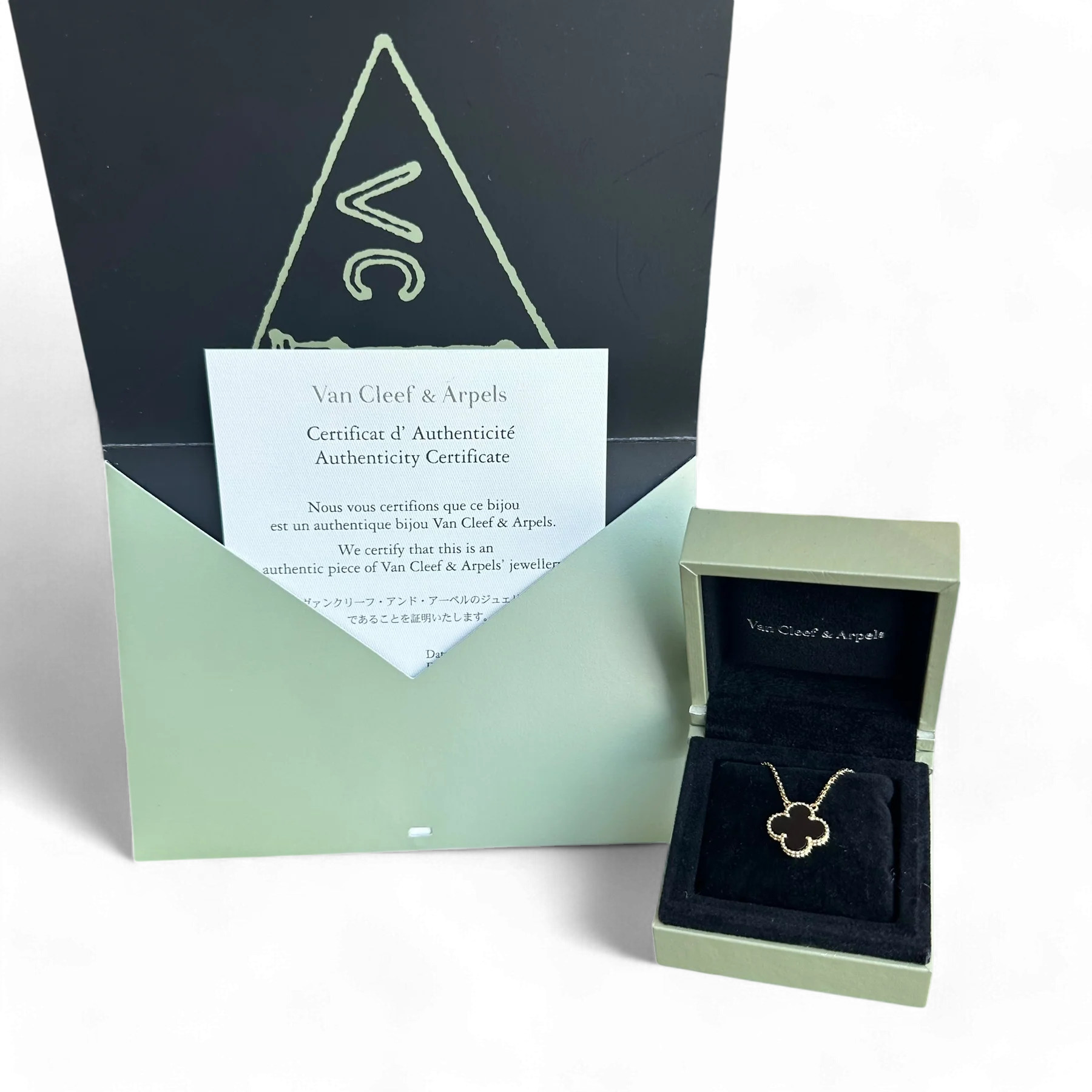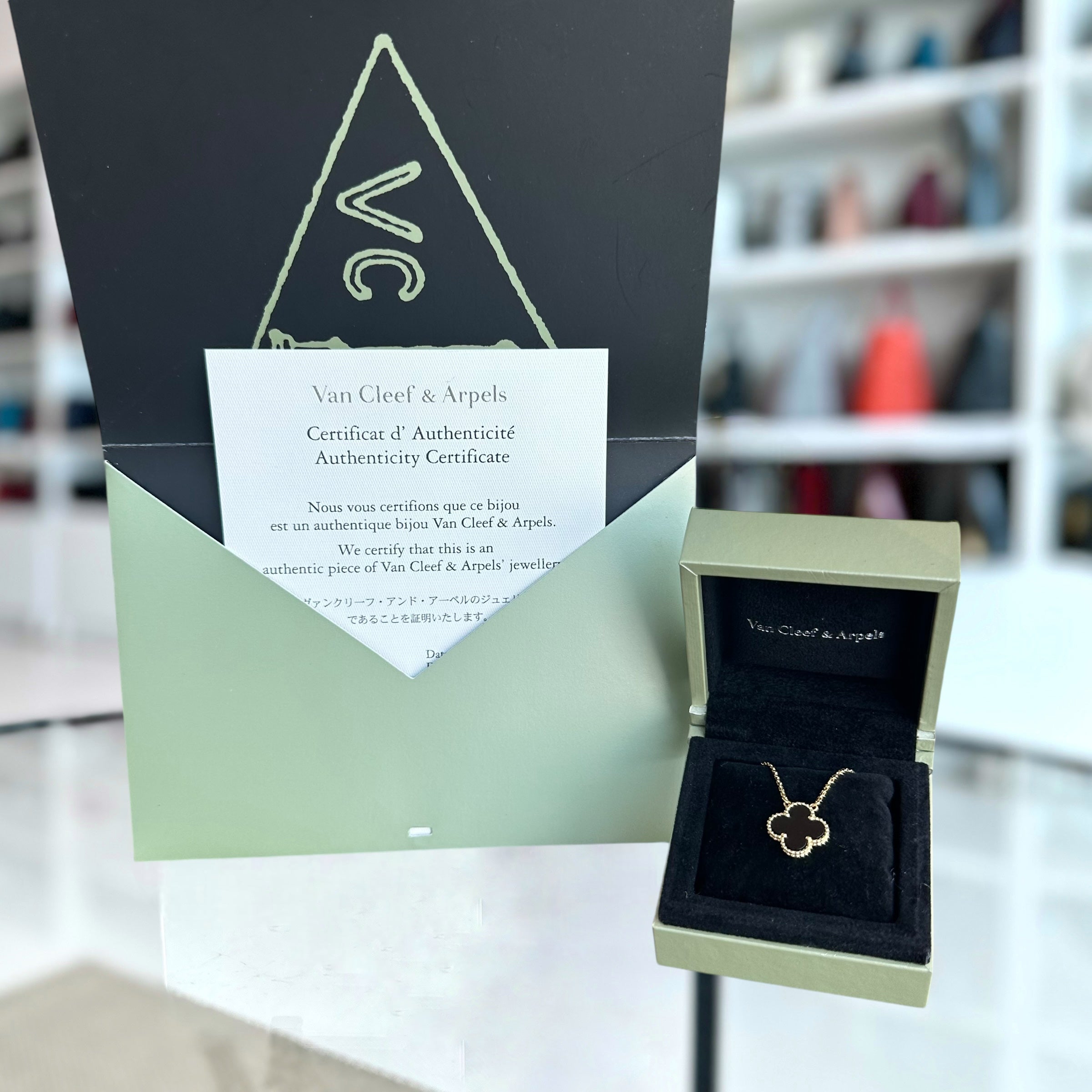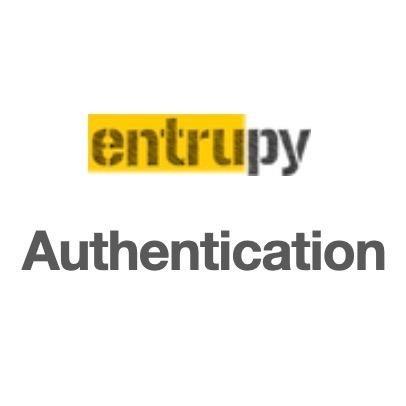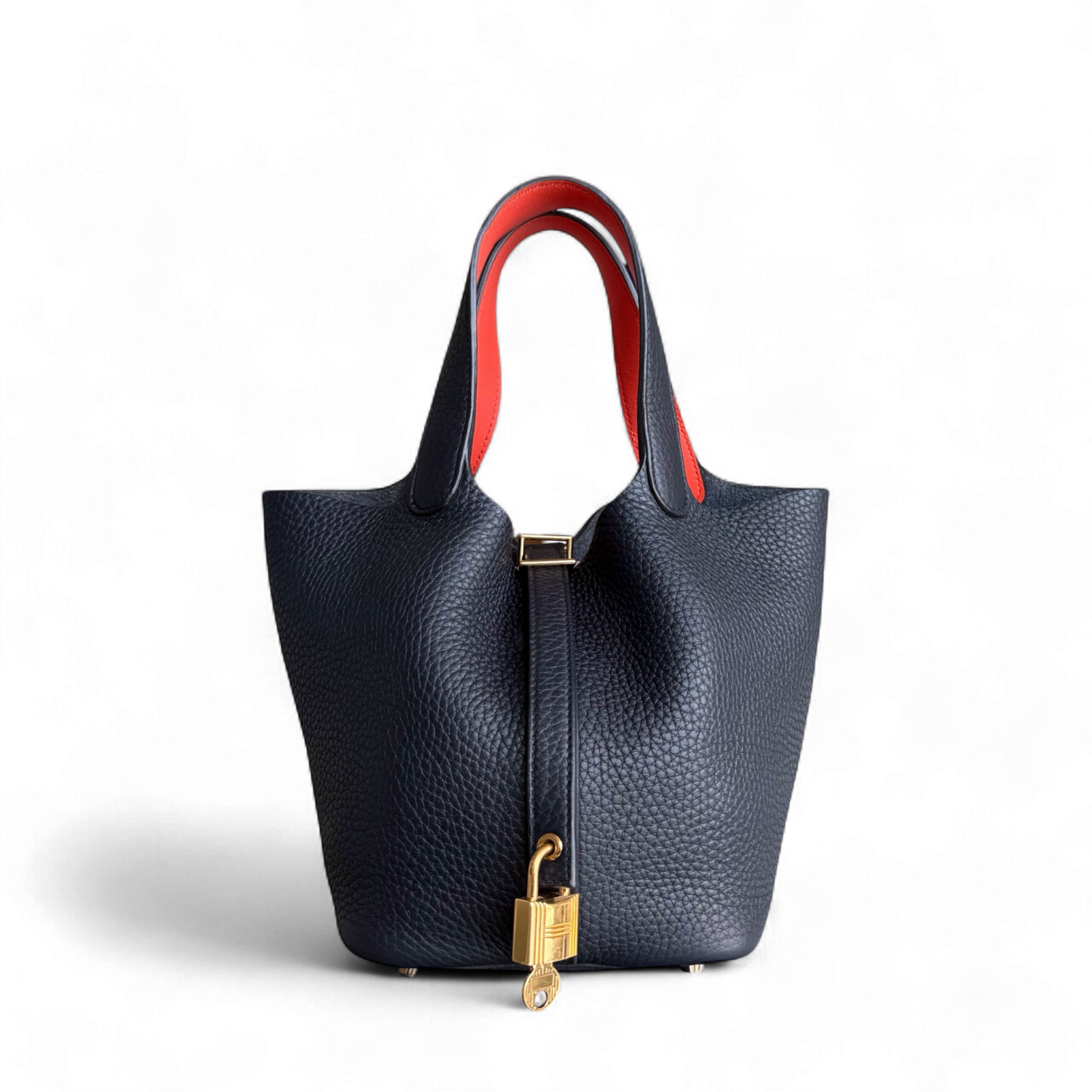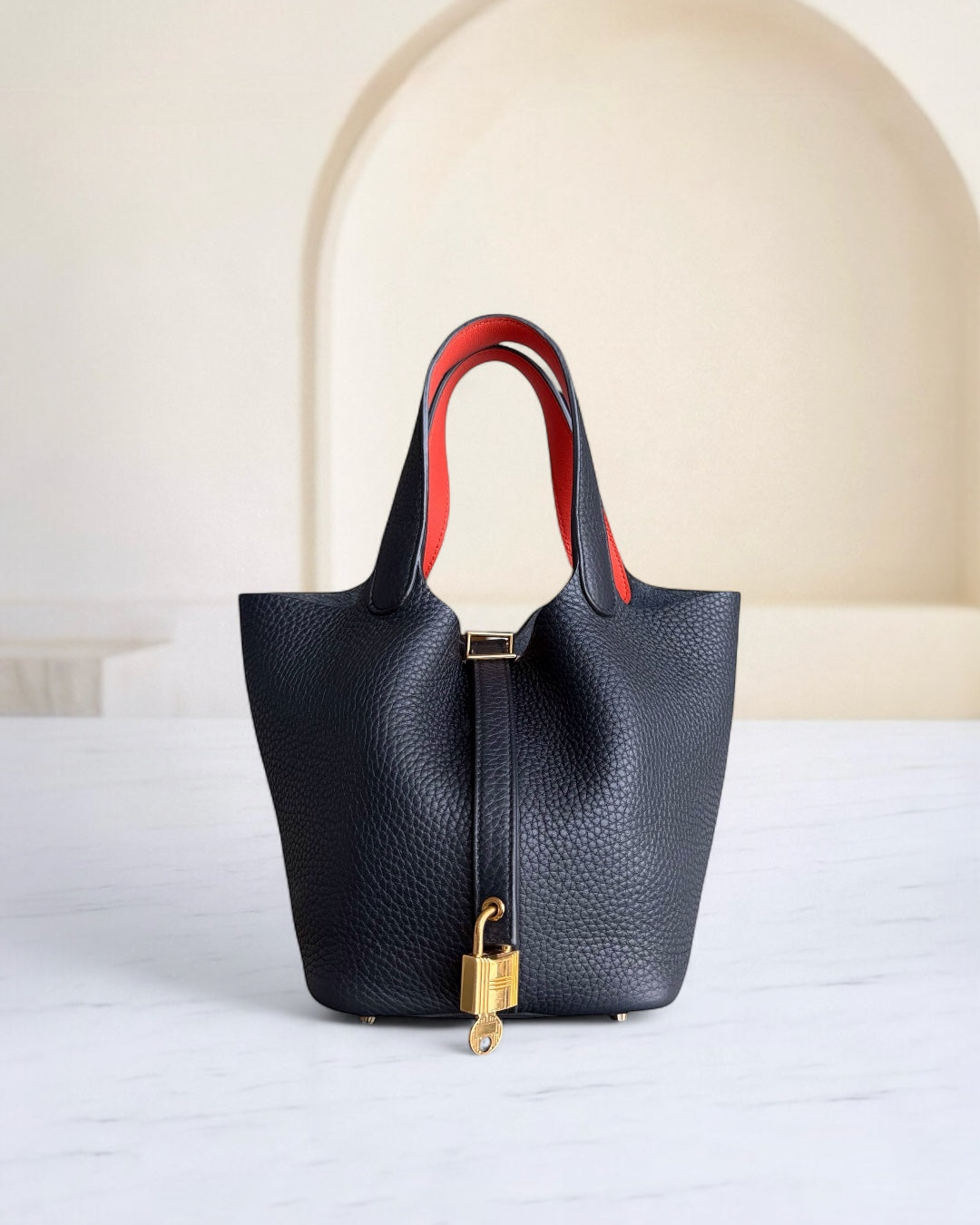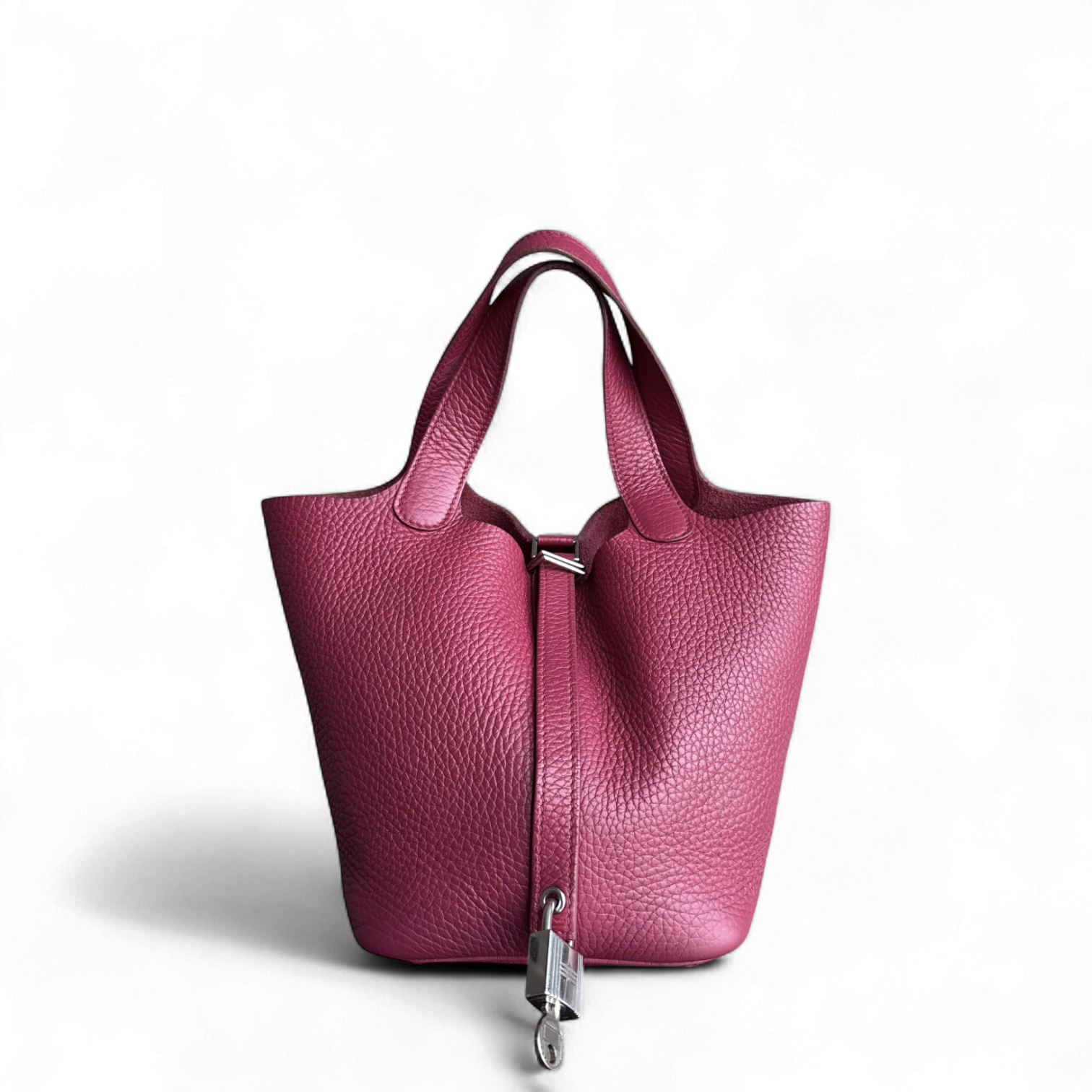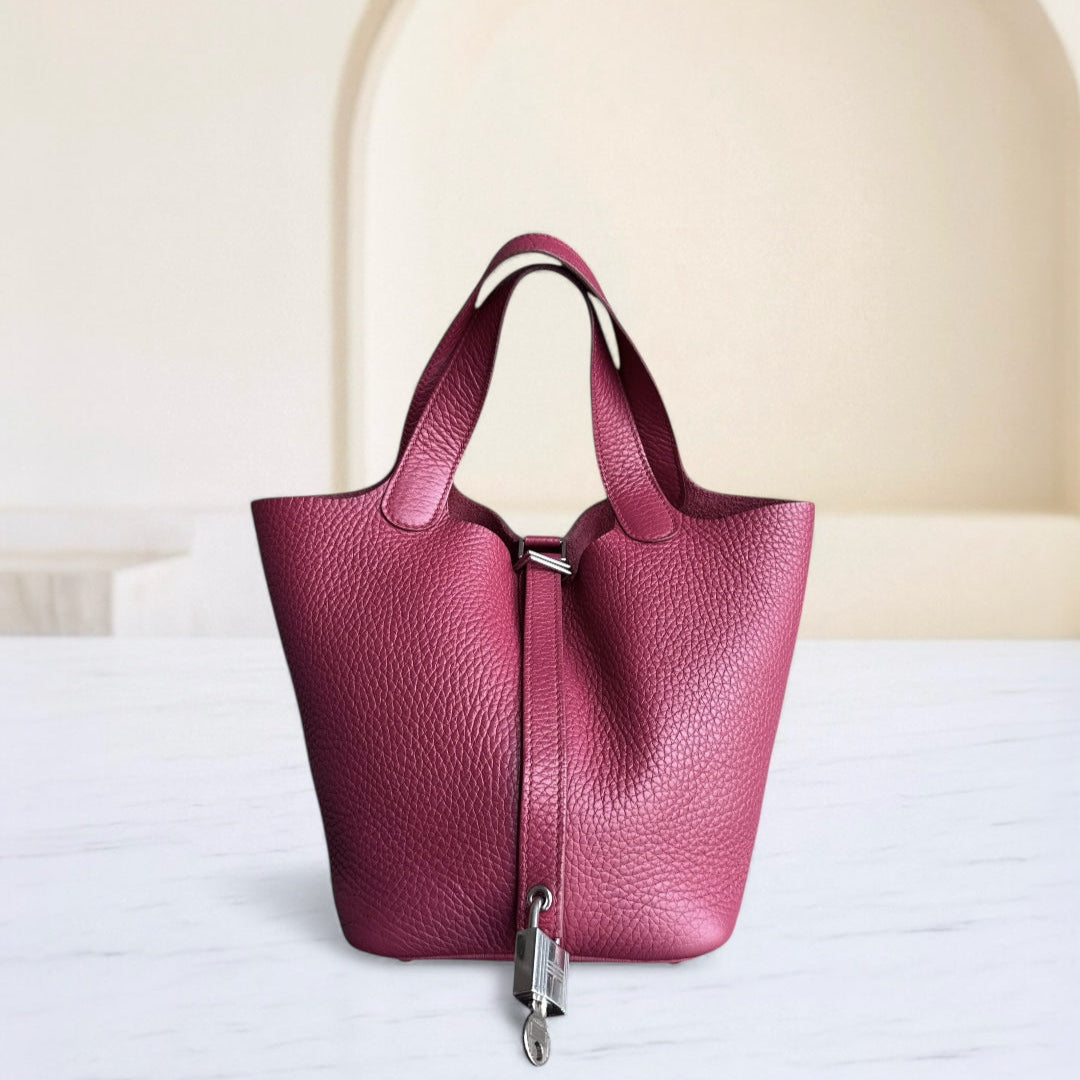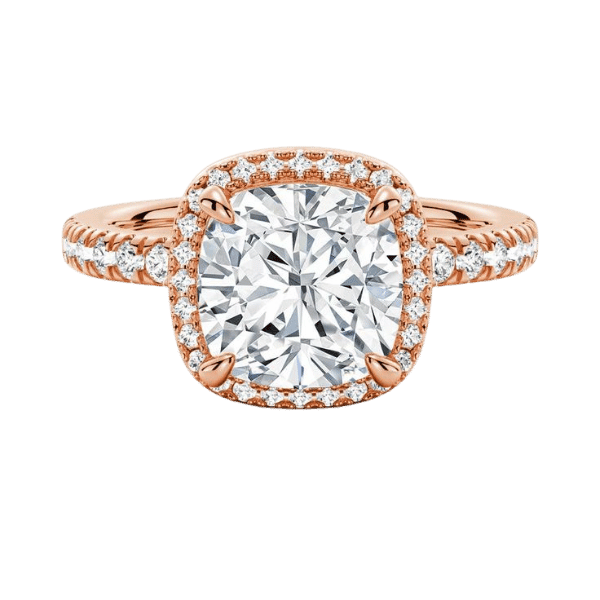How Much is My Ring Worth? A Comprehensive Guide to Determining the Value
The value attributed to a ring may come from personal sentiment or financial worth, and estimating its value may not be easy. Many factors such as market trends, type and quality of the gemstones, craftsmanship, and others help determine the value of the jewelry as it relates to selling, insuring, or appraising it. This guide provides structured steps and informative insights on determining a ring's value. The ring in question could be an heirloom passed down from ancestors, or it could be some piece purchased recently; regardless, it is prudent to know the true value of it. Continue reading to learn the intricate factors in estimating a particular ring's worth.
What factors affect a ring's value?

A valuable ring's worth can change with market demand if certain conditions are met. The following are some of the primary elements that go hand in hand and influence the valuation of the ring:
- Material Quality - A unprecedented factor that adds value to the ring is the purity of metal that comprises it. The type of metals such as gold and platinum increase the metals worth, with higher purity of the metal being more valuable.
- Gemstone Characteristics - In case where the gemstones are included in the ring, these factors are pretty critical in determining value too. The cut, clarity, carat weight, and color of the gemstone are important as rare and high quality gemstones increase the value of the overall ring.
- Craftsmanship and Design - Expert craftsmanship along with intricate designs increases a valoration factor of the ring too mainly due to the skill and time required to create such pieces.
- Brand or Origin - Rings crafted by renowned jewelers and those having a particular proven origin tend to sell at higher prices adding value too.
- Condition - A maintained and undamaged ring adds more value as opposed to rings that show signs of alterations and damages.
- Market Trends - A rings value does not only change due to the condition it is kept in. The demand for certain materials or styles is another factor that adds value along side the ring.
The main primary aspects have been explored, this prong is not the definitive valuation, but an essential concept for estimating value of the ring with accuracy.
Understanding the importance of diamond quality
The quality of a diamond directly affects the beauty, durability, and value of a perm gemstone. Traditionally, the quality of a diamond is evaluated using the 4 Cs’ cut, color, clarity, and carat weight framework. A cut assesses how well the diamond has been shaped into a form that maximizes light reflection and brilliance. A diamond's color refers to its hue; most desirable diamonds are colorless. Clarity measures the degree of internal or external flaws, fewer degrees of imperfections leads to higher value. Carat weight measures how big the diamond is, larger stone are often more valuble. Knowing these aspects guarantees a precise evaluation of the diamond's value and appropriateness for particular tasks.
The role of gold purity and karat
Gold purity is defined in terms of karats (K), which represent parts of gold per 24 units. 24 karats signify gold in its purest form. Other common karat levels are 18K, which contains 75 percent gold, 14K, which has 58.3 percent gold, and 10K, which 41.7 percent gold. The gold value increases with its karat measure, which also makes the gold softer and less durable for practical application. Meanwhile, low-porosity gold is harder, more acceptable to use for daily wear, and contains alloy metals. A decision regarding gold purity should take into account the expected application, lifestyle, and economic capability.
How can sentimental value impact the price range?
The emotional component intricated within the object significantly impacts its pricing, as with jewelry and precious metals. While the material of the item as well as its purity determine the intrinsic value of the item, its history along with the emotions associated with it can be remarkably influential to its perceived value. An example would be vintage jewelry which is often poured with other sentimental values, being priced at higher levels than modern jewelry pieces even when their metals are not as pure.
Data shows how collectors and buyers tend to regularly overspend on jewelry and other items associated with important historical periods, esteemed craftsmen, or items of large cultural value. In different reports, auction houses have cited items purchased for large sums due to their sentimental value with 20% or more over-market value. Furthermore, handcrafted jewelry pieces designed with initials or engravings, or uniquely crafted jewelry pieces that offer further meaning to the owner, fetch prices that are way above those of mass-produced jewelry pieces designed with similar materials.
In combination with other factors, sentimental values increase the overall appraisal by uniting emotional factors with the tangible characteristics of the item, leading to profits appreciated by the appraisers, owners and the rest of the collectors. The phenomenon shows the powerful role and significance emotion and market context plays when making pricing estimates.
How do you determine the value of your engagement ring?

Assessing the center stone and carat weight
In figuring out the worth of my engagement ring, I begin with the center stone, I consider its cut, clarity, color, and carat weight. The carat weight, for instance, is of great importance since it has a direct correlation with the value of the ring, and larger stones are often in short supply and high demand. With these factors put together, I can ascertain the stone’s quality, as well as its value in the marketplace.
Importance of a diamond certificate
A diamond certificate is a grading report that comes from reputable laboratories like The Gemological Institute of America (GIA) or the International Gemological Institute (IGI) and is crucial for the valuation of a diamond. The certificate contains an extensive description of the diamond's features such as cut, color, clarity, and carat weight that are imperative for determining its value.
For instance, a certified diamond possesses intricate details and proportions that can be verified through laser inscriptions or unique identification numbers. Industry estimates suggest that diamonds with certificates sell for 20-30% more than non-certified diamonds of the same quality due to buyer’s confidence in the provided information. Certificates not only enable buyers to avert fraud but also expedite the process of insuring the diamond since the pertinent information is clearly outlined.
Moreover, the diamond certificate enables comparison shopping where buyers can evaluate two diamonds objectively. This becomes important in a market where small distinctions in a grade or cut can alter a diamond's price significantly. Thus, the purchase of a certified diamond is not only an assurance of quality but also value in investment and peace of mind for the buyer.
Why you should consider an appraisal by a reputable appraiser
A diamond is accurately and independently valued when you get an appraisal from a credible appraiser. An appraisal is imperative for insuring the diamond, particularly for establishing its exact replacement value in case of loss, theft, or damage. Moreover, the diamond’s certificates and documents can be authenticated and its quality verified. Trusted experts help you understand the real value of your diamond and, more importantly, protect your investment.
How to find out how much your ring is worth?

Consulting jewelry stores and jewelers
One of the best approaches to evaluate your ring is to visit reputable jewelry stores and professional jewelers. Jewelers usually have sophisticated tools such as gemological microscopes and diamond testers, which enable them to assess the quality of your ring's gemstone, its setting, and the overall craftsmanship. Moreover, they employ a grading system as a standard practice, like the one by the Gemological Institute of America (GIA), who grade diamonds according to the 4Cs - cut, color, clarity, and carat weight.
According to industry insights, professional jewelers can estimate the value of a diamond engagement ring for smaller stones between $1,500 and $5,000, while high-quality diamonds with great clarity, color, and larger carat weights can easily surpass tens of thousands of dollars. Depending on the materials, like platinum or gold, used for the band, the total value of your ring can vary greatly. Reliable jewelers may offer written documentation as well, which is helpful if you intend to insure or sell the ring.
Ultimately, expert professionals verify that you receive a reliable and professional appraisal of your ring, taking into account its distinct features and market value. Choose a jeweler accredited by established bodies to give you credibility and obtain the guarantee of skill needed in the appraisal.
Utilizing online tools for market value estimation
Estimating the market value of your diamond ring can be done using the available online tools. These tools often need basic information such as the metal type, gemstone details, and the item’s condition. Jewelry firms' websites or those linked with appraisal companies offer the highest quality. These estimates may assist you, but they will not be beneficial in replacing an evaluation done professionally, as online tools will always have lesser accuracy than in-person evaluations. Rely on these tools only to provide an approximation of value. It is crucial to fact-check all information retrieved from non-professional websites.
Factors to consider when selling to a pawn shop
To ensure that you get the best deal when selling to a pawn shop, there are some key aspects that need to be looked into in detail. First and foremost, the reputation and credibility of the local pawn shops need to be checked. Shops that have good customer reviews, proper licensing, and a clear operating history should be preferred. Most sellers report that reputable shops tend to offer better prices and clear terms more often than the rest.
Lastly, knowing the current market value of the item being sold is very important. For example, gold jewelry is usually sold for current market rates, which for gold pieces are the spot gold prices that change every day. Trends have shown that the average price of gold has stayed between 1800 to 2000 dollars an ounce during 2023, which shows the importance of timing your sale. It is also good practice to check the resale price of items such as electronics to gauge the market value.
Furthermore, pawnshops often use the potential profit and the state of the item as a basis for how they will value it. Unlike other sellers, ensure that the item you intend to sell is properly cleaned, repaired (if there’s a need), and presented in a way that is most suitable for it. Receipts or certificates of authenticity can undoubtedly increase the item's value, and especially with precious goods such as jewelry or expensive electronics, documents can serve as evidence of their worth.
Last but not least, negotiate well. These stores leave a lot of room for negotiation, so ensure you formulate the proper arguments in defense of a higher price using facts and buying patterns. Always check multiple shops before settling for one. Knowing these factors will give you the confidence you need to approach the selling process professionally and will give you the results you desire.
What are the resale value implications for antique rings?

Examining the uniqueness and overall value
The resale value of antique rings is attributed to their rarity, craftsmanship, and historical significance. Their uniqueness greatly depends on the availability of design, materials, and the time period when the ring was made. Rings that feature intricate details or gemstones that are rarely used nowadays tend to have a higher value. In addition, well-known provenance or association with famous events or people further increases the value of such items. Buyers usually look for pieces of good quality and well preserved condition, therefore the condition determines the resale price of the ring. Knowing these factors helps sellers make informed decisions for their antique rings.
Understanding the impact of rarity and demand
The aesthetics of antique rings is directly correlated to their market scarcity and consequent valuation. Rings with rare gems such as Alexandrite or Padparadscha sapphires are the most prized. A case in point, the old mine cut diamonds are among the most treasured because of their obsolete cutting style. This cutting style is no longer practiced, thus making them coveted by many collectors.
The other important factor is demand, which, as previously stated, can be driven by prevailing fashions or trends in jewellery. Classic Victorian and Art Deco styles still remain prevalent because of their unique aesthetic value and craftsmanship. Recently, there has been increased interest in antique jewelry, especially engravements from these periods, with studies showing a steady increase over the last 5 years. This growing interest translates into a higher resale value, which benefits merchants.
Pieces that are rare and in high demand are sold out at an astonishing rate because of the increased value that is placed upon them. Studies have shown that the resale market for antique rings is astronomically high due to the supply constantly exceeding demand. This highlights the role buyer interest plays in economic evaluation of these pieces. All these insights help sellers formulate strategies on when and how to sell their jewelry for maximum profit.
What role does the type of metal play in the ring worth?

Comparing gold jewelry, platinum, and white gold
Gold Jewelry
The gold jewelry market has always been active due to its rich history, multifunctionality, and value. Pure gold, best known as 24-karat gold, is usually alloyed with other metals for durability since it is too soft for everyday wear. This leads to varieties like 18-karat gold and 14-K gold, which is softer and more durable. Yellow gold is still loved for its classic appeal, especially in traditional designs, but today, more buyers prefer rose and white gold. There has been an increase in purchases of engagement rings made of rose gold in comparison to other gold colors due to its warm and romantic appearance. These preferences affect market activity. Nowadays, rose gold jewelry is in high demand among young consumers because of its modern look.
Platinum
A premium option for jewelry, platinum is associated with affluence due to its costly nature and durability. The natural white luster of platinum does not need any plating as white gold does, which makes it more appealing. The density of the platinum also makes it ideal for industrial processes since it enhances the intricate detailing of high-value jewelry settings, resulting in higher sales volume. Even though the rarity of platinum results in higher manufacturing costs, data reveals that platinum engagement rings are the most sought-after luxurious rings, demonstrating consumer perception of platinum’s class and quality.
White Gold
While maintaining a comparable esthetic appeal, jewelry-grade white gold is more affordable compared to platinum. It is created using an alloy of goal and nickel or palladium and rhodium plating which improves the modern appeal of gold. In addition to the contemporary designs, the lower cost of white gold compared to platinum makes it a sought-after option. However, the plating has a limited life, which increases the long-term ownership cost and makes white gold less desirable. Despite this, its practical appeal comes from allowing higher spending limits on precious gemstones, making it a popular choice.
Key Insights
Appreciating these material distinctions is crucial for both buyers and sellers in the market. Although trends appear to be shifting towards rose gold variants, platinum still stands out as the luxury item of choice and white gold continues to reign supreme in value and versatility. These stakeholders should blend this sophisticated comprehension of the white gold market's dynamics with the gold materials’ behavior and devise strategies to achieve goals in this fast-paced competitive environment.
How 14k gold and other alloys impact the value
The worth of gold 14k and other gold alloys depends greatly on their gold constituents and their firmness. Because 14k gold has 58.3% pure gold, it is more economical than 18k and 24k gold options. The gold content, which is moderately lower, helps make it economical and increases its hardness and sturdiness because of additional alloy metals like nickel, silver, copper, etc. These features tend to increase the popularity of 14k gold as a choice for jewelry that is affordable and can be worn daily. Nonetheless, jewelry crafted from gold of higher purity may retain more value over time due to the gold’s intrinsic properties. The assessment of alloys entails considering the balance between the price, strength, and aesthetic value of the alloy.
Frequently Asked Questions (FAQs)
Q: How much is my ring worth, and what determines its value?
A: Your ring's worth is determined by the metal (gold, platinum, etc.), the gemstone's quality (if any), brand or designer, and the ring's overall condition. For diamond rings, the 4 C's (cut, color, clarity, and carat weight) are very important. The weight of the ring, market rates for precious metals, and the demand for the ring also matter. For the best estimate, consider taking the ring to a jeweler for their professional appraisal.
Q: How can I establish the value of my diamond ring?
A: To establish your diamond ring's value, you have to begin with knowing the 4 C's: cut, color, clarity, and carat weight. These factors greatly influence the price per carat. Additionally, take into account the type of metal (gold or platinum) and designer name (such as Cartier). Get the most accurate valuation by allowing a jeweler to examine the ring and quote you a price based on current market values.
Q: What's the most efficient way to sell my ring and get the best price?
A: In order to sell your ring at the best price, there are several options you can pursue. Begin by getting your ring appraised. Following that, you can try selling it to jewelers, pawn shops, online sellers, or specialized buyers. Make sure to price and check offers, but keep in mind that the estimate will be lower than the price you paid. You can also use auction houses for designer rings and expensive pieces. Finally, note that prices differ depending on how much the buyer knows and how much demand there is in the market.
Q: What value does my gold ring have?
A: The worth of a gold ring is primarily based on two metrics: its weight and its purity (karat). To find out how much your gold ring is valued at, weigh the ring and find out its karat (10K, 14K, 18K, etc.). After that, consult the current gold price and evaluate it according to the amount of gold in it. It is important to note that jewelers will purchase the item at a lesser rate in order to sell it. The design and any stones on the ring also play a role in determining a ring's value.
Q: What determines the value of wedding bands?
A: Wedding bands are valued based on several metrics, such as the type of metal they are made of (gold, platinum, or alternative metals), the metal’s purity, the weight of the rings, the complexity of the design, and the presence of diamonds or engravings. A brand name such as Cartier can significantly increase its value. Straightforward gold or platinum wedding bands are most commonly valued by their metal content; however, designer wedding rings or those with gemstones tend to exceed the 'material' value offered.
Q: How much is my class ring worth?
A: Class rings will often sell for a lower price than what they were originally purchased for due to their custom features. It is fundamentally based on the metal content (frequently 10K or 14K gold) and any gemstones. To assess the true worth, consider the weight and current value of gold. An exception may be made for some vintage or rare class rings, which could have greater resell value than the base materials. A gold buyer or jeweler will be able to estimate the worth based on the metal content.
Q: What is the best way to appraise an engagement Ring?
A: In order to receive a correct estimate for an engagement ring, try to retrieve any jewelry documents, such as certificates or receipts. After this, visit a local jeweler or gemologist so they can inspect the ring. For appraisal, they will need to evaluate the diamond’s 4 C’s (cut, clarity, color, and carat), the metal type and purity, and any other embellishments. For designer or high-value rings, it is strategic to obtain multiple appraisals. The cost from retail expansion and the value you’d receive if you sold the ring are likely to be quite different.
Q: What is the general value of Cartier designer rings?
A: They are usually worth a lot more than non-branded rings of similar quality due to their prestige and craftsmanship. The specific value depends greatly on the particular design, materials, and market demand at the time. The type of metal, quality of the gemstones, and the condition will also influence the price. It is wise to seek a professional appraisal while also looking at recently sold similar pieces to get the worth of a designer ring. These rings usually maintain their resale value better than unbranded jewelry, so that is also something to consider.
Reference Sources
Contact Luxury Evermore should you need help with acquiring or building up your collection. There is a variety of brands with different styles, as well as sizes, and colors, for example, Hermes, Chanel, lv and Dior. If you are not lucky enough to find the bag you are looking for on our website then our concierge team will probably be able to order it for you. We provide 100% authenticity guarantee for all our bags, and any item sold on this site will be dispatched to you within one to two business days upon receipt of the payment.
